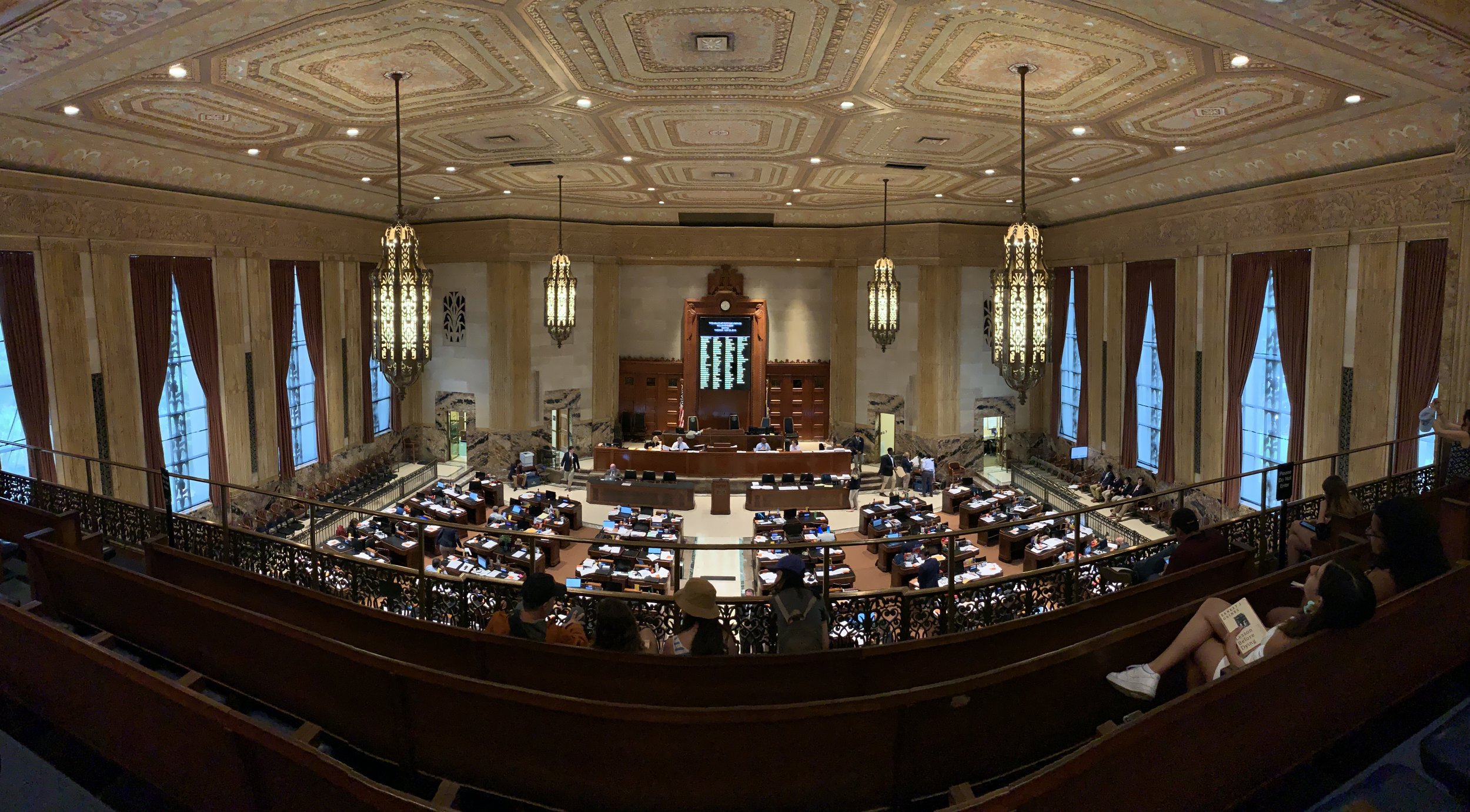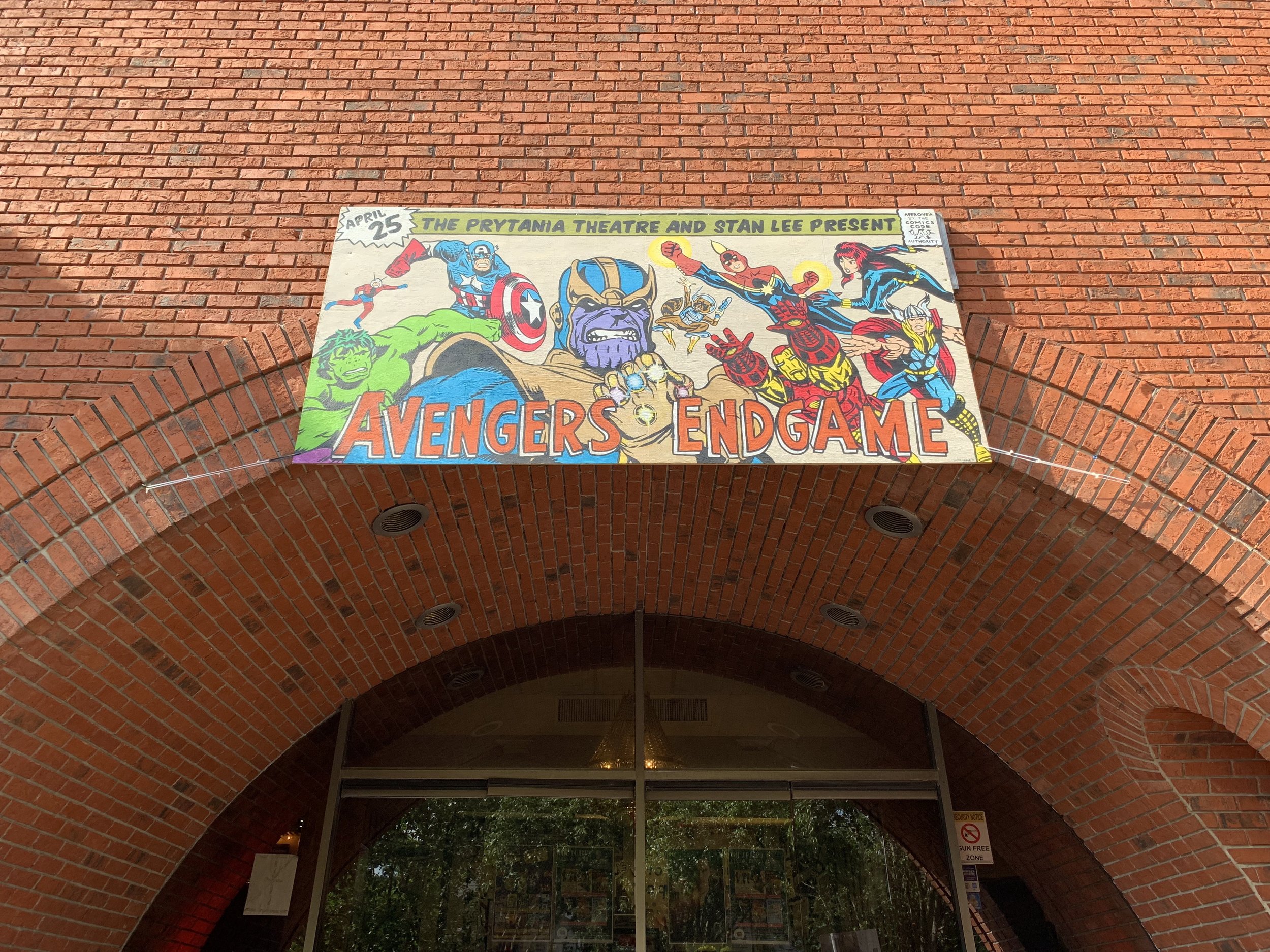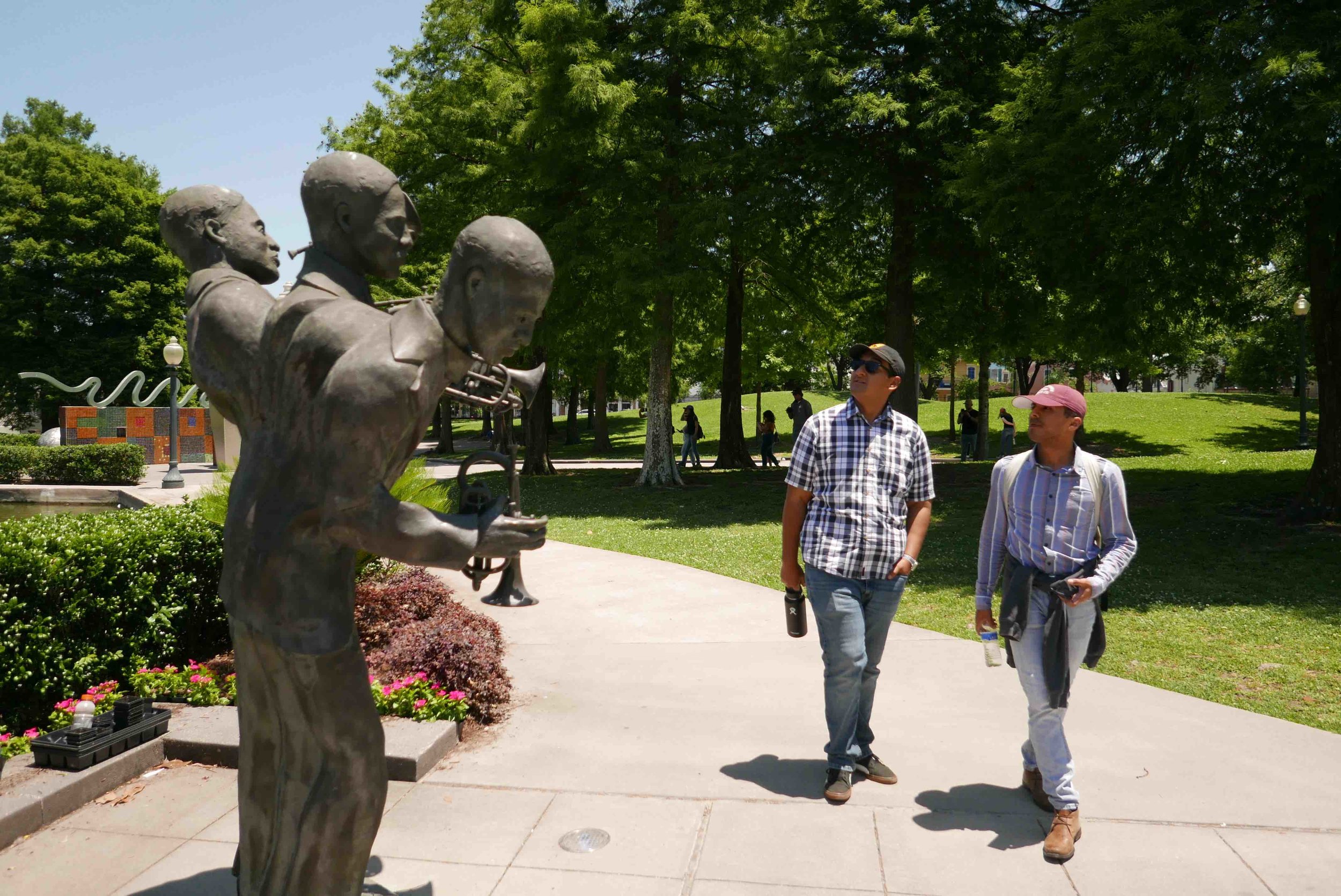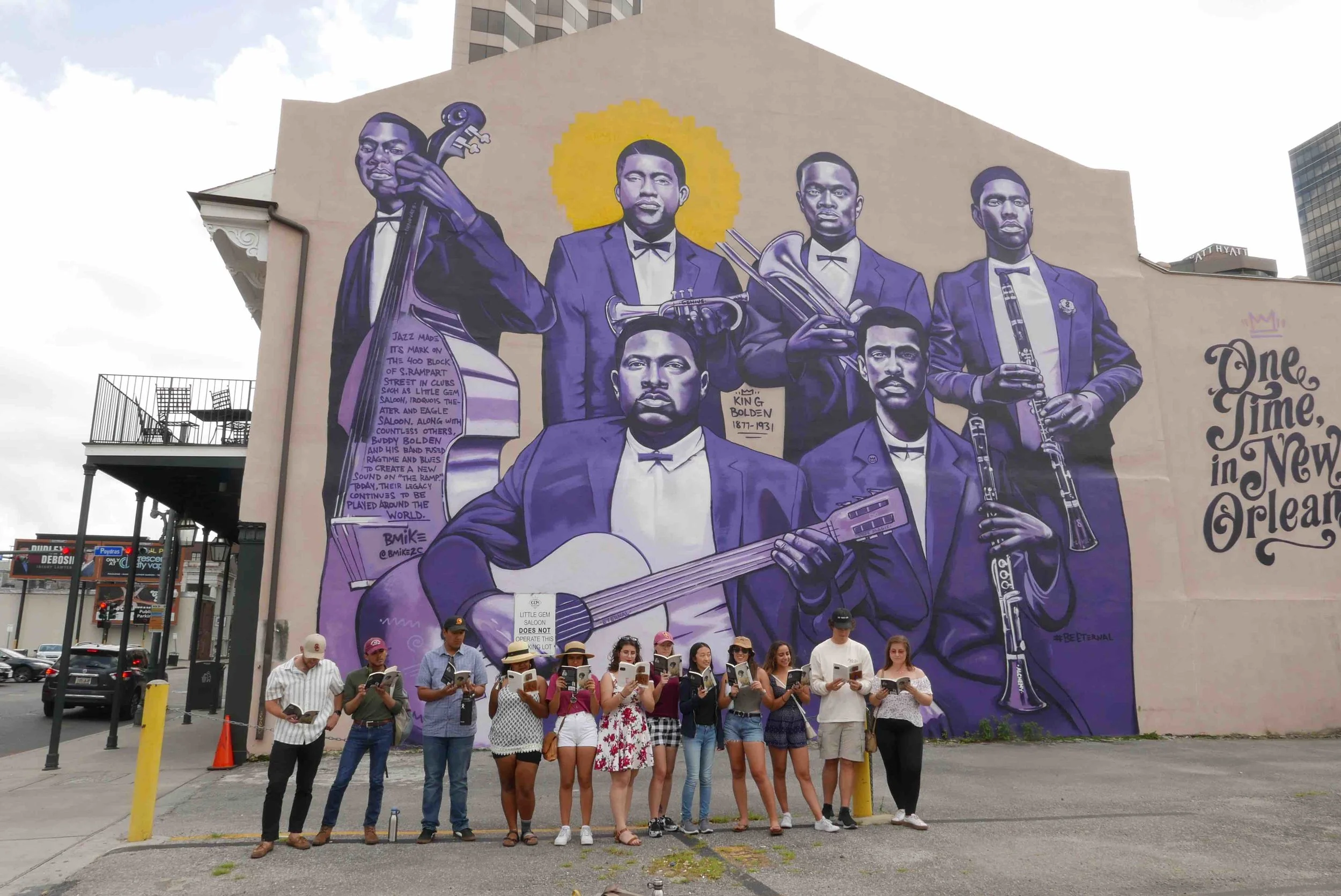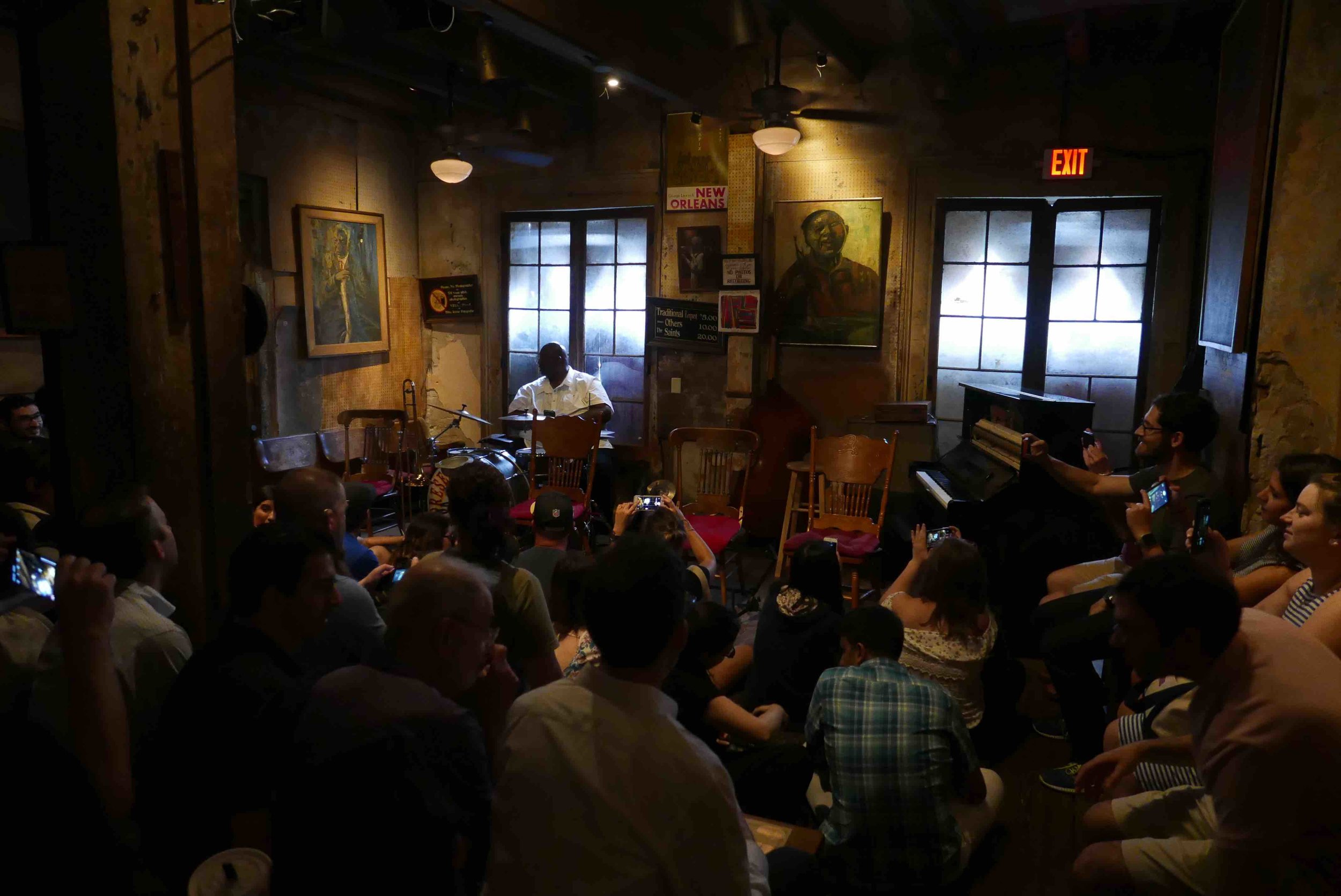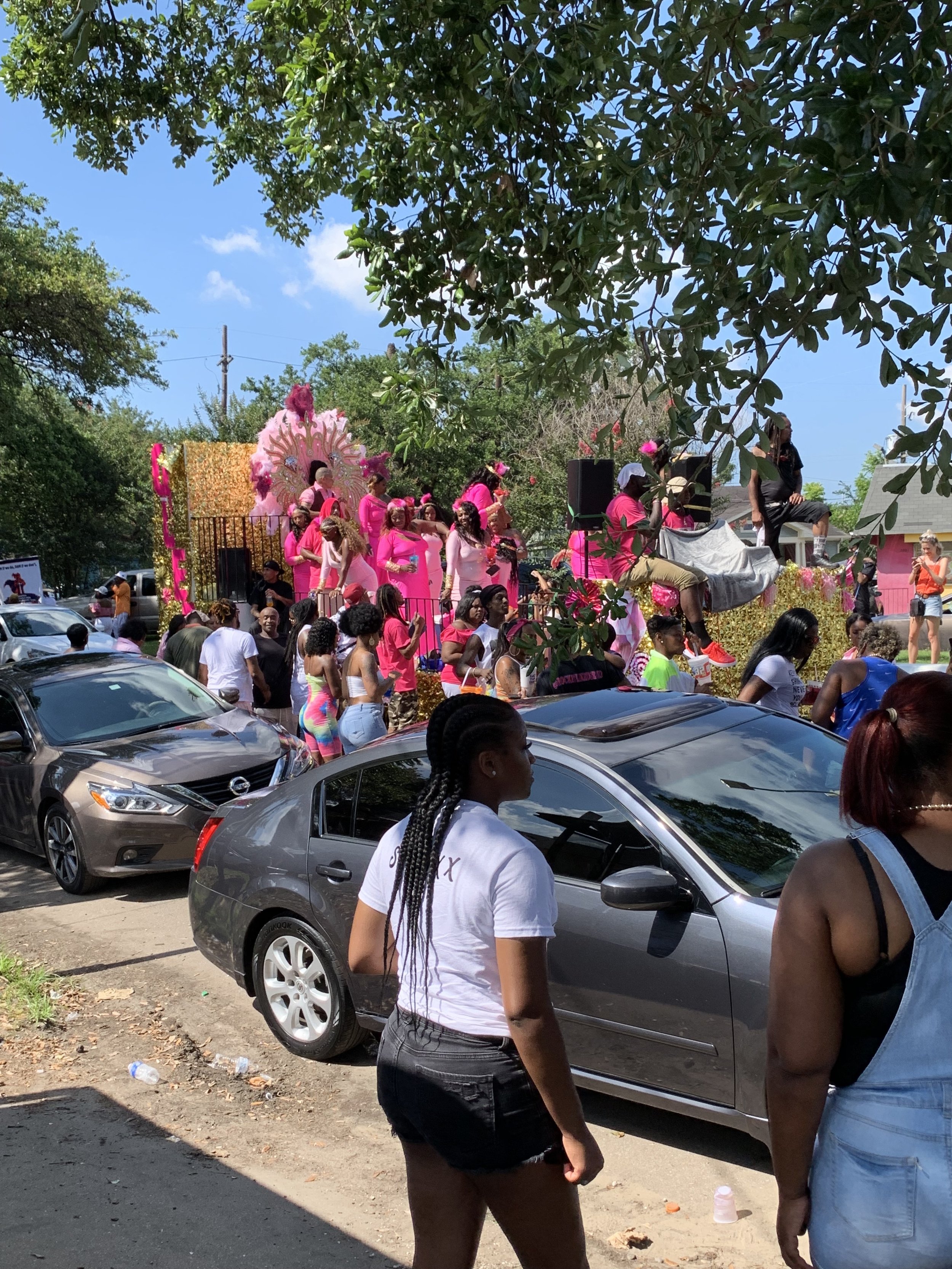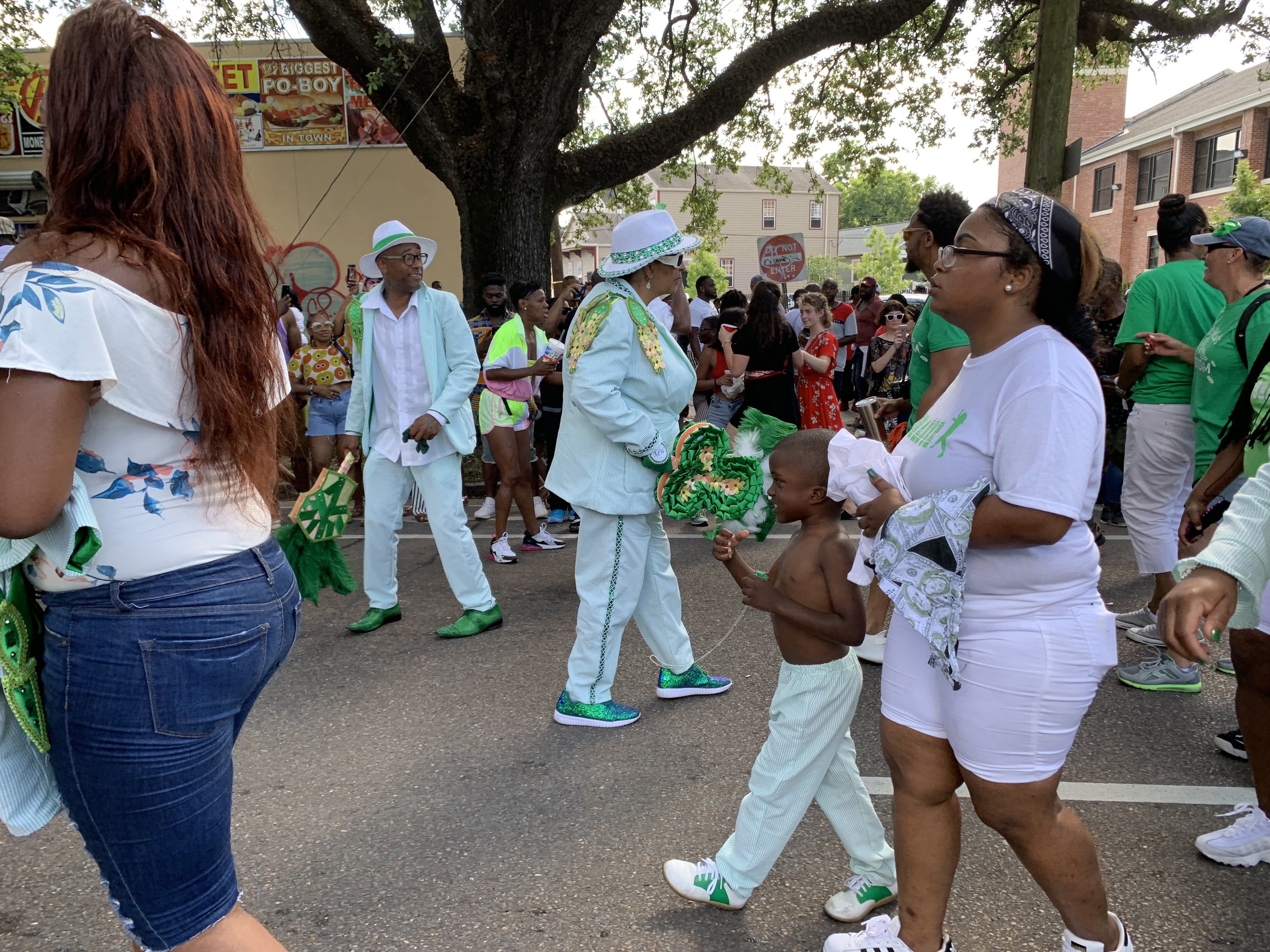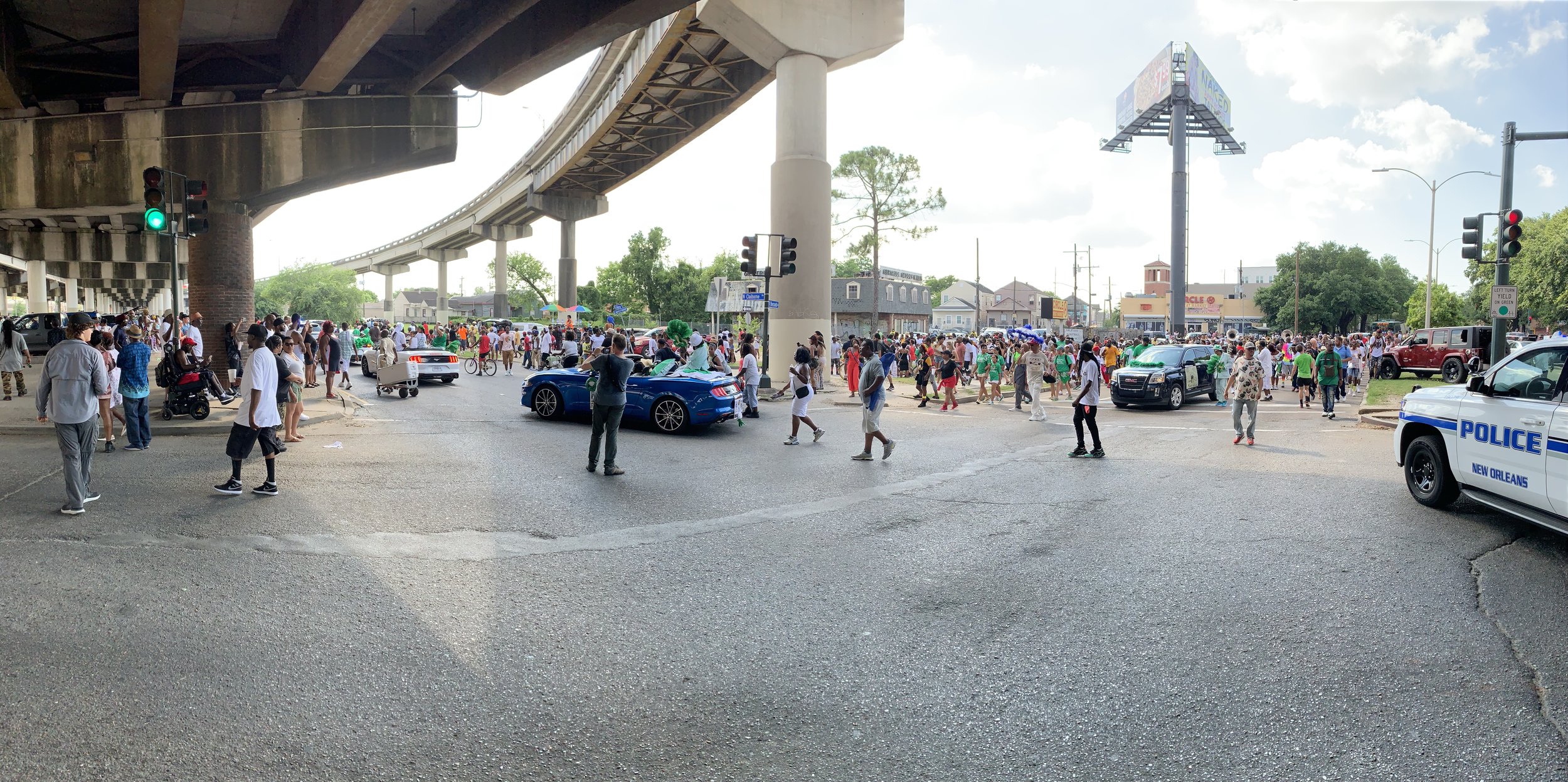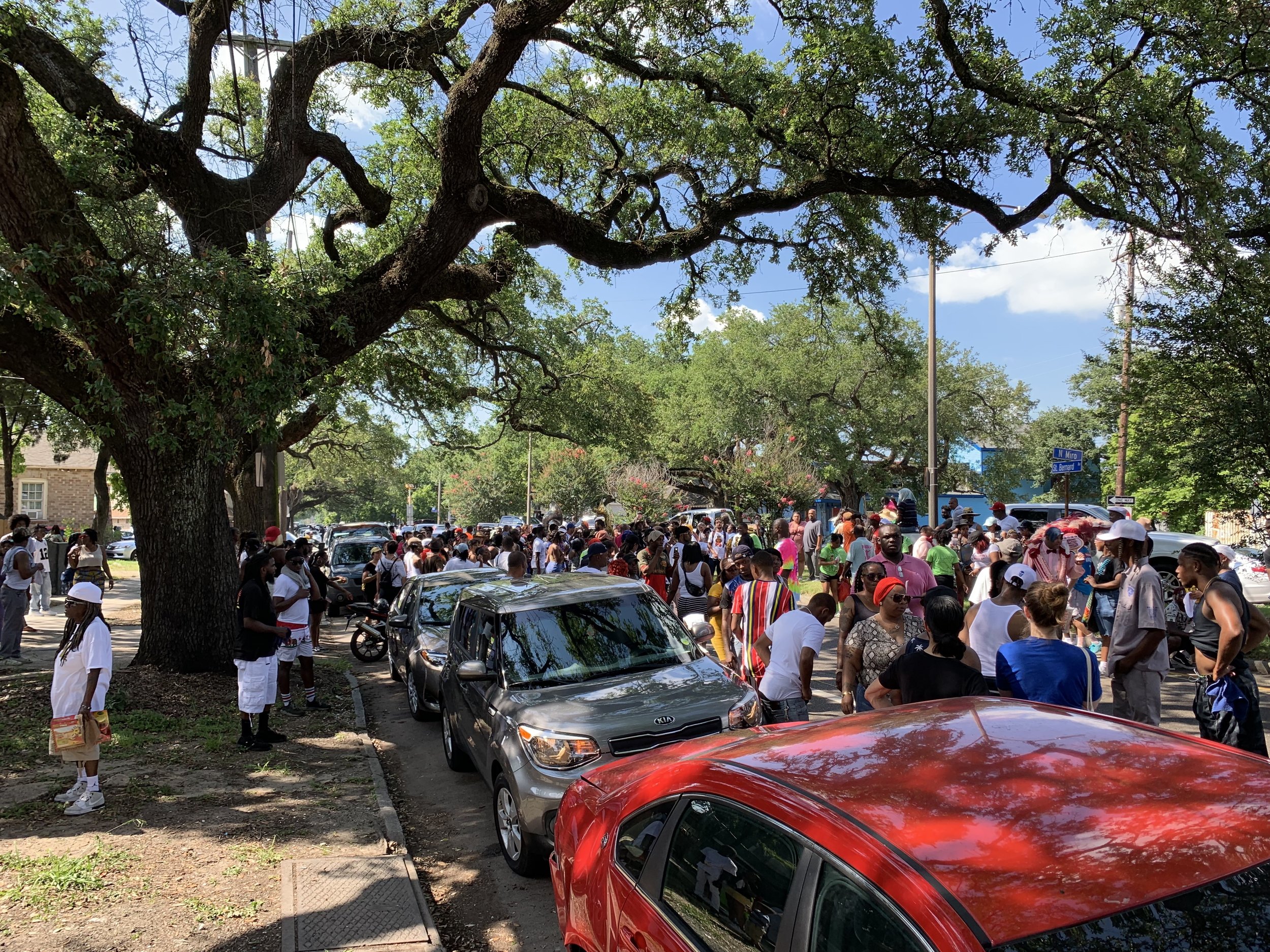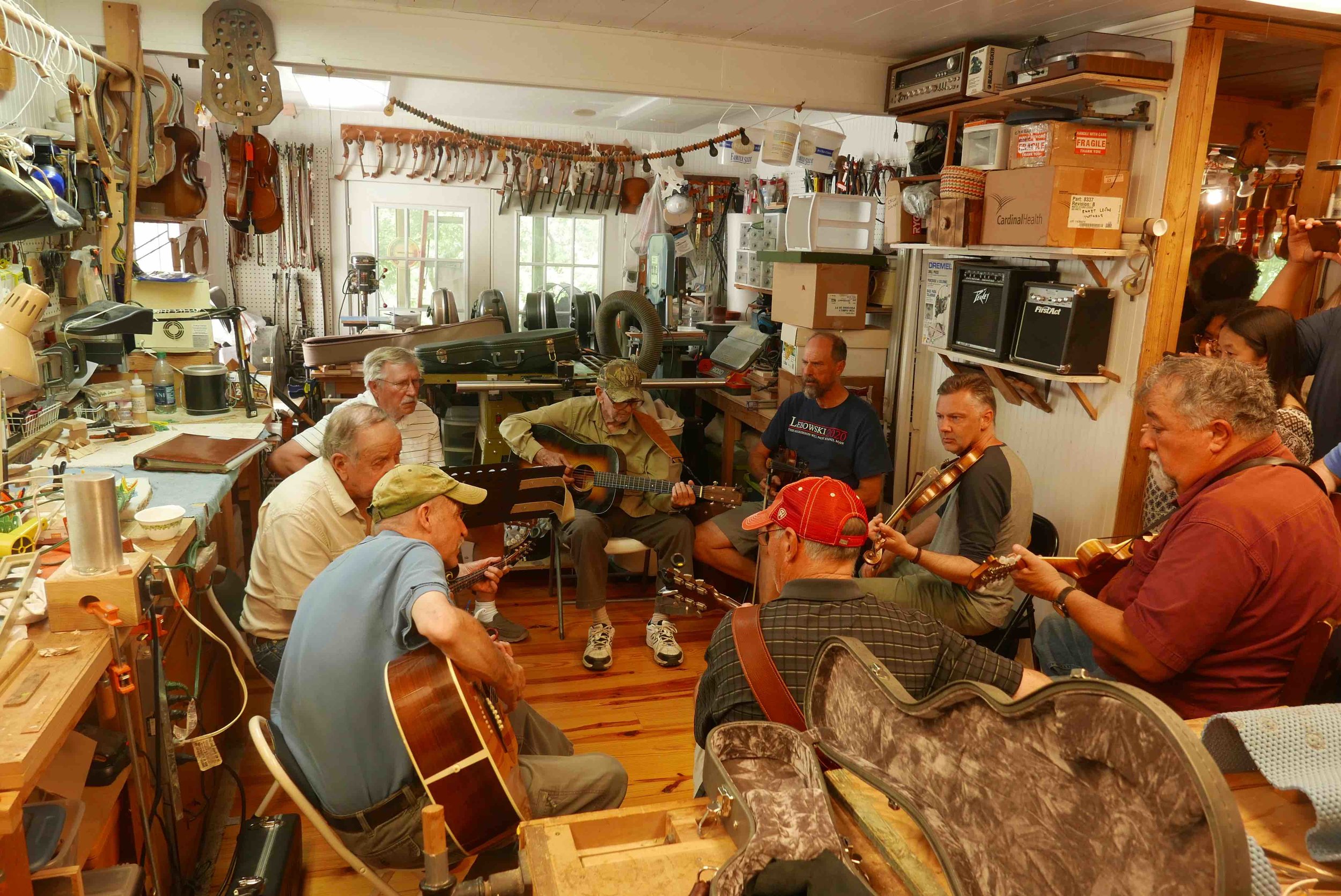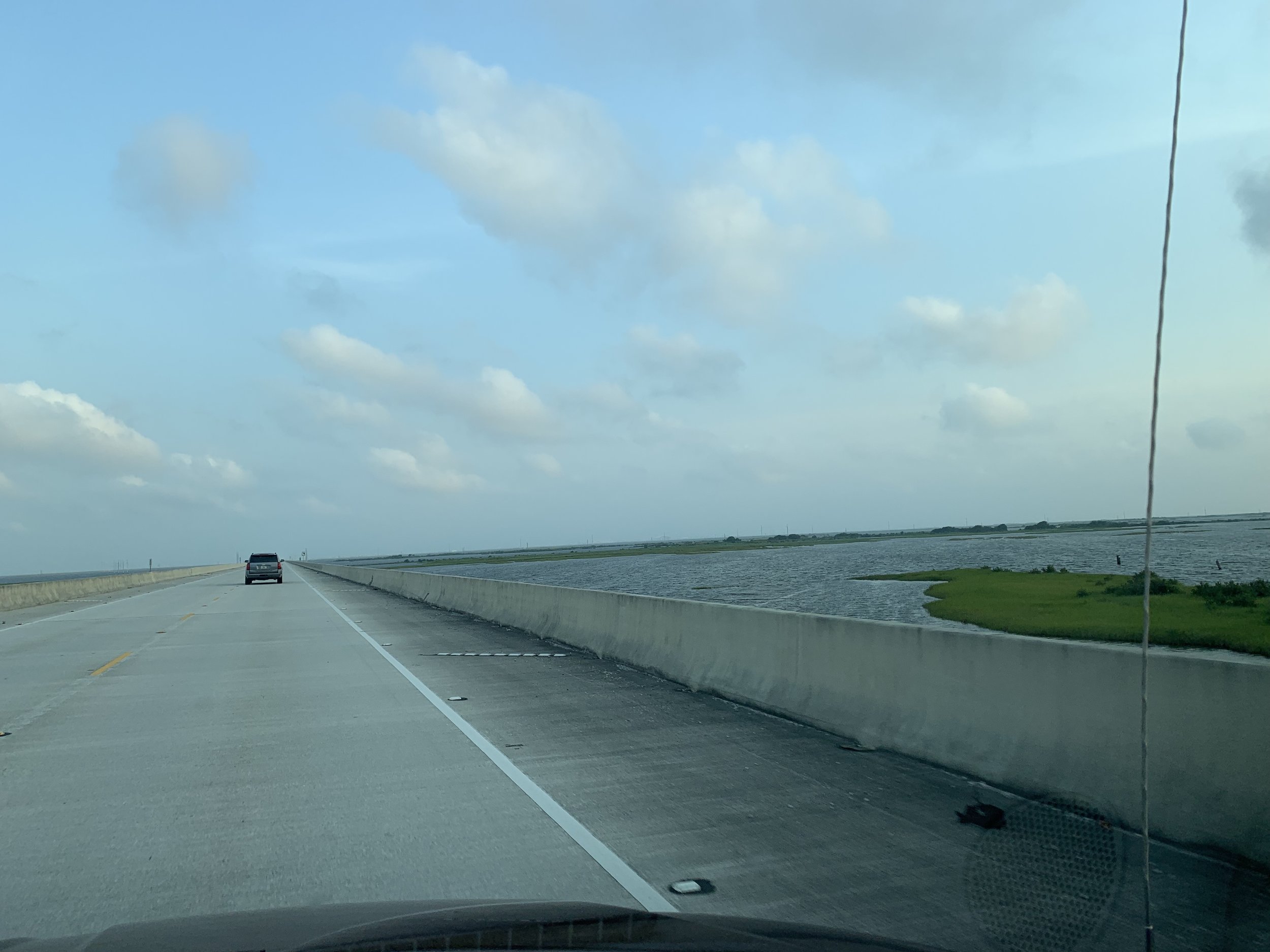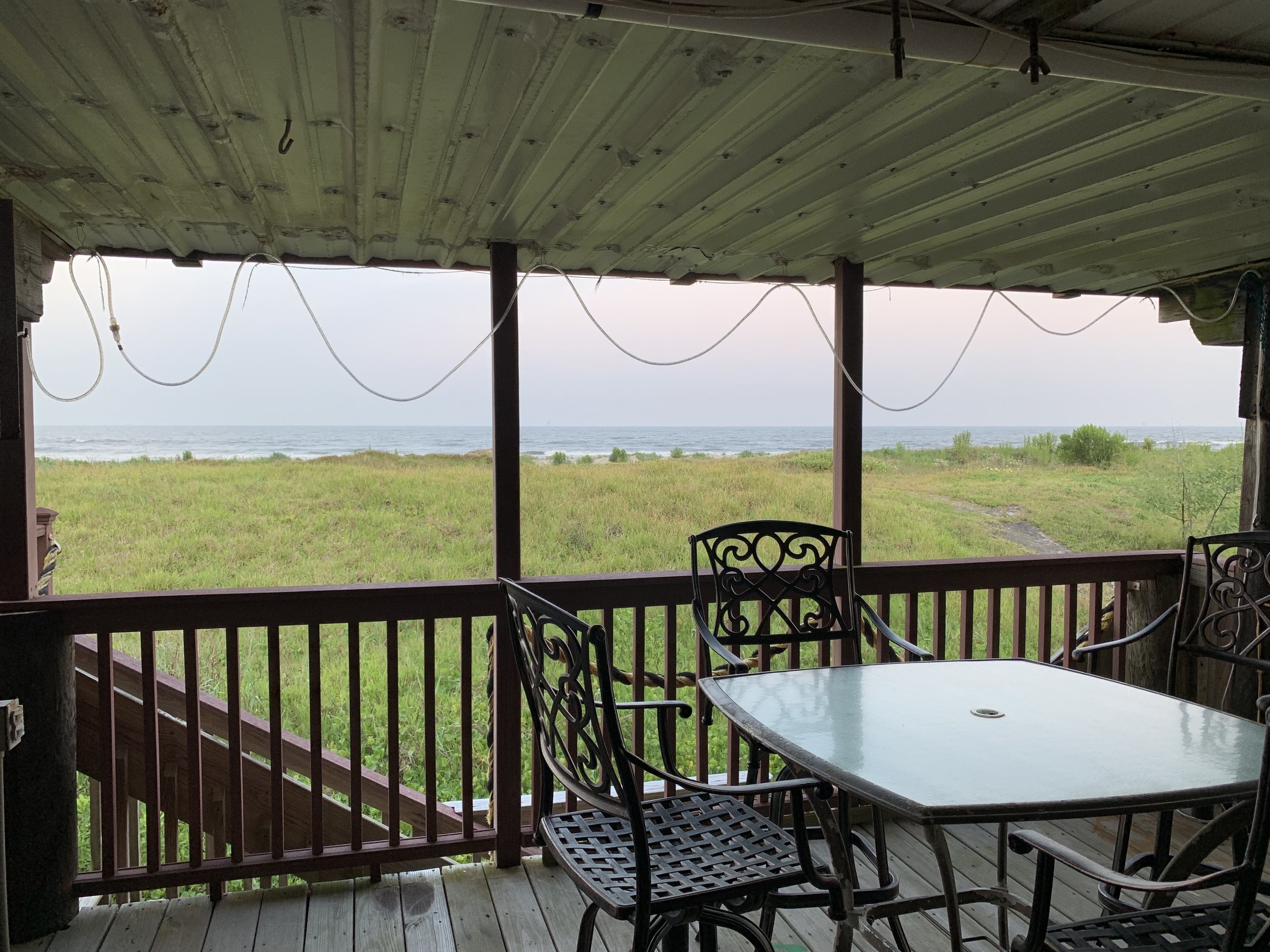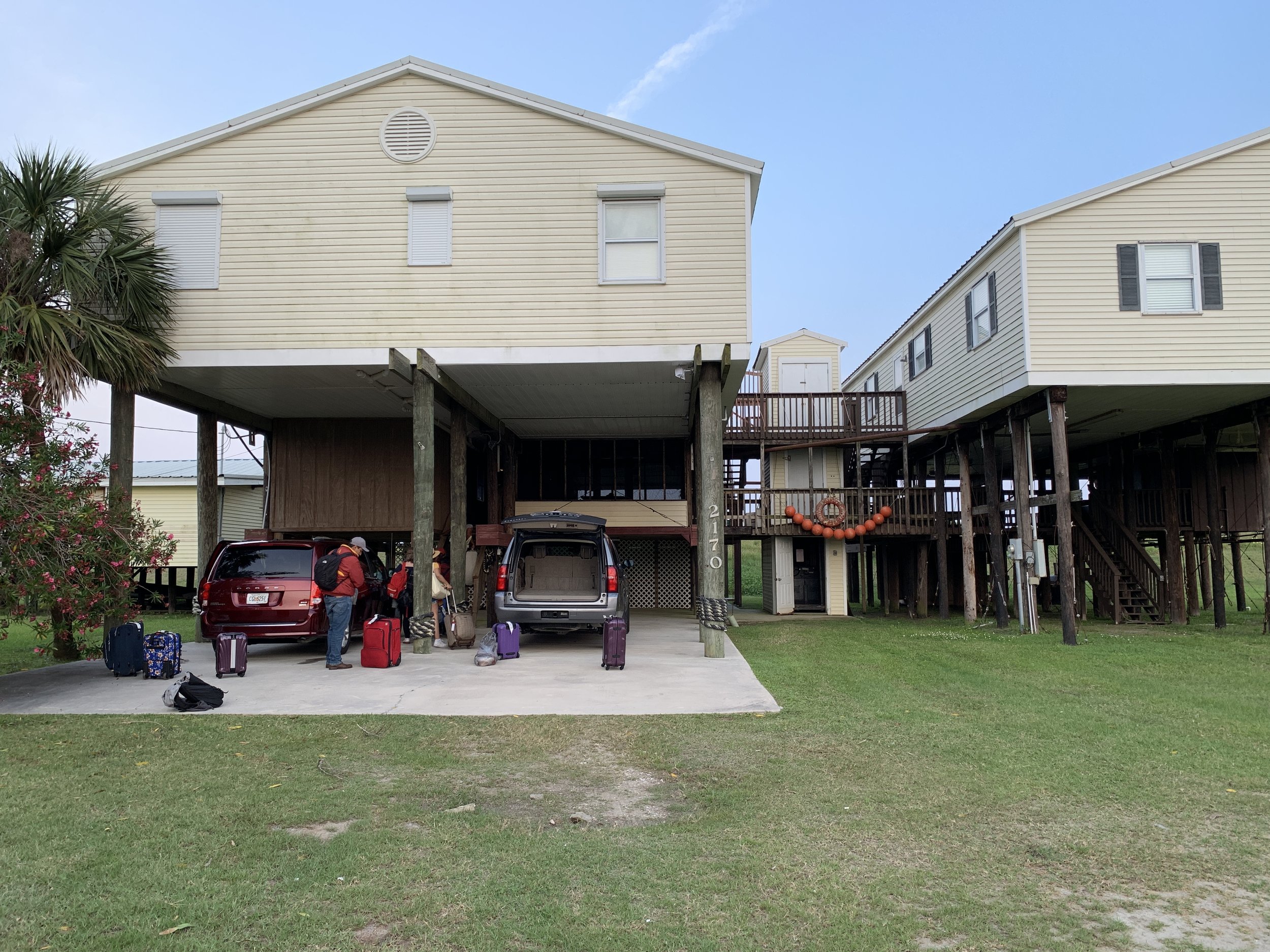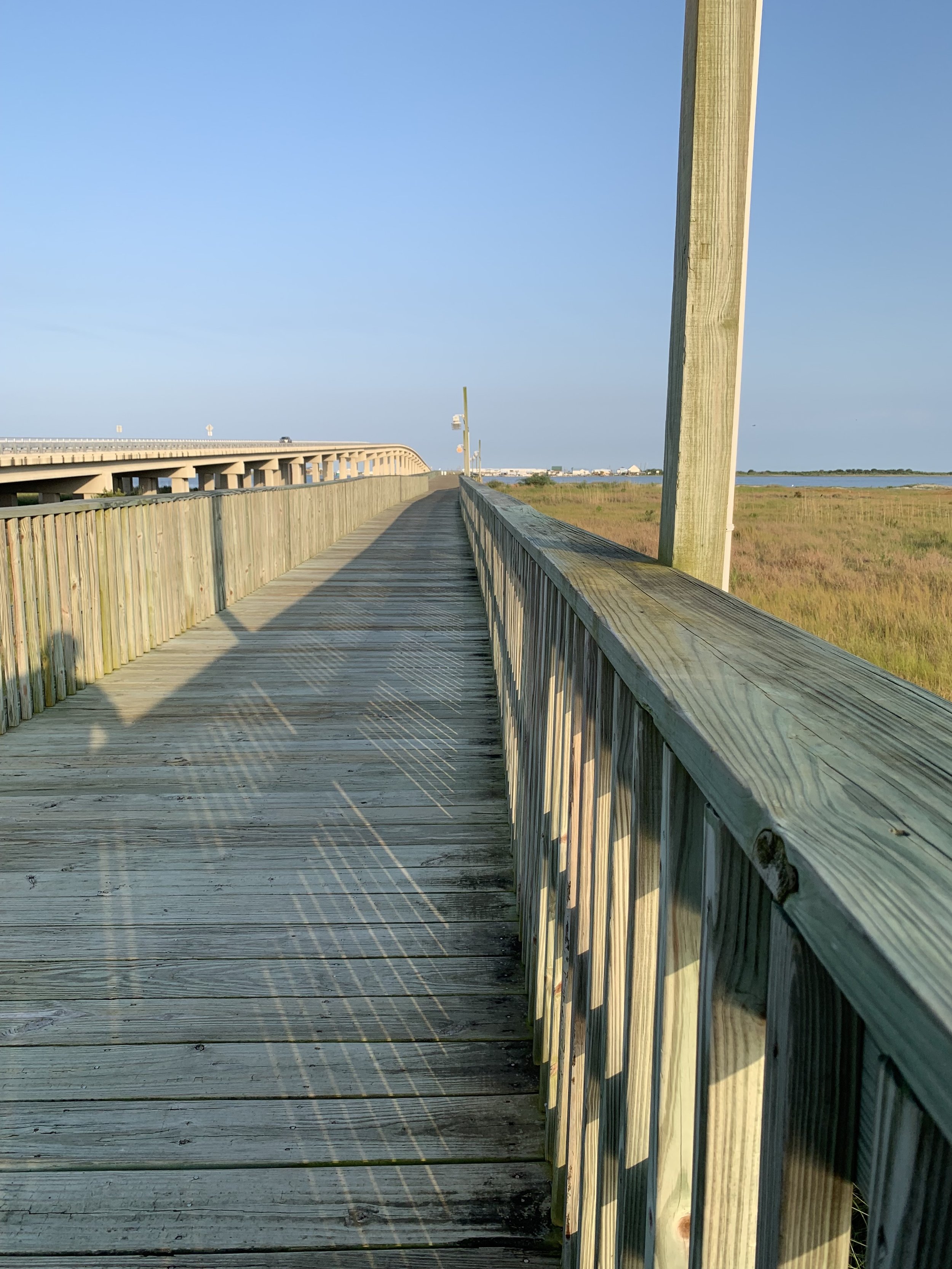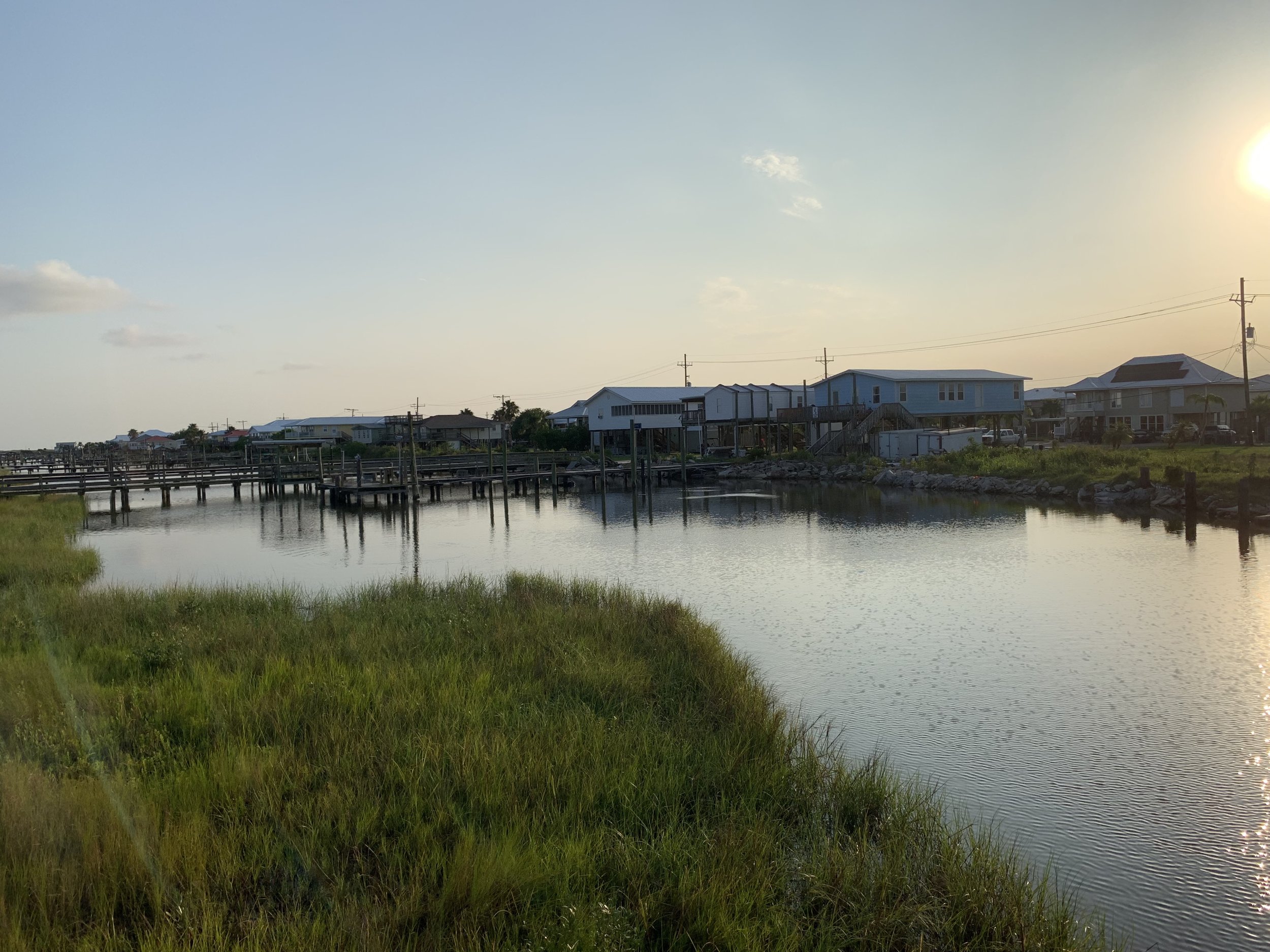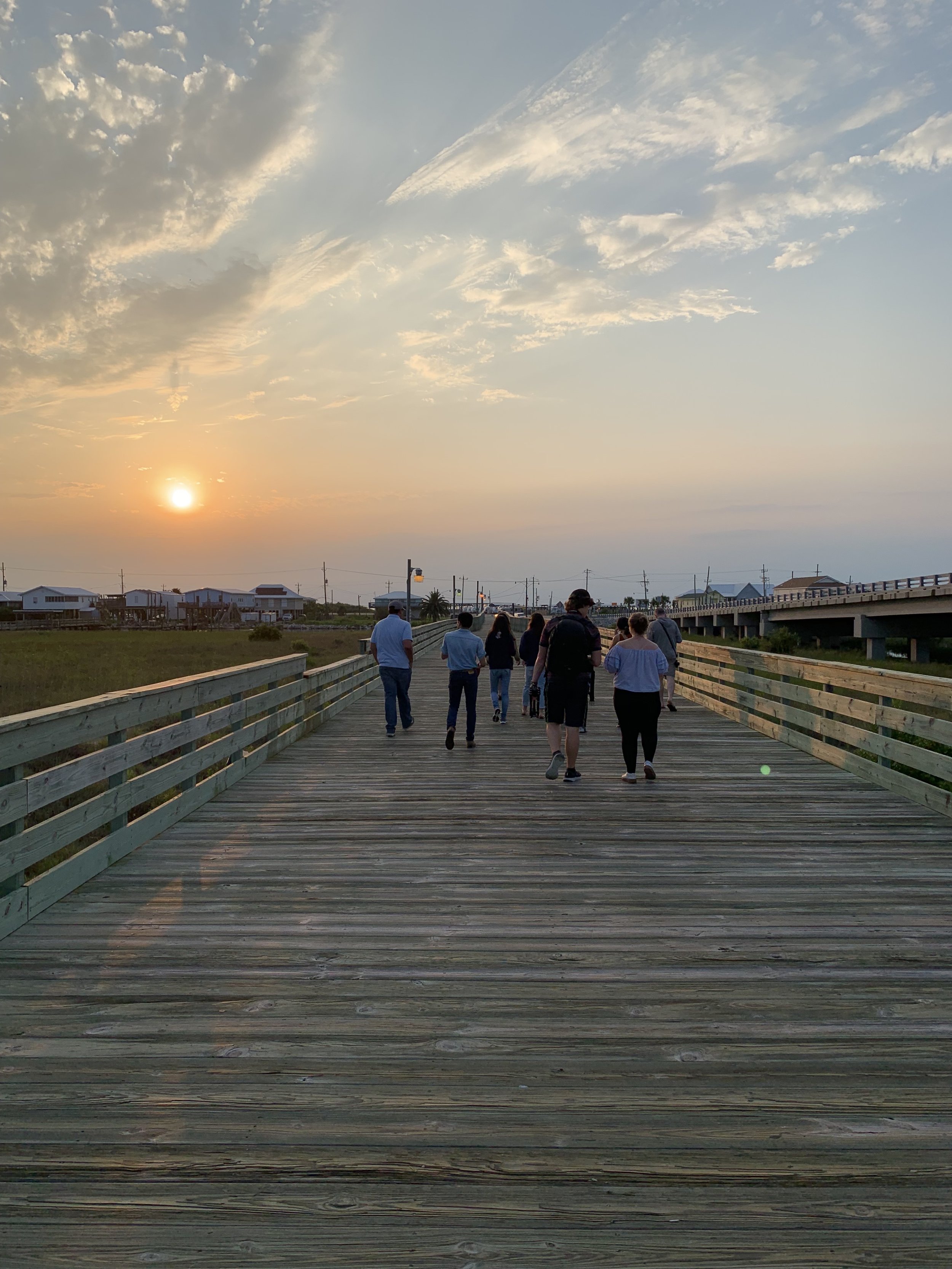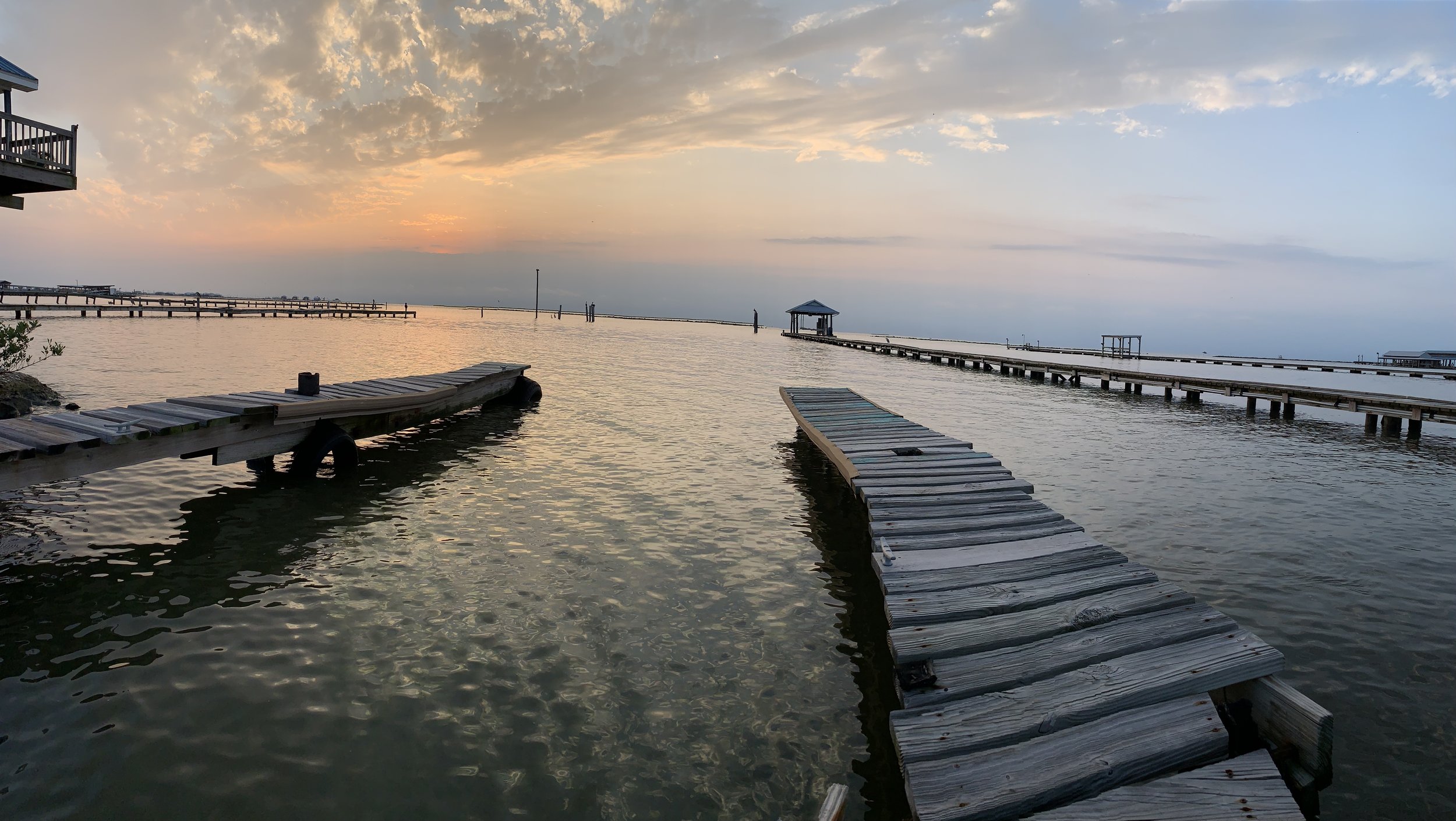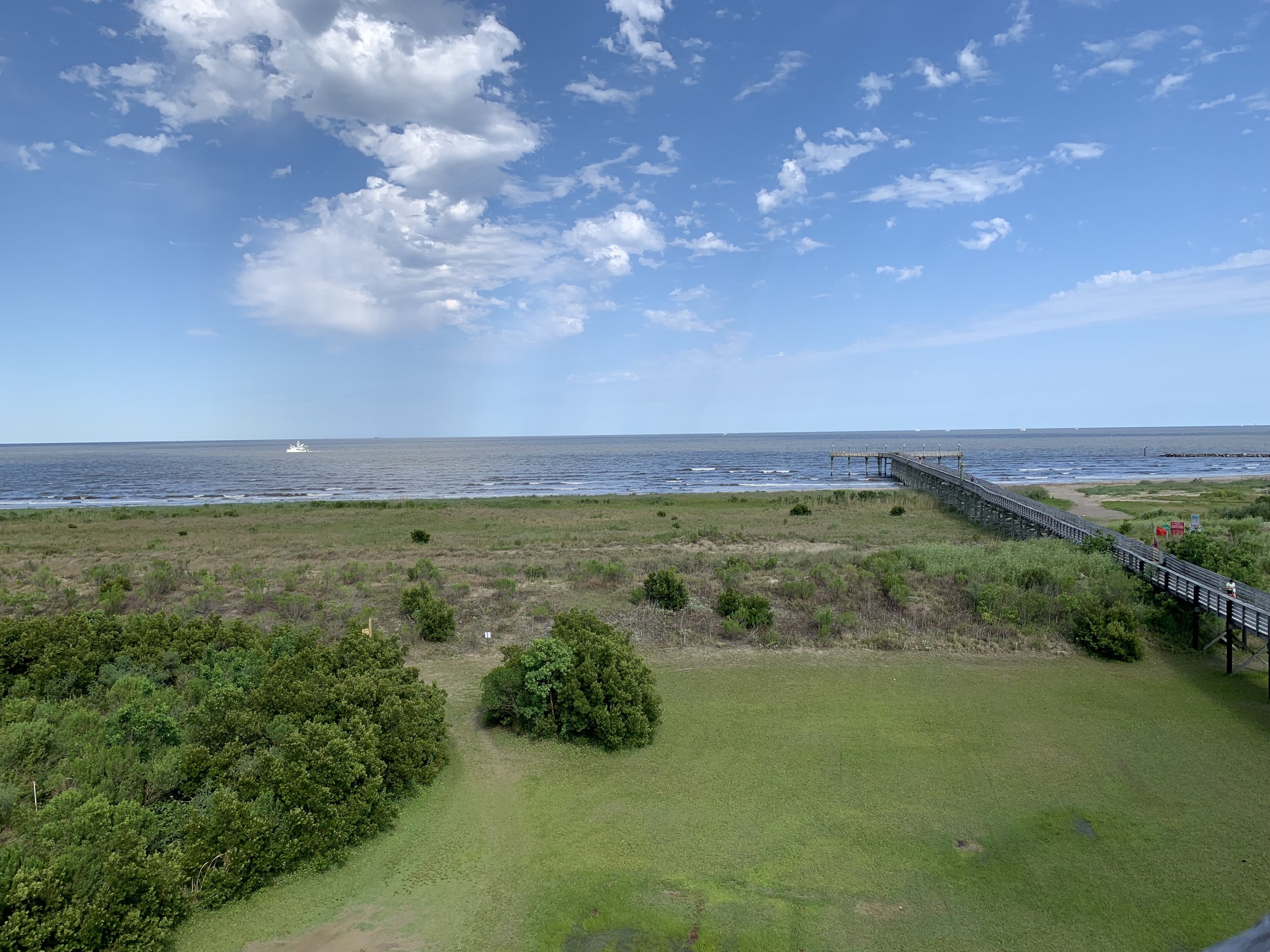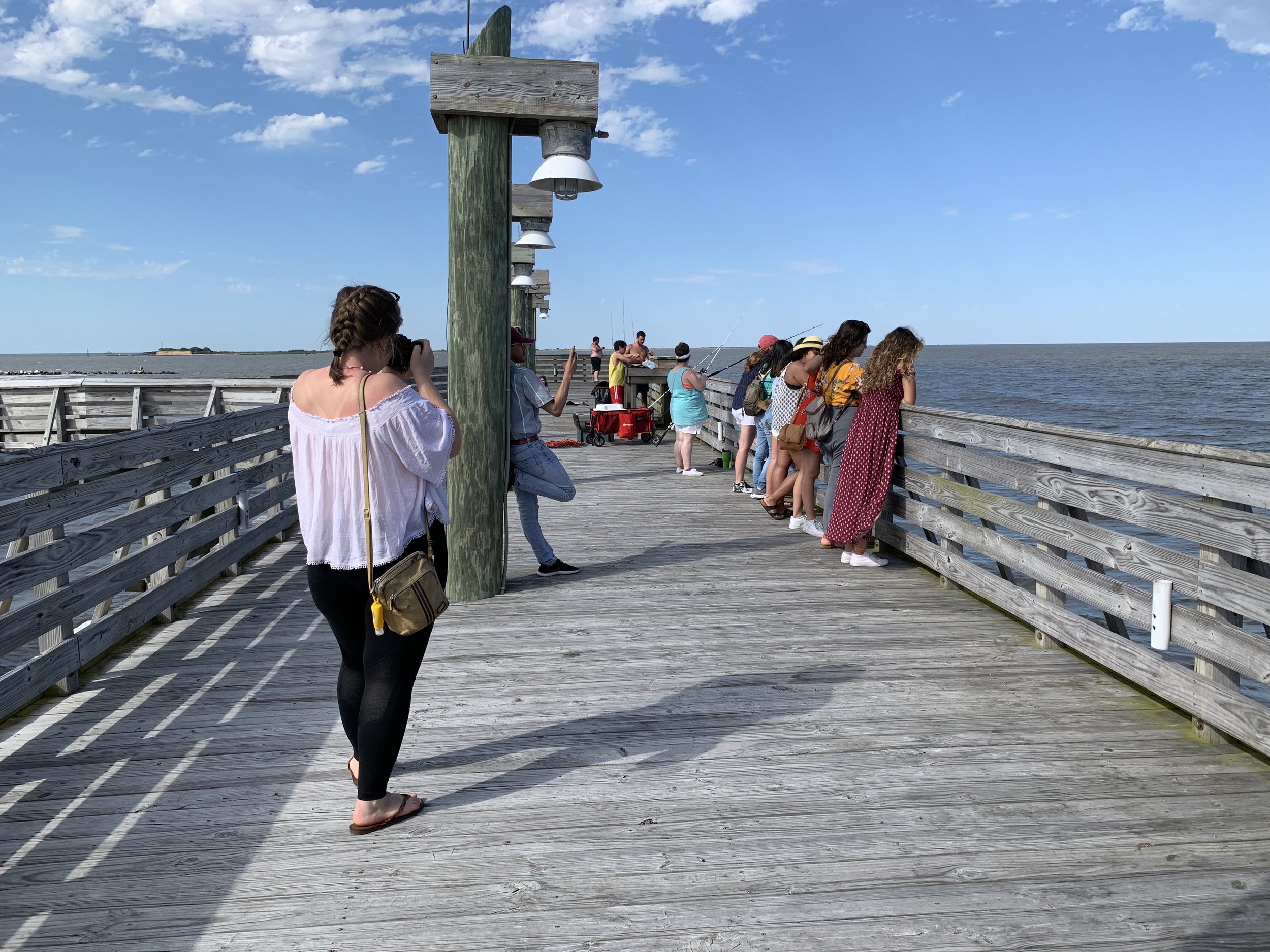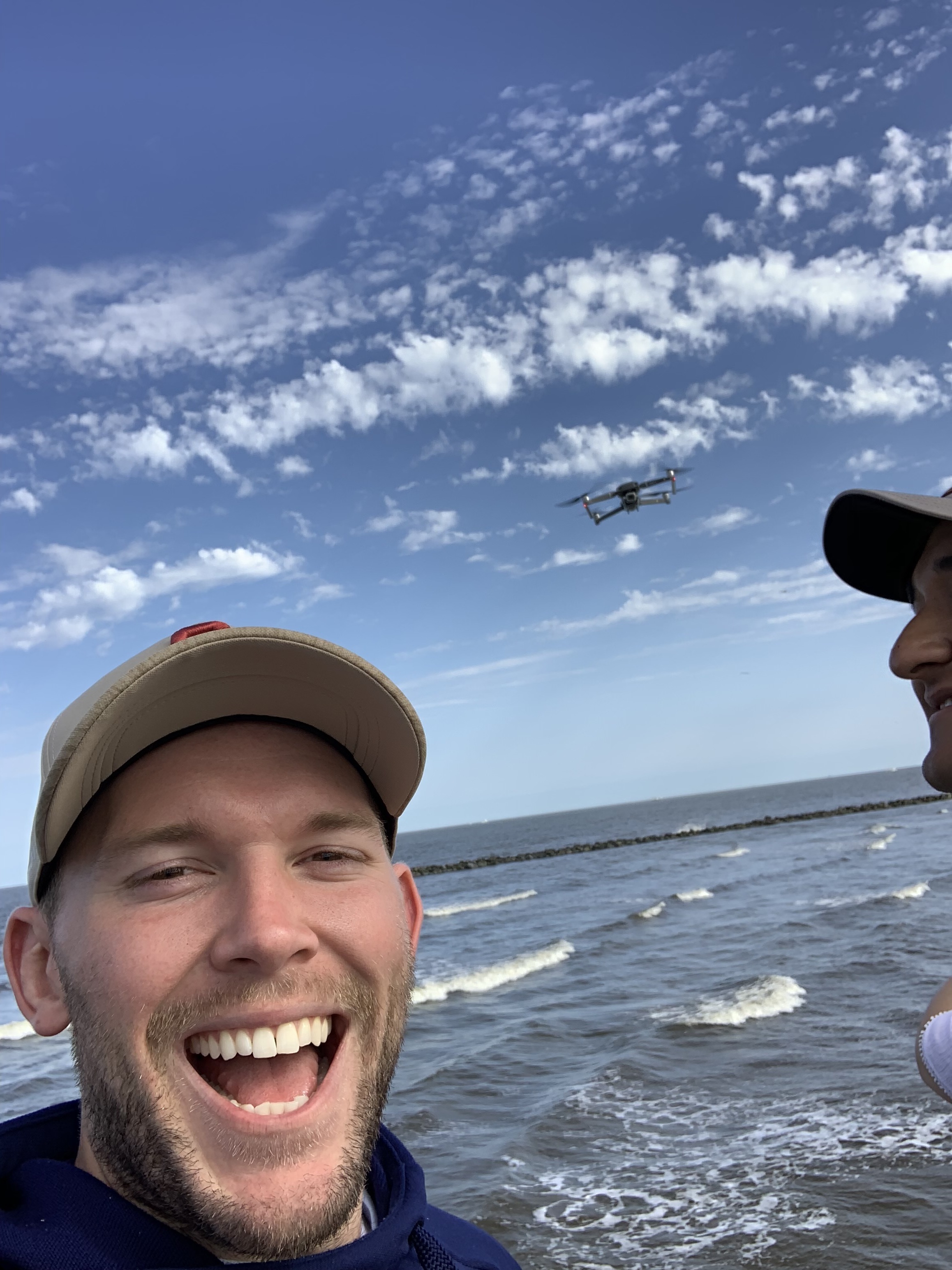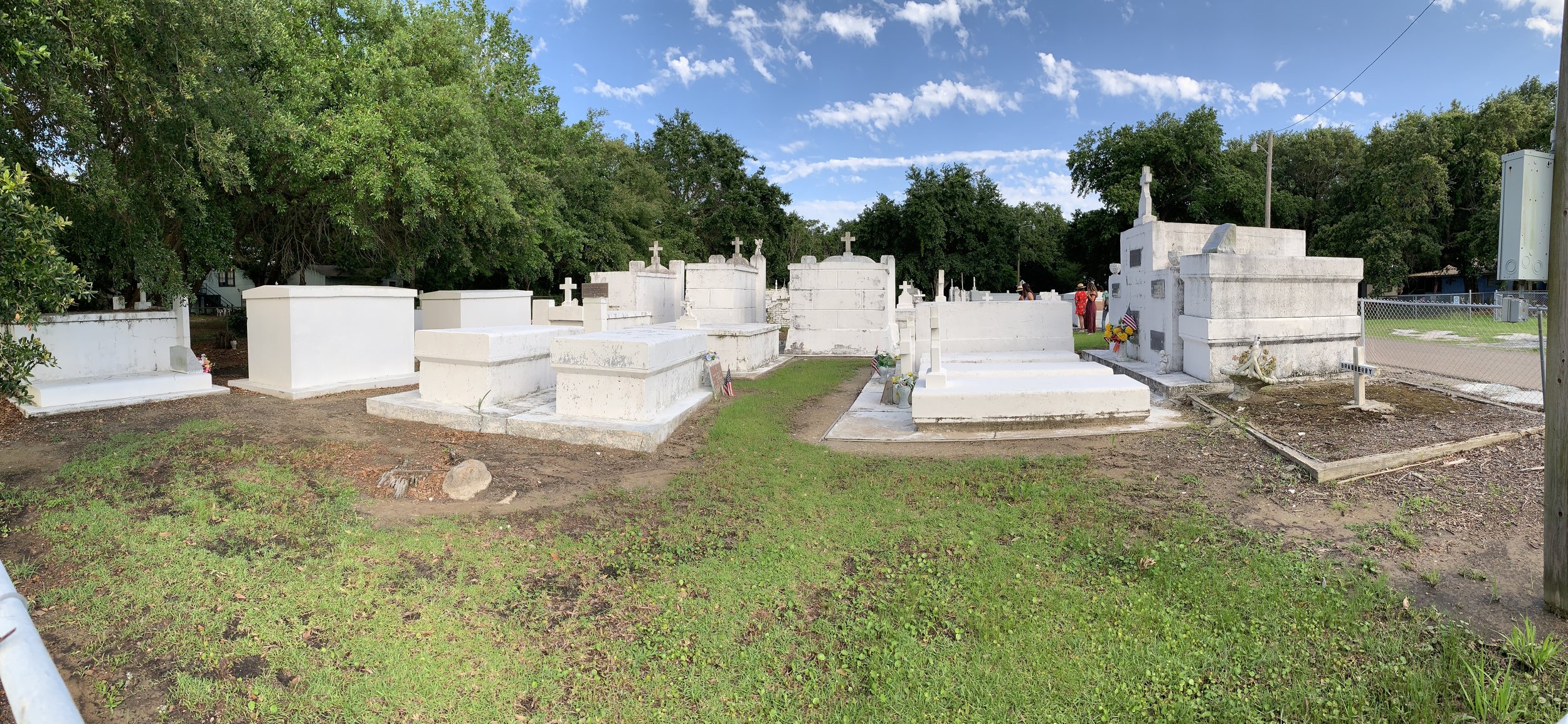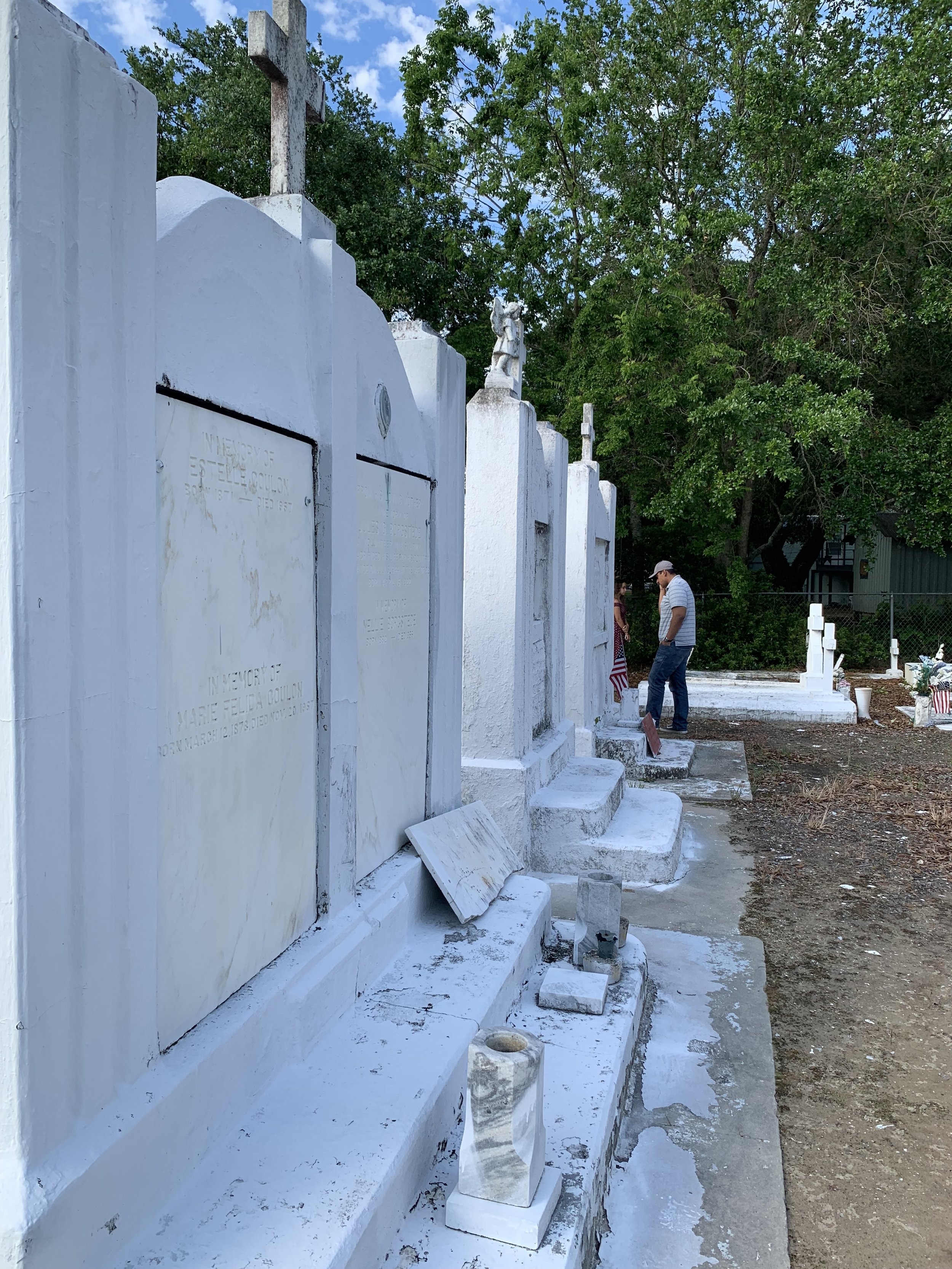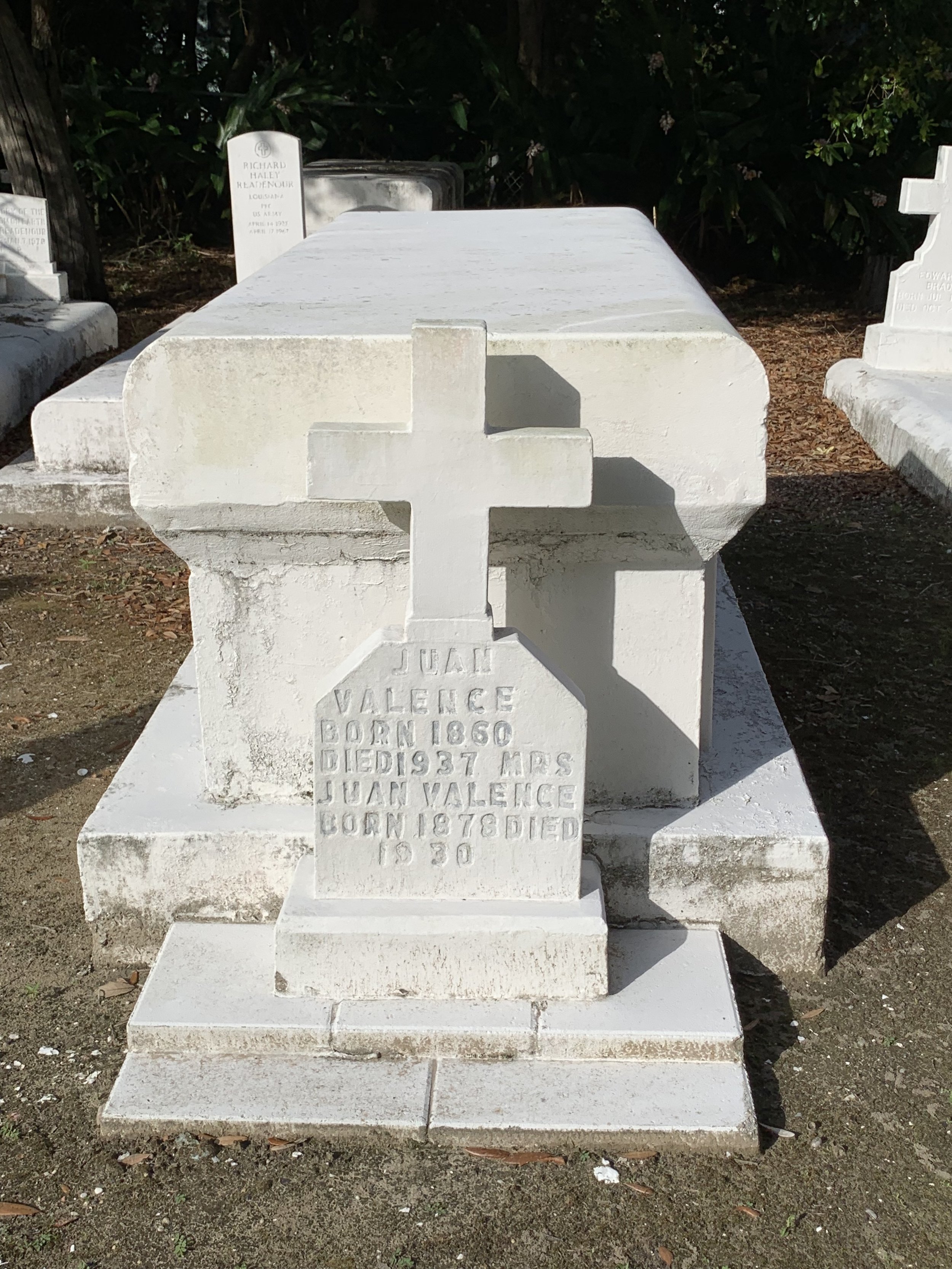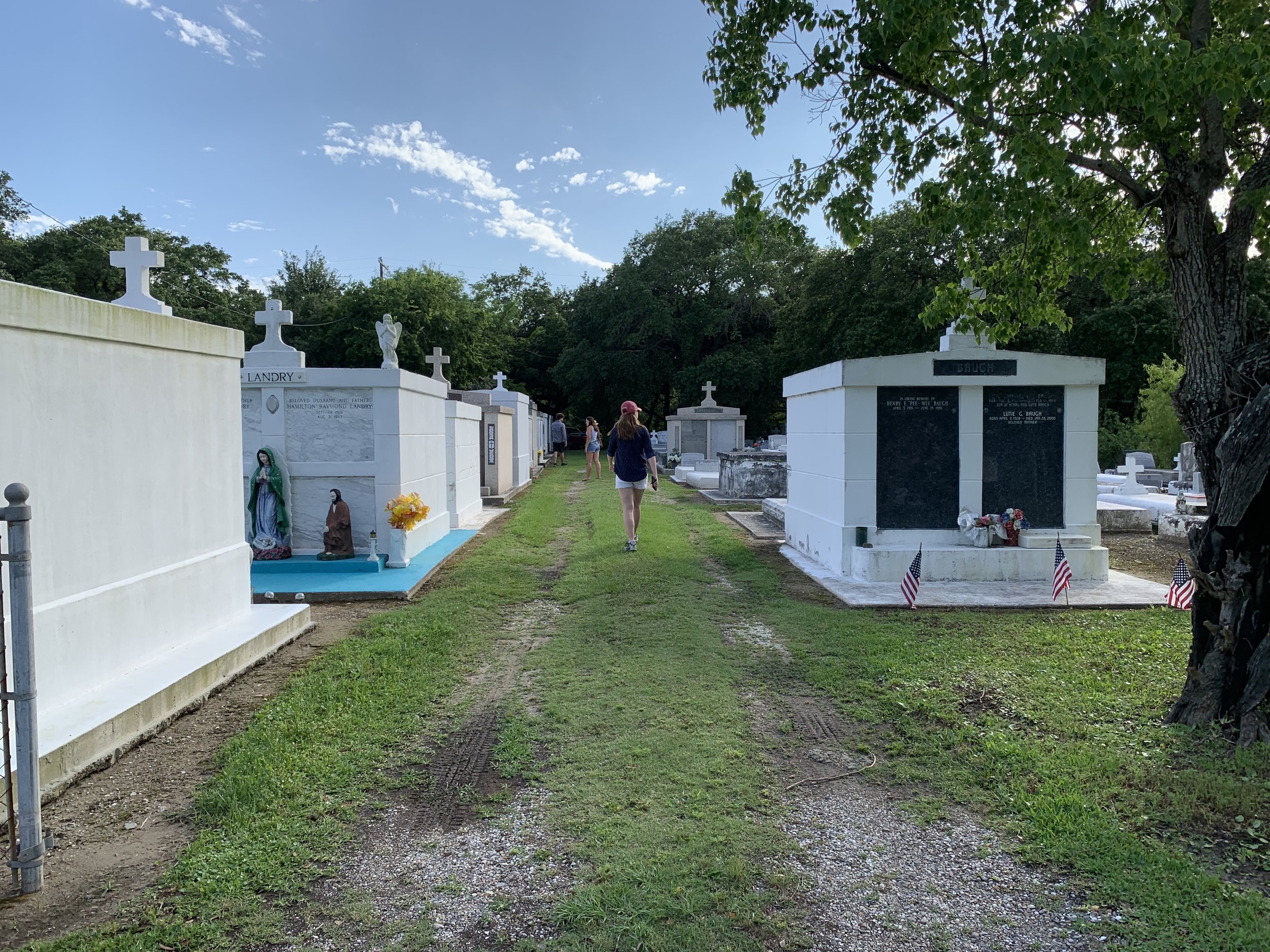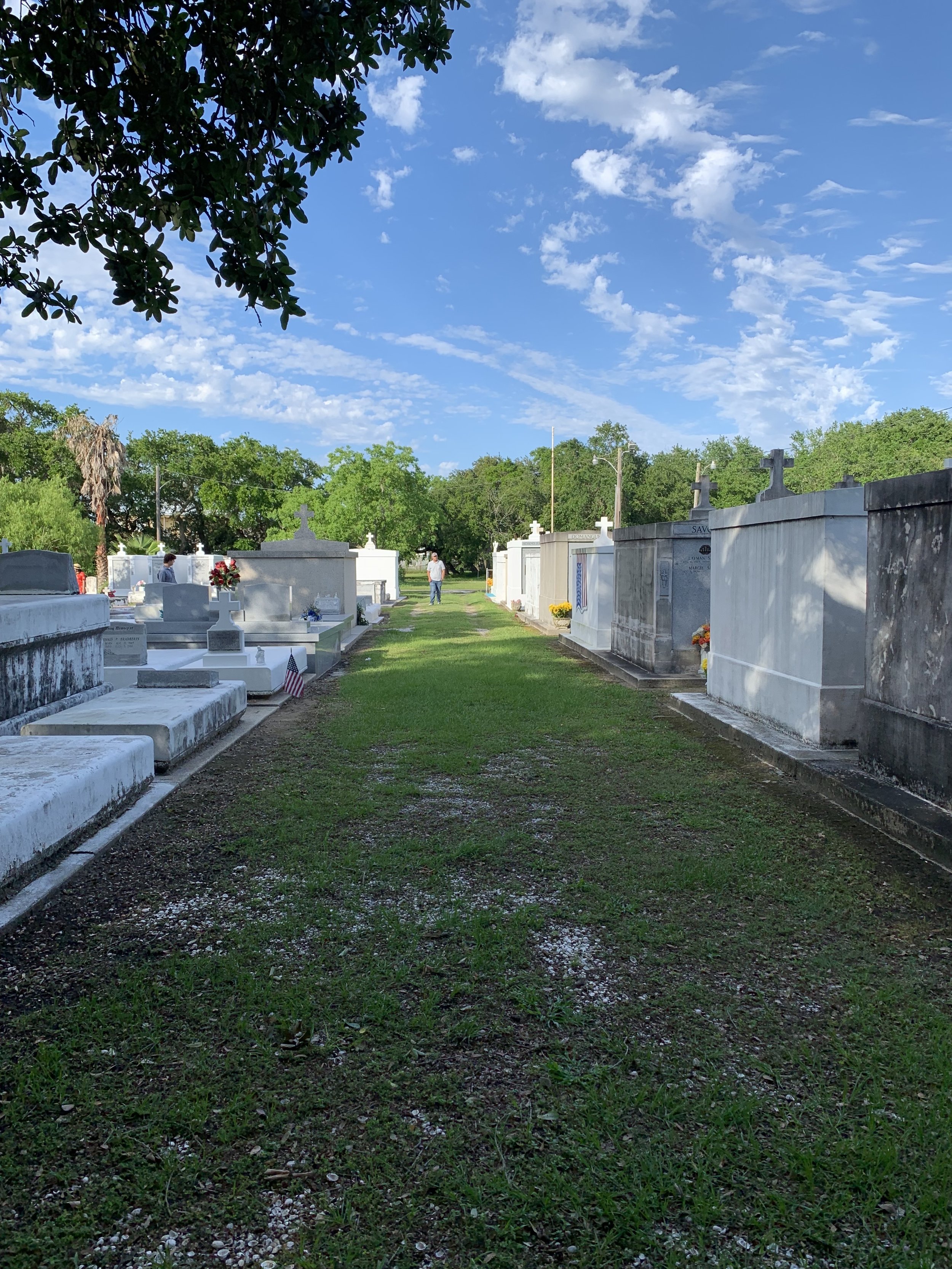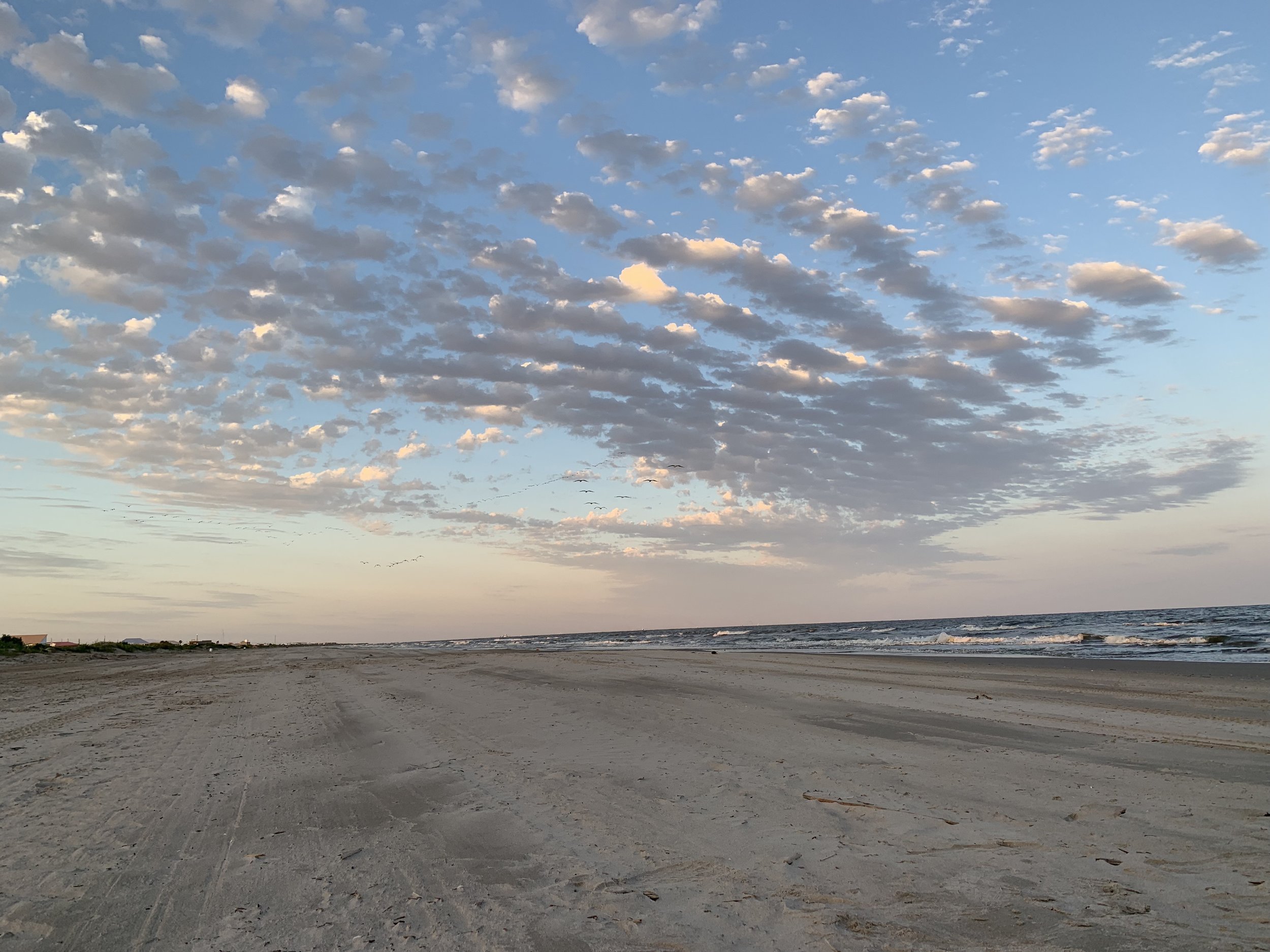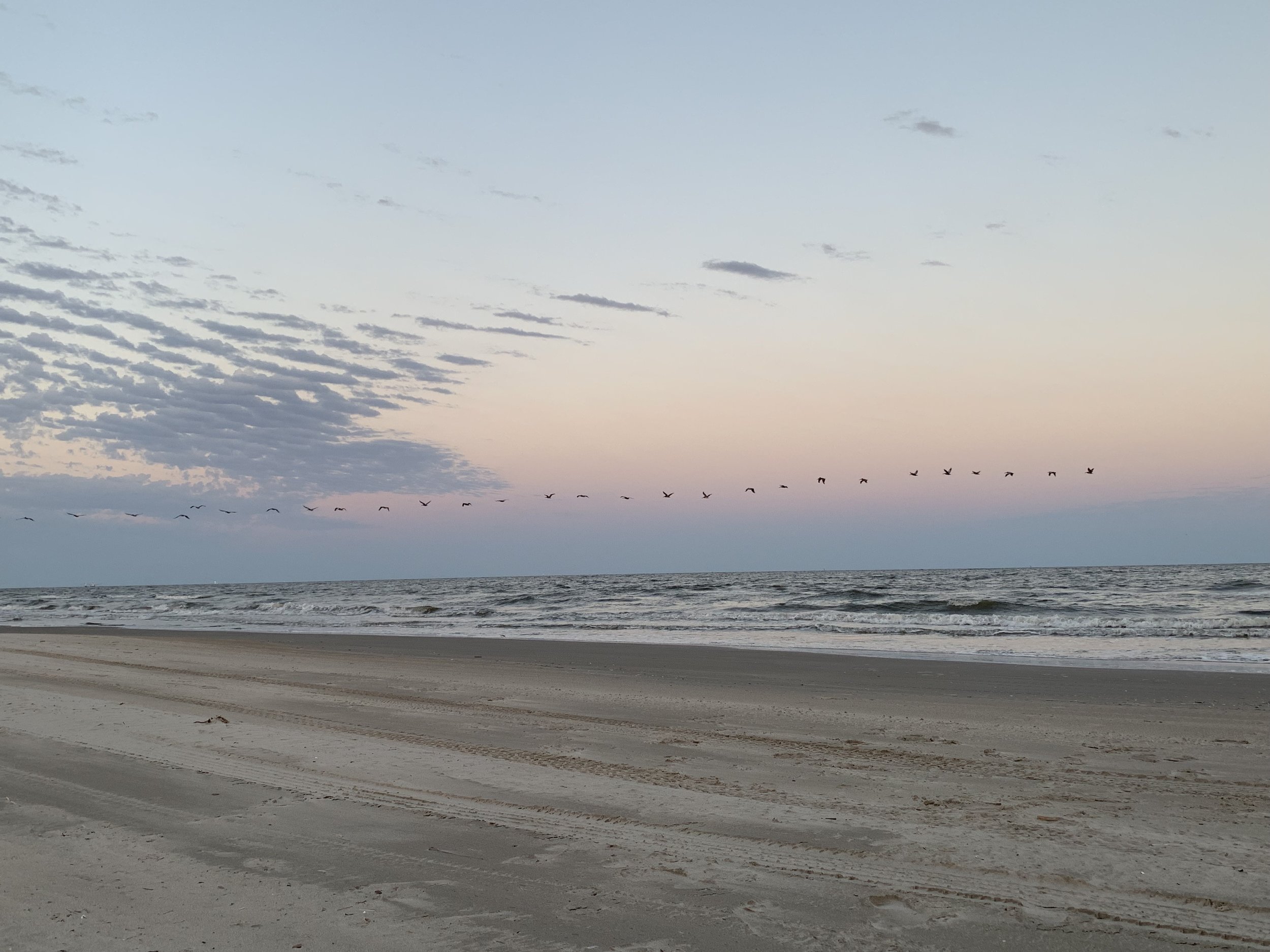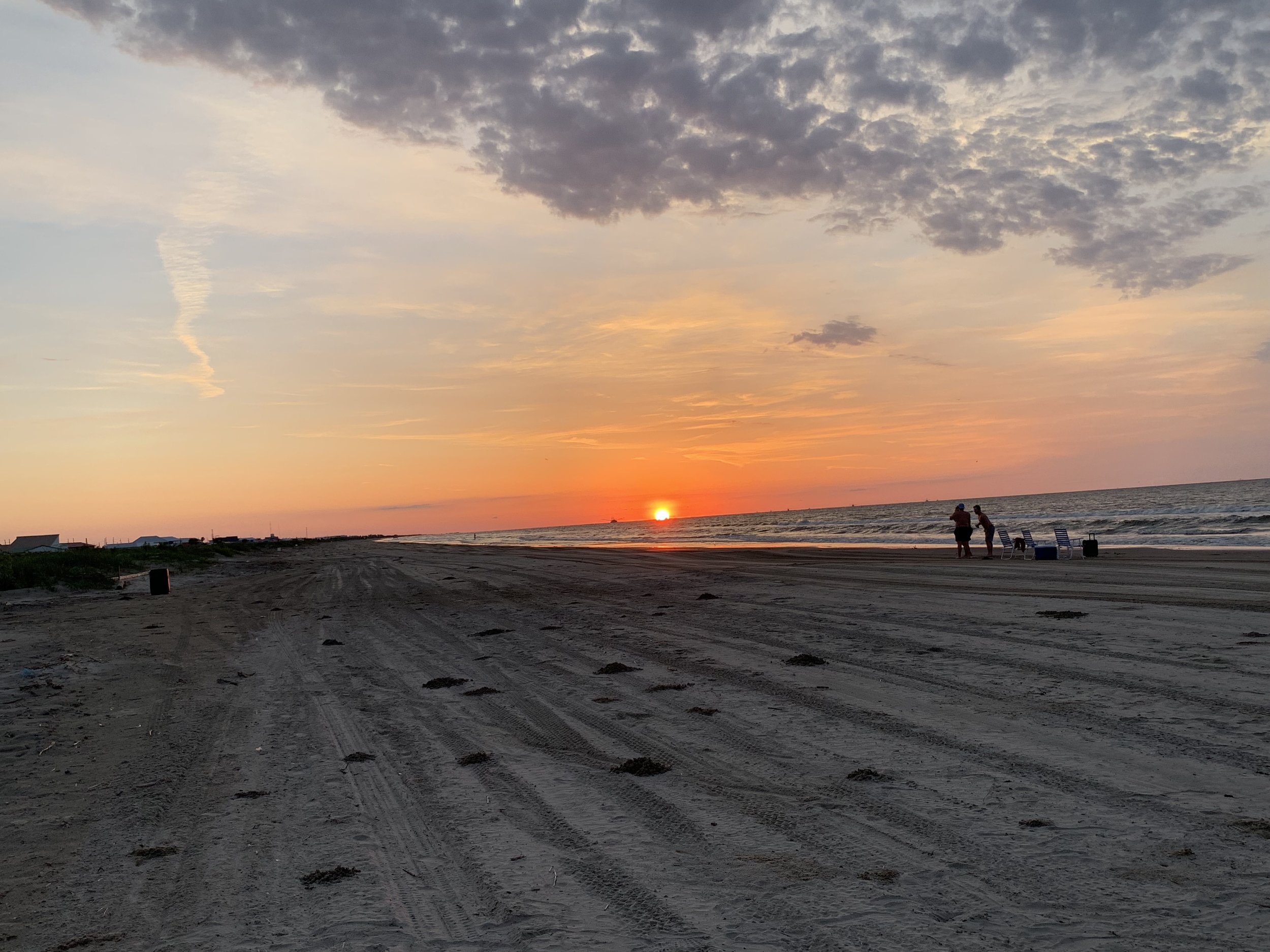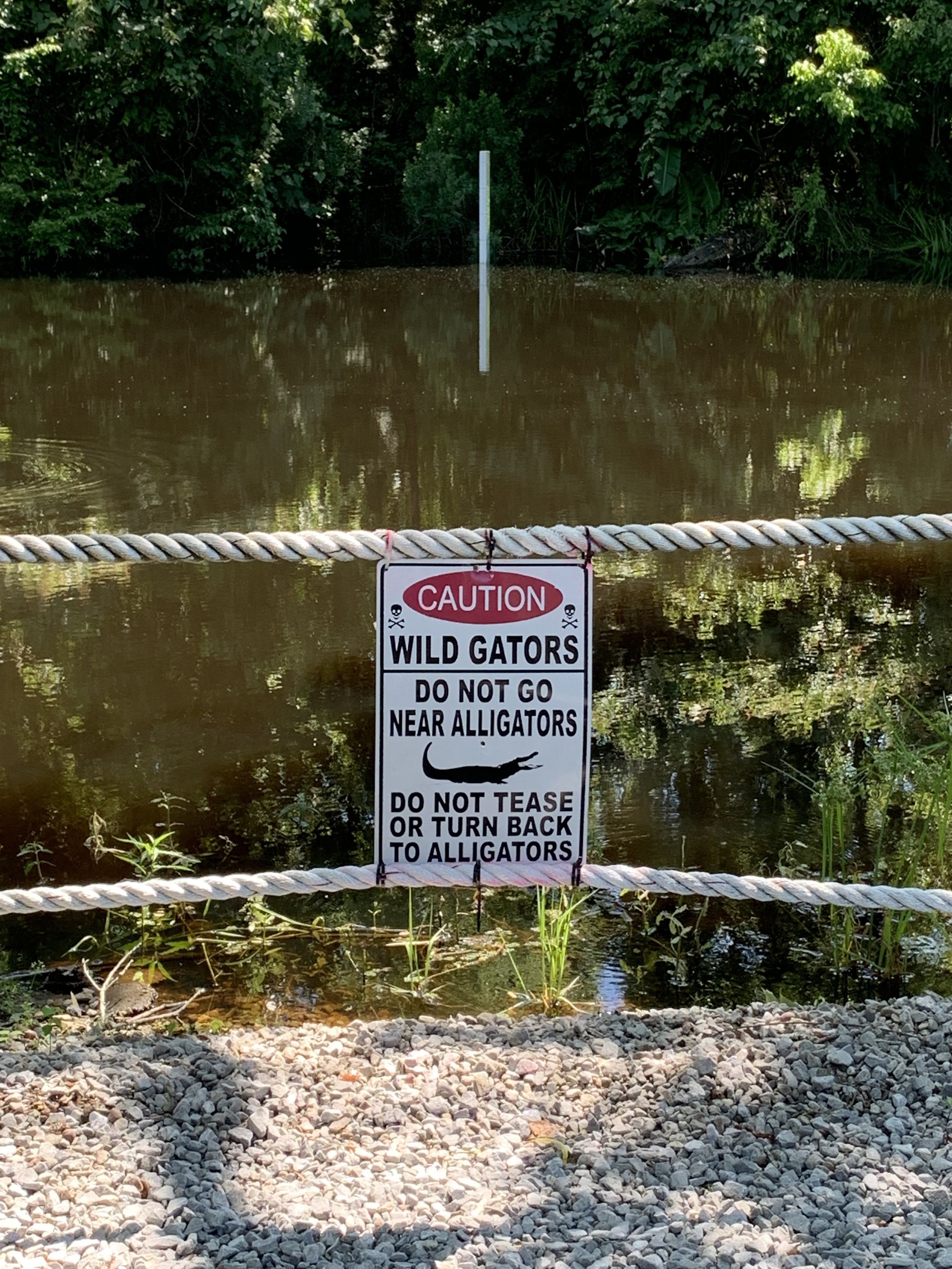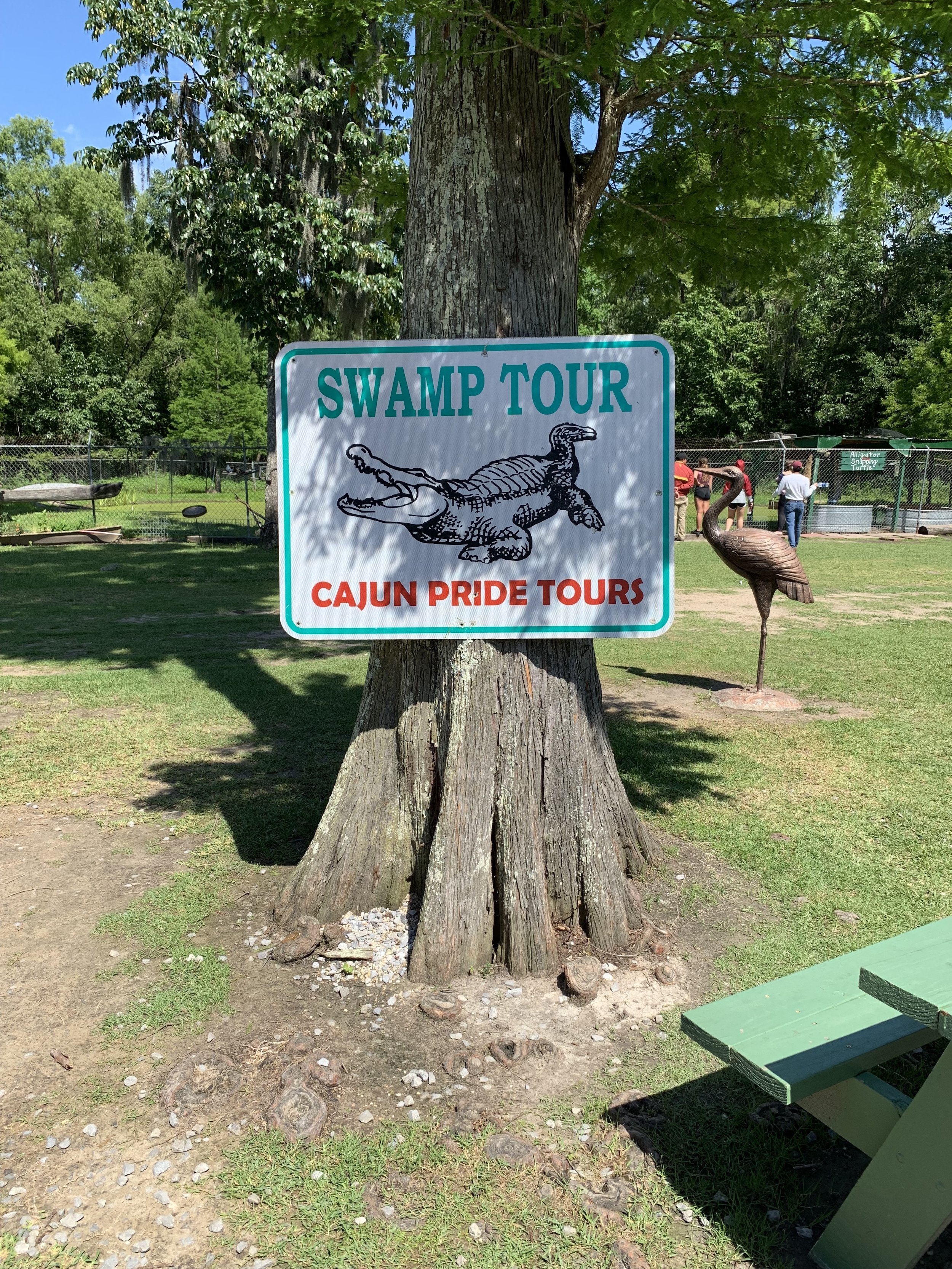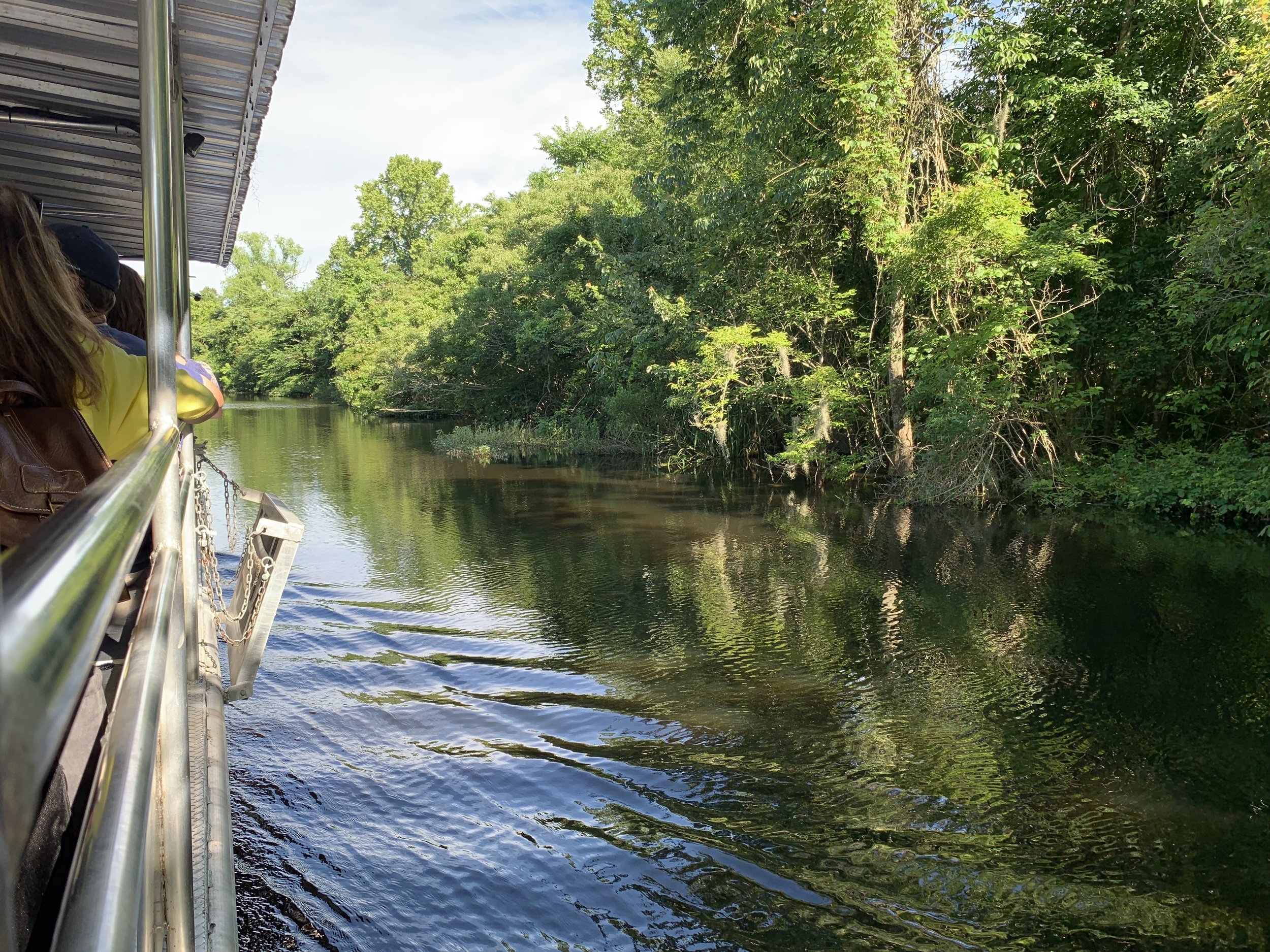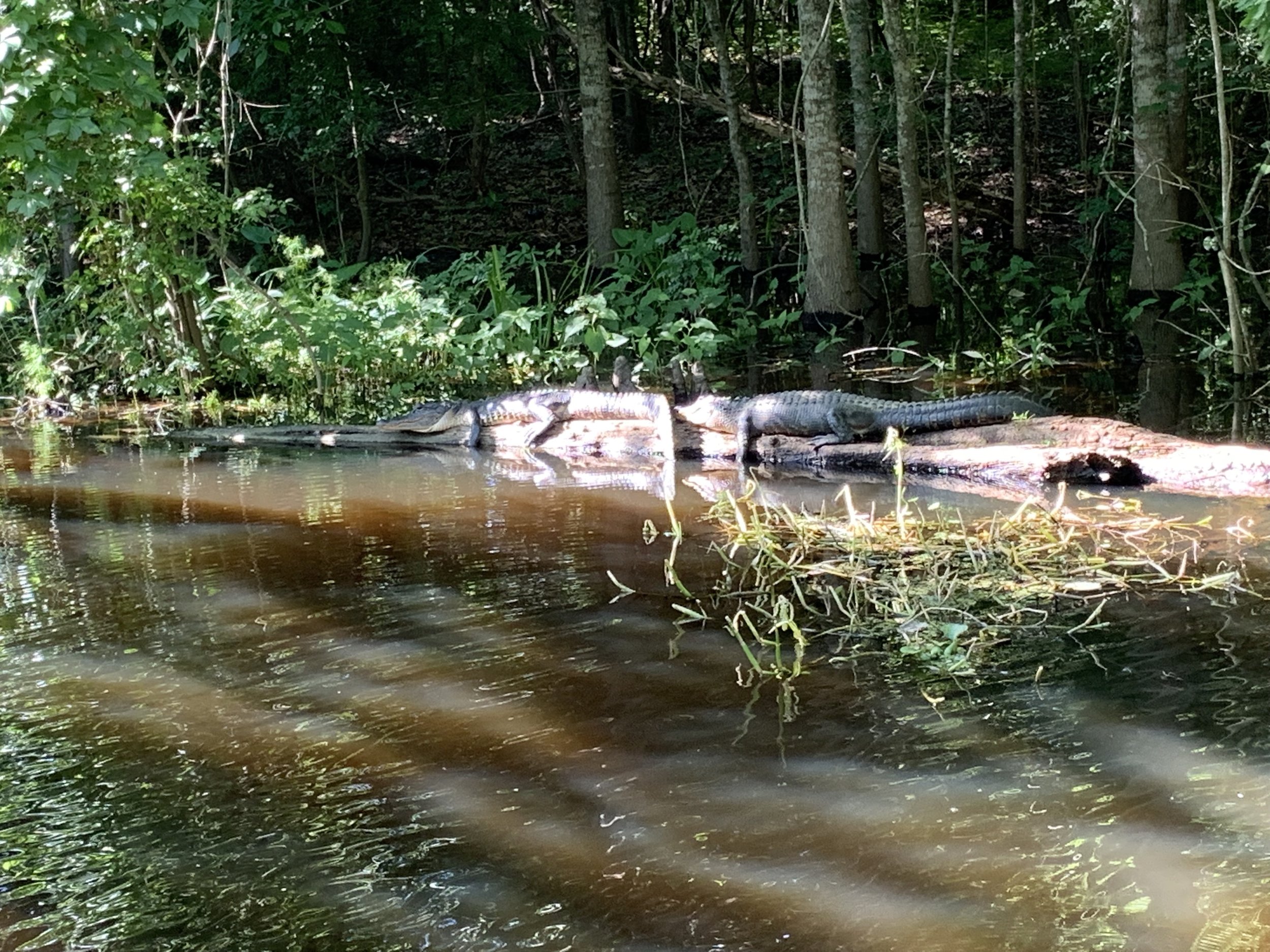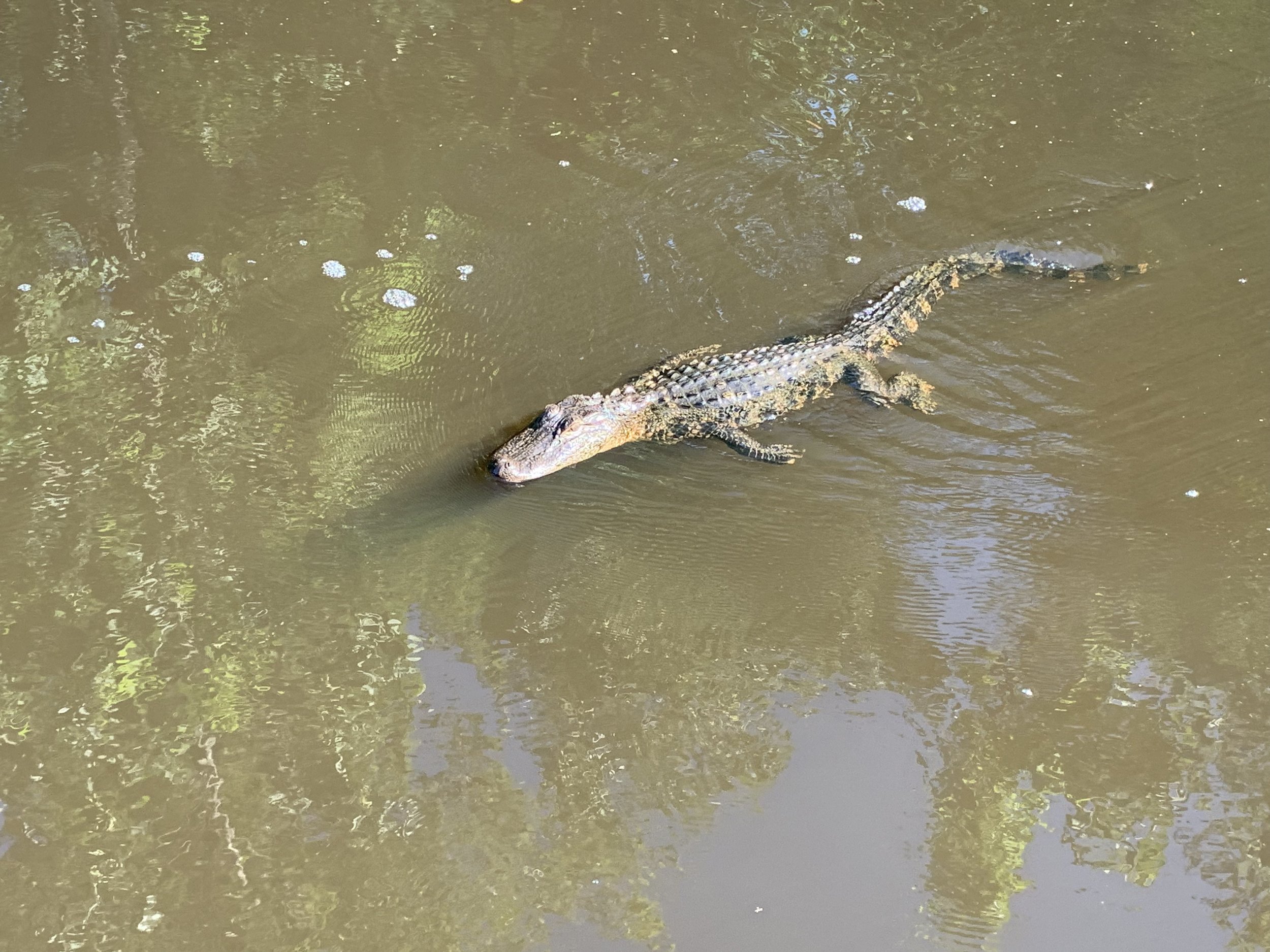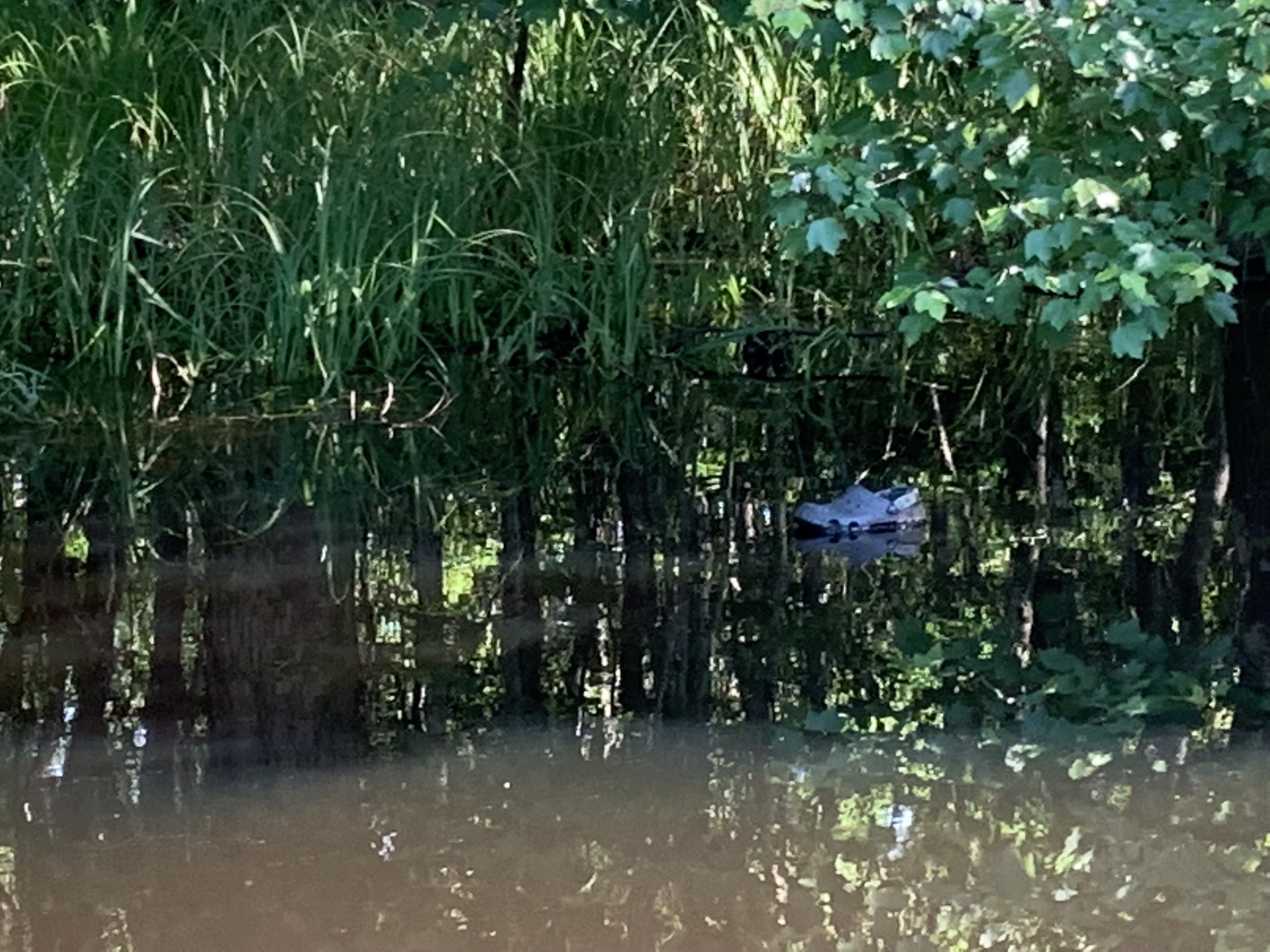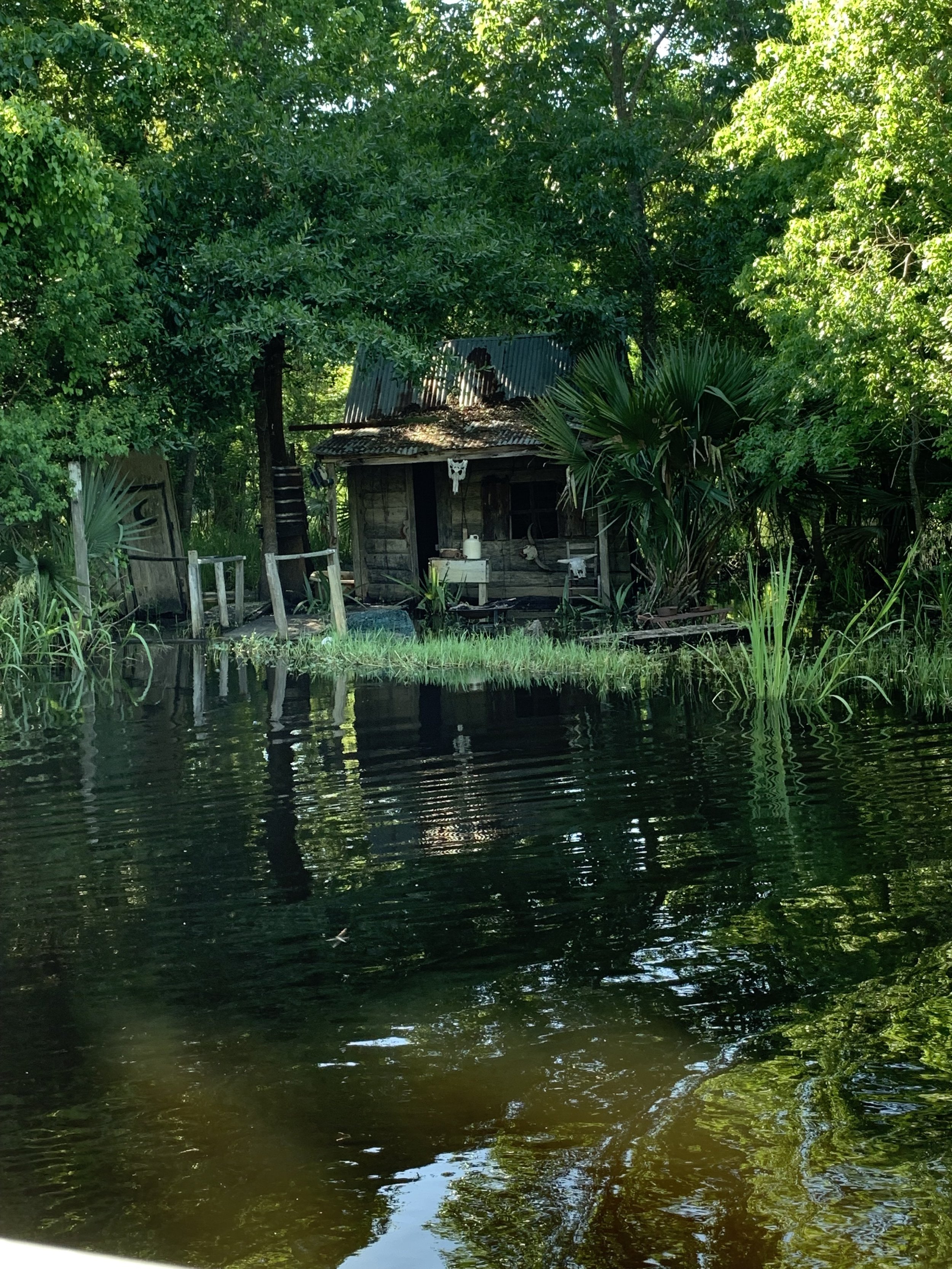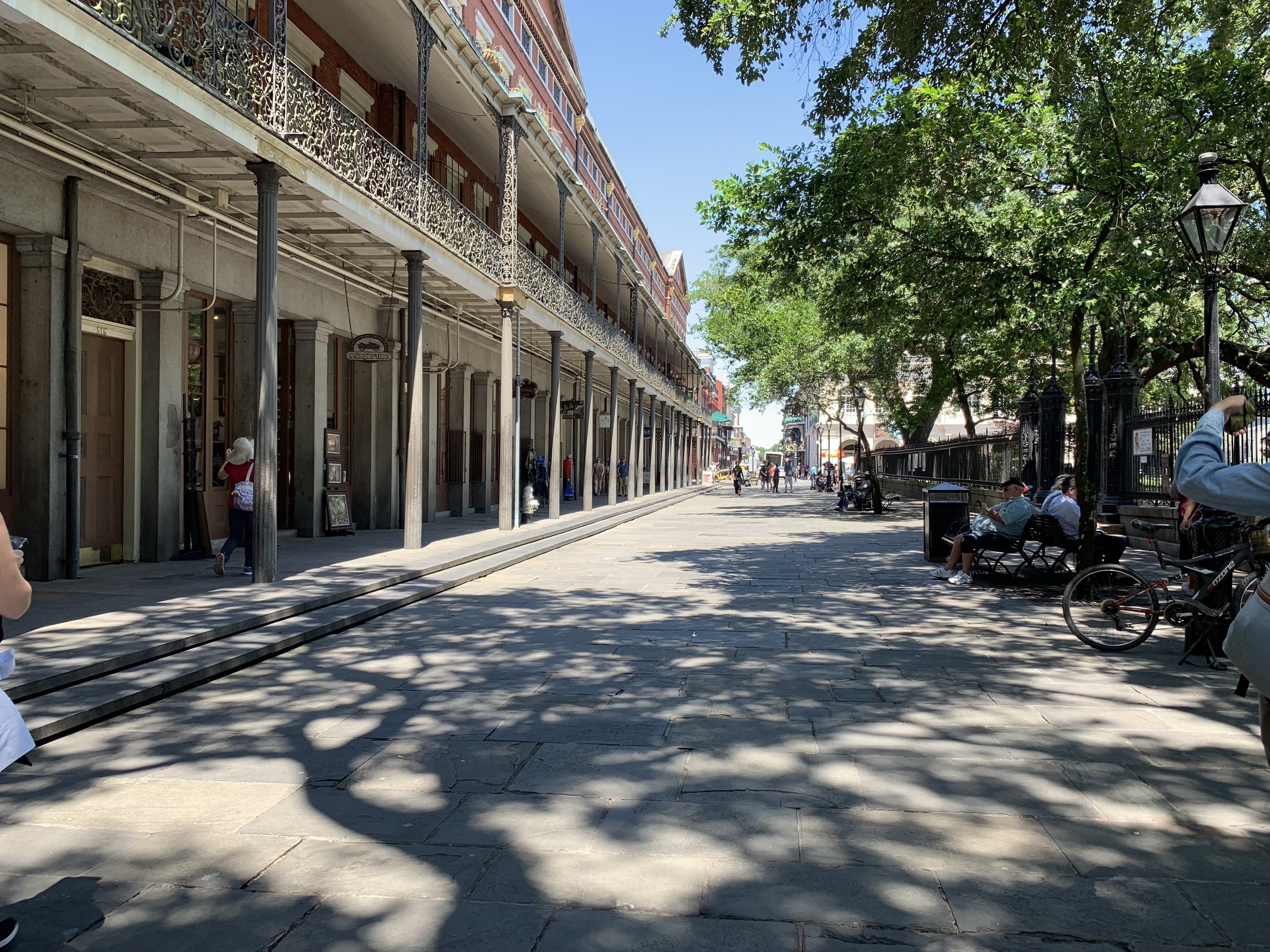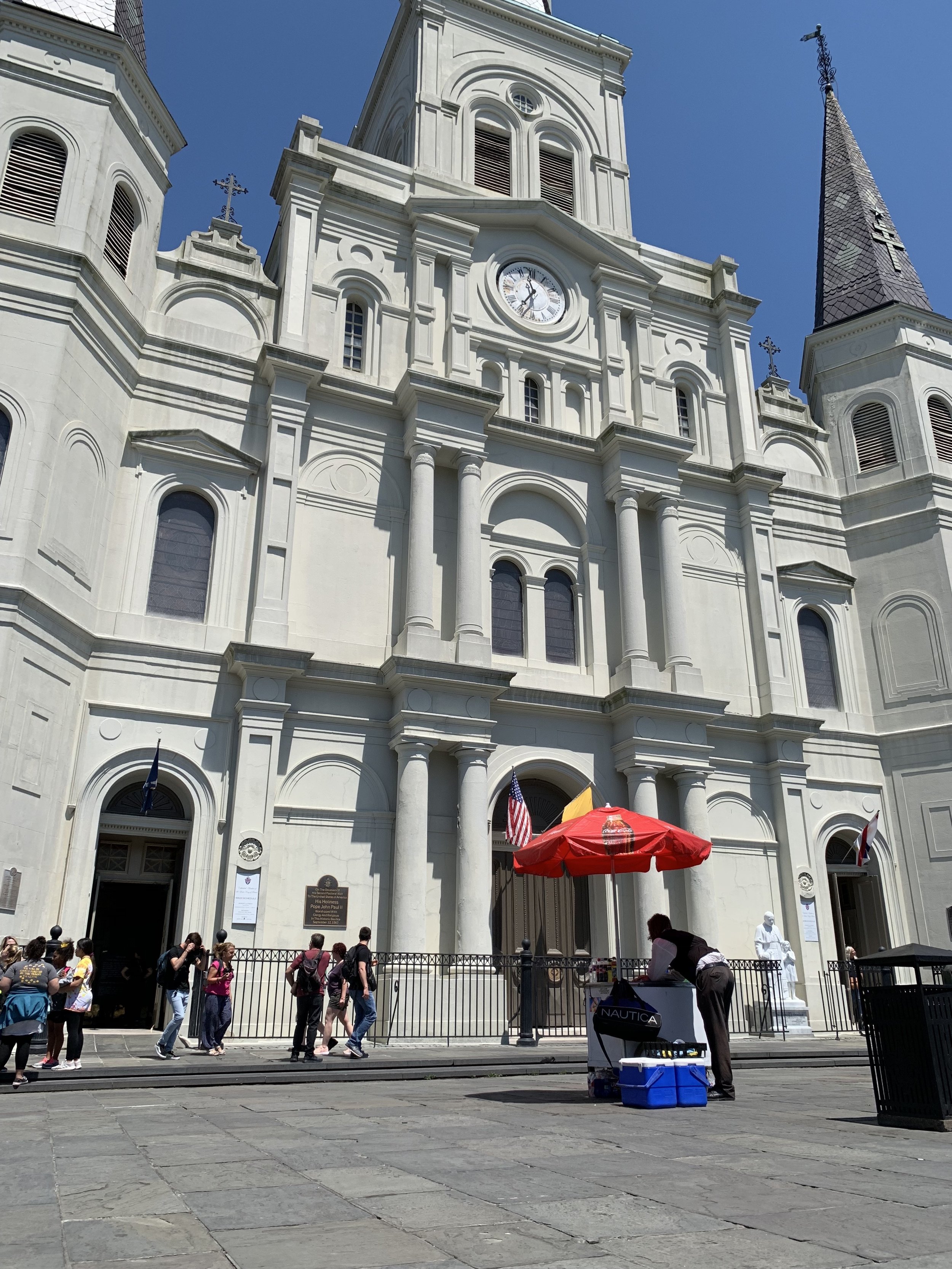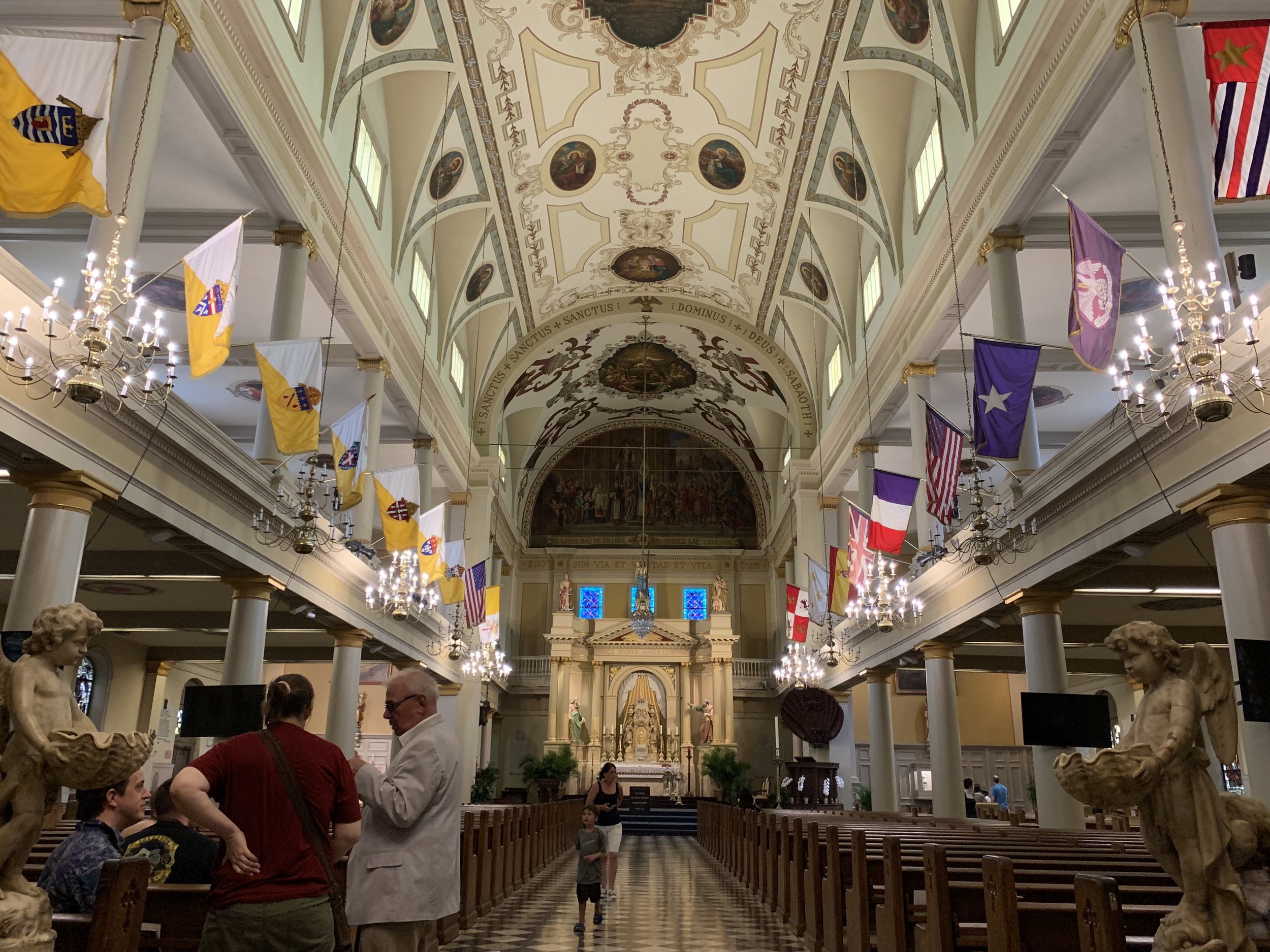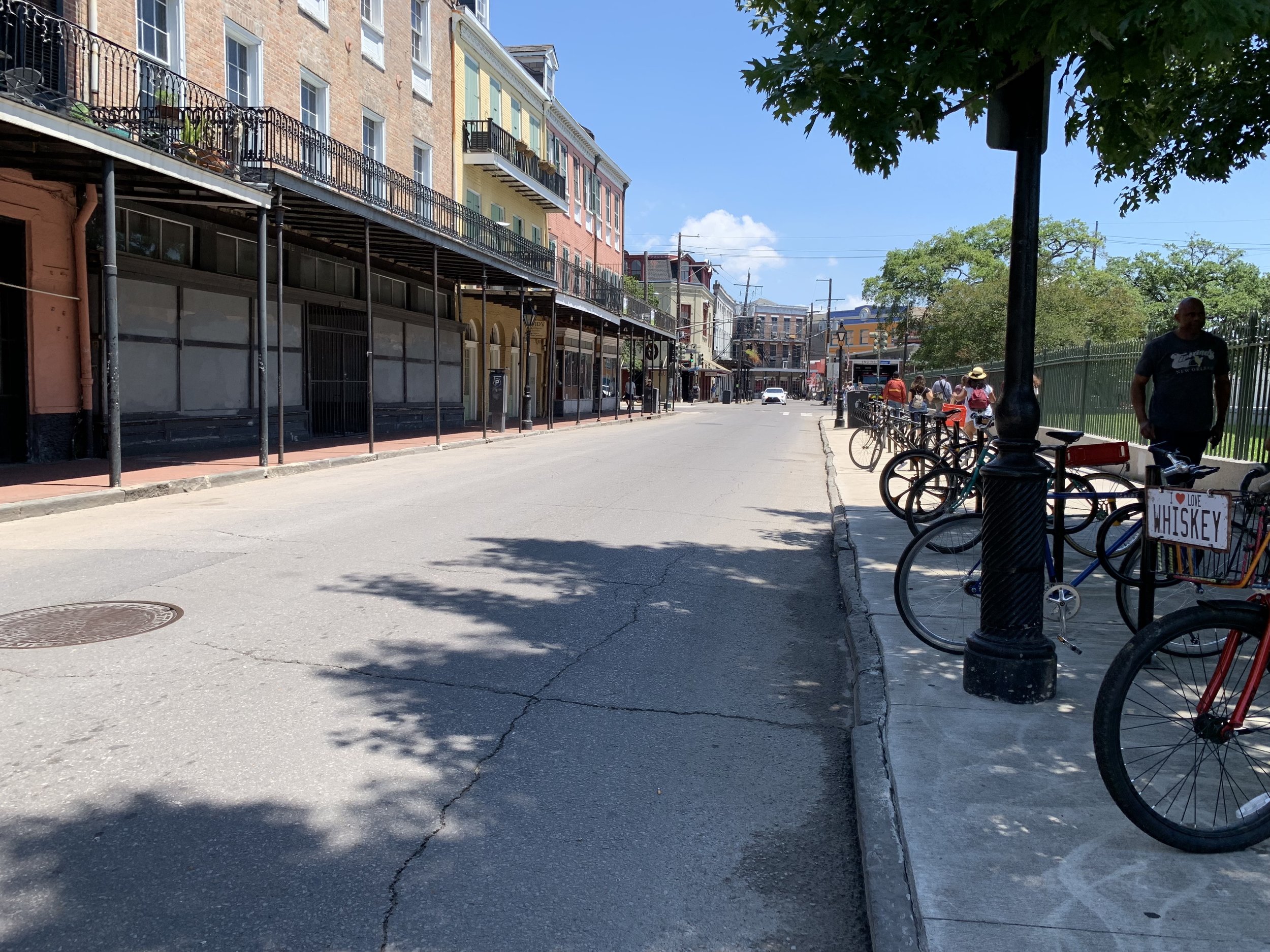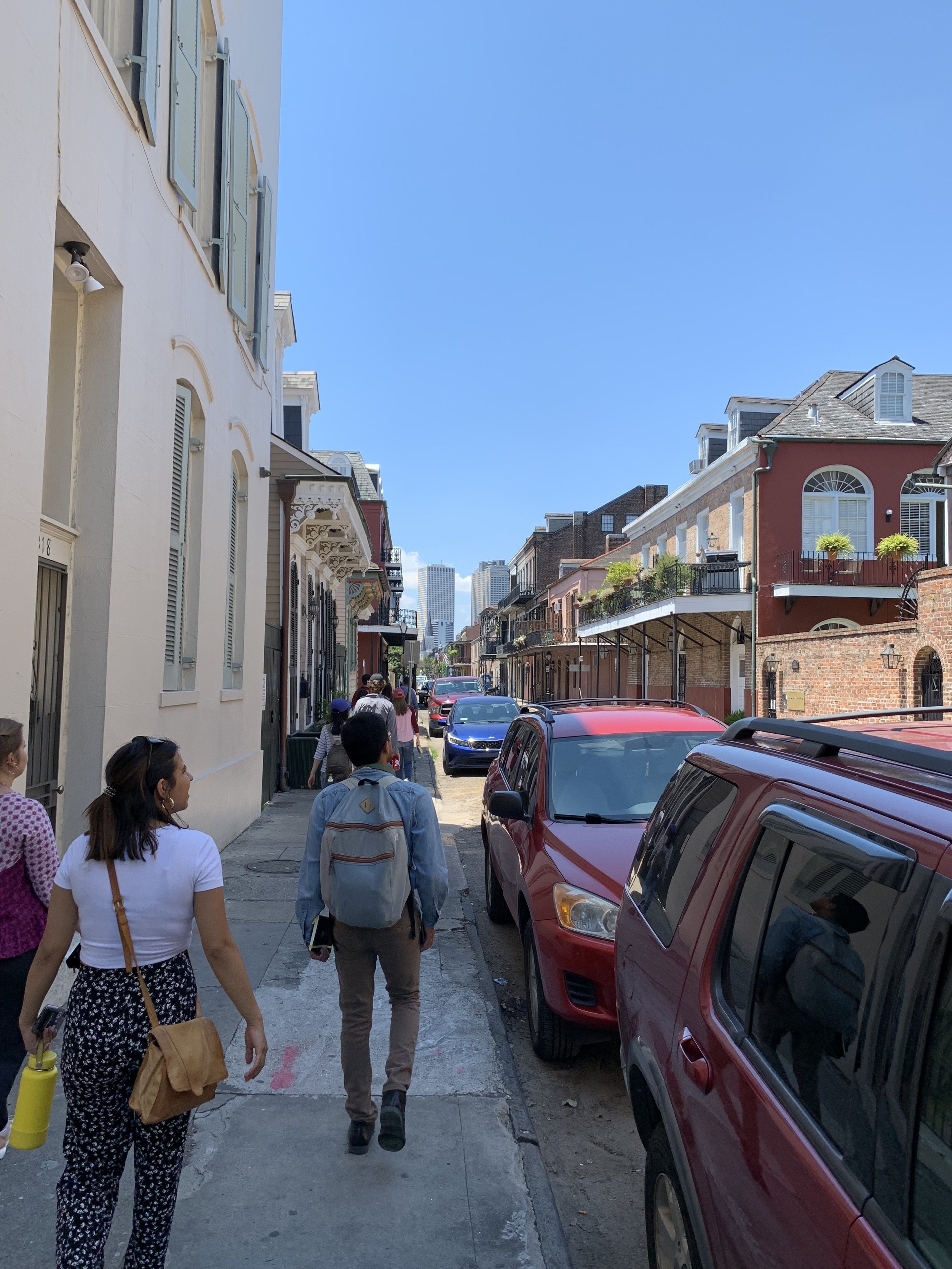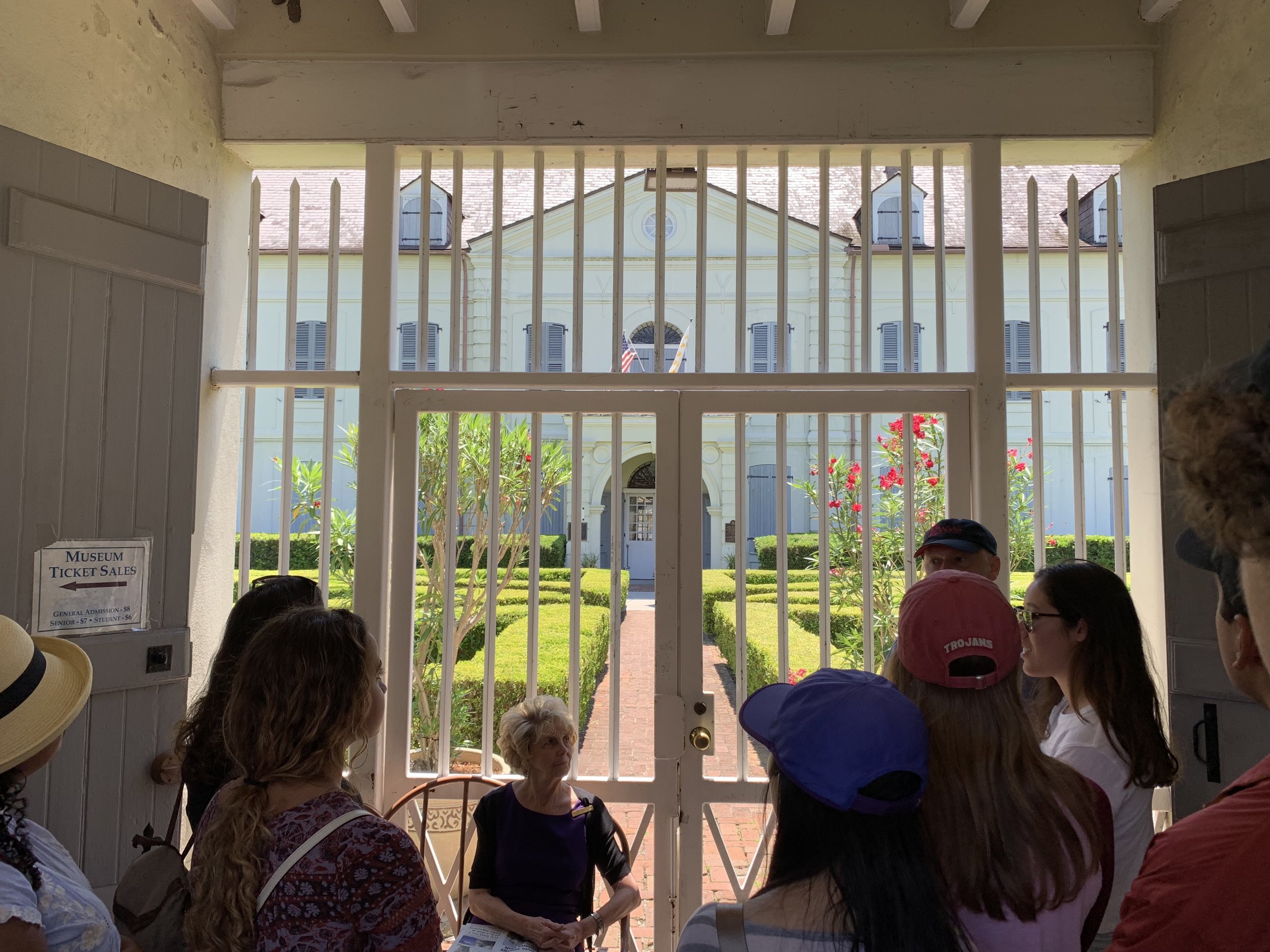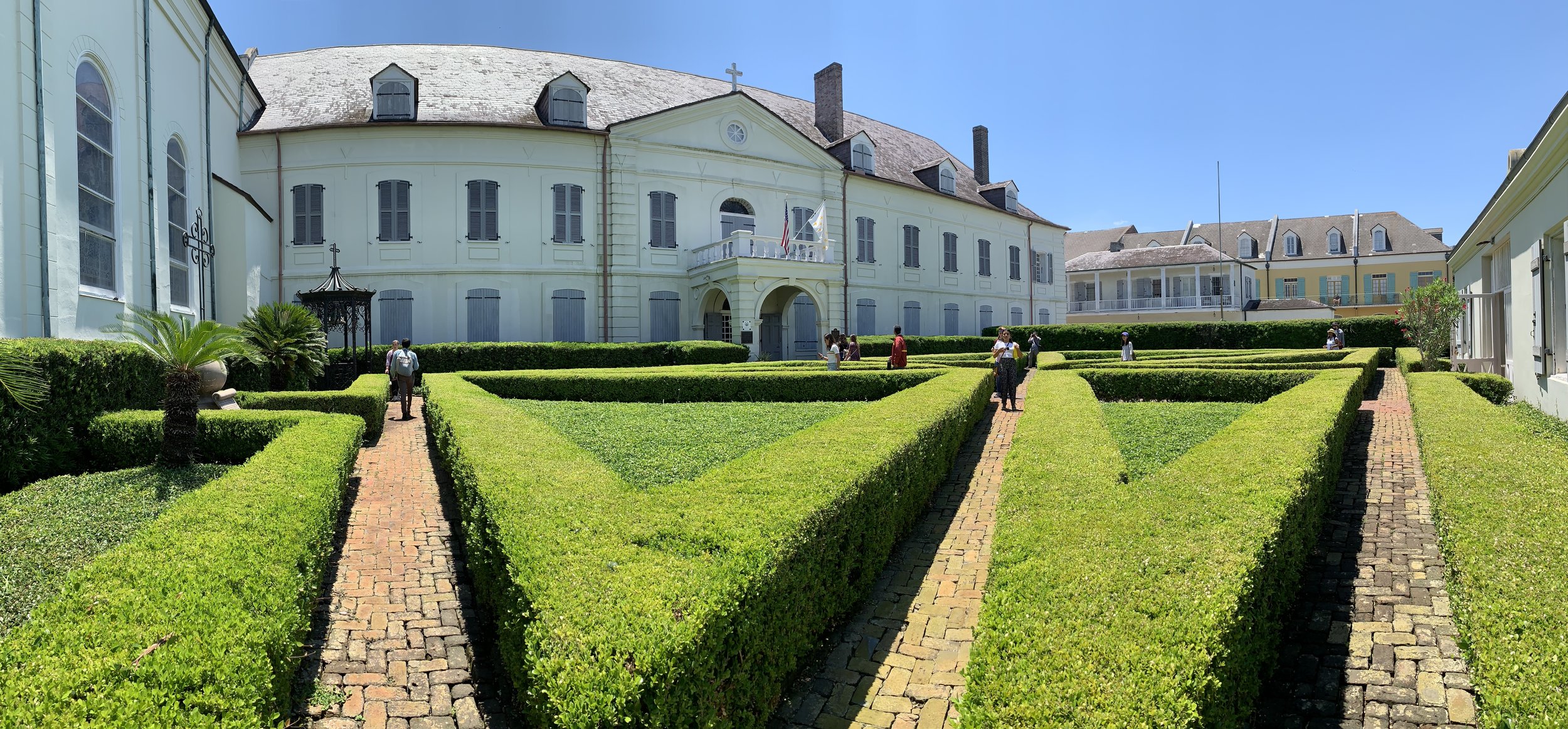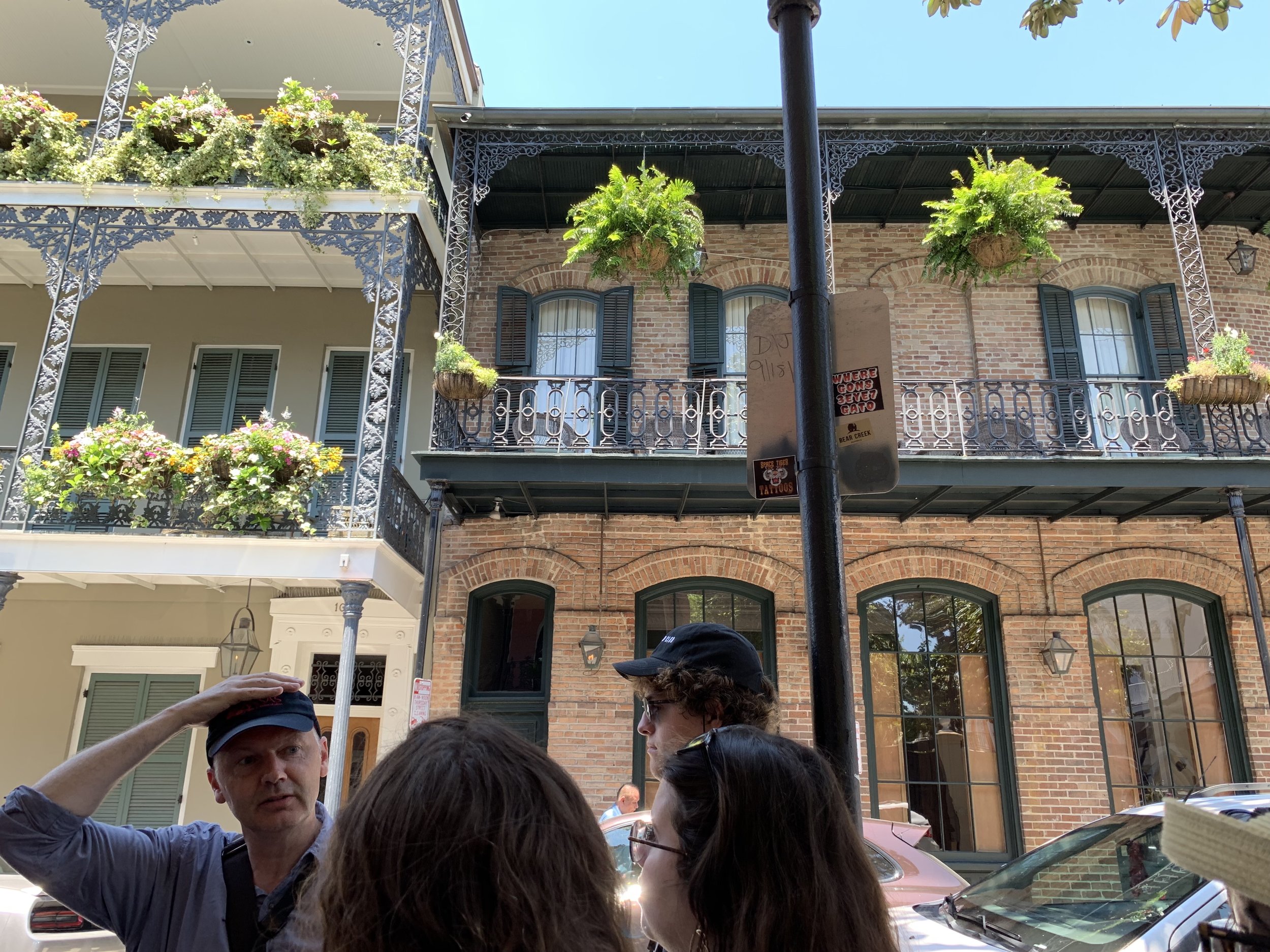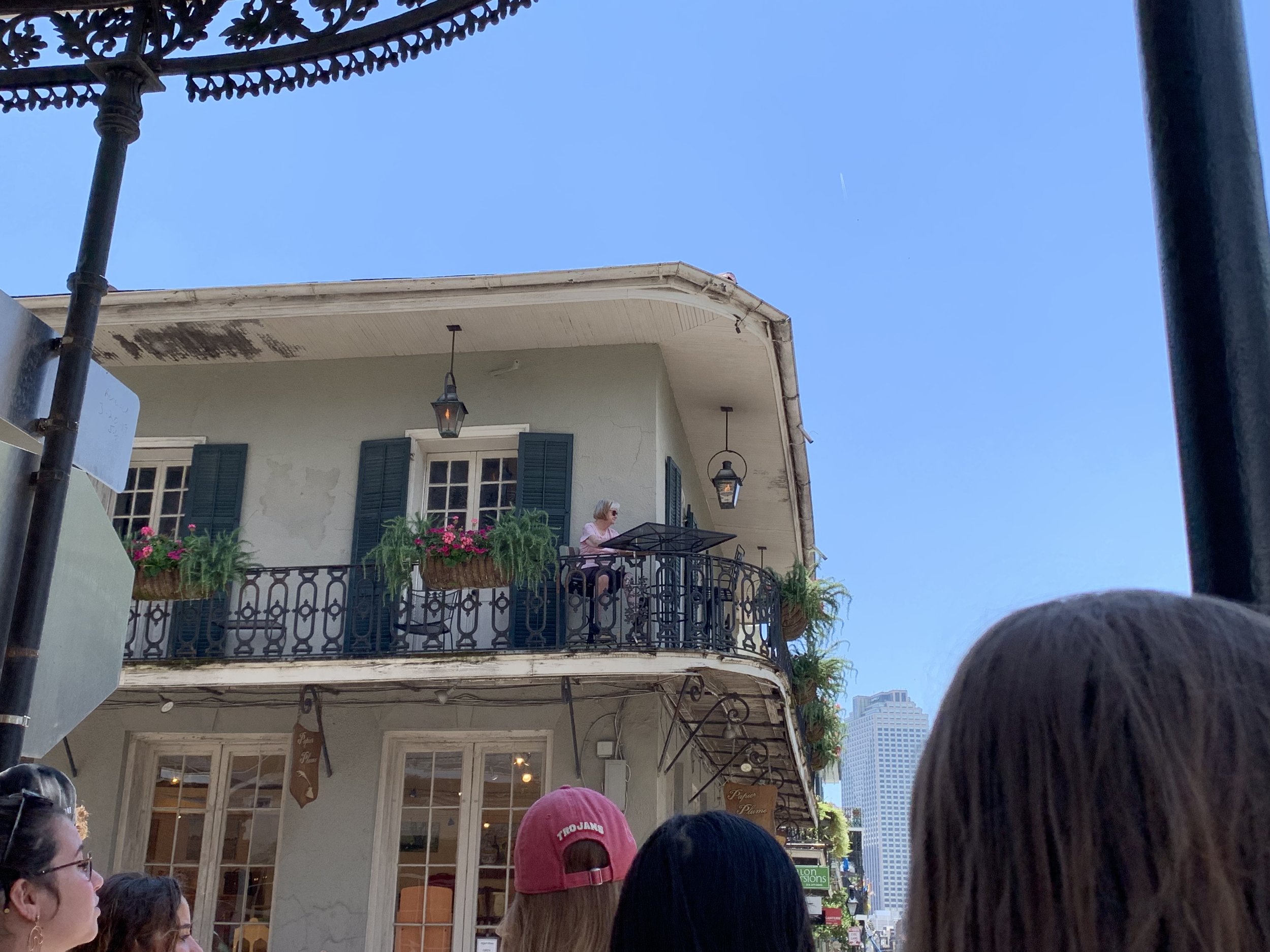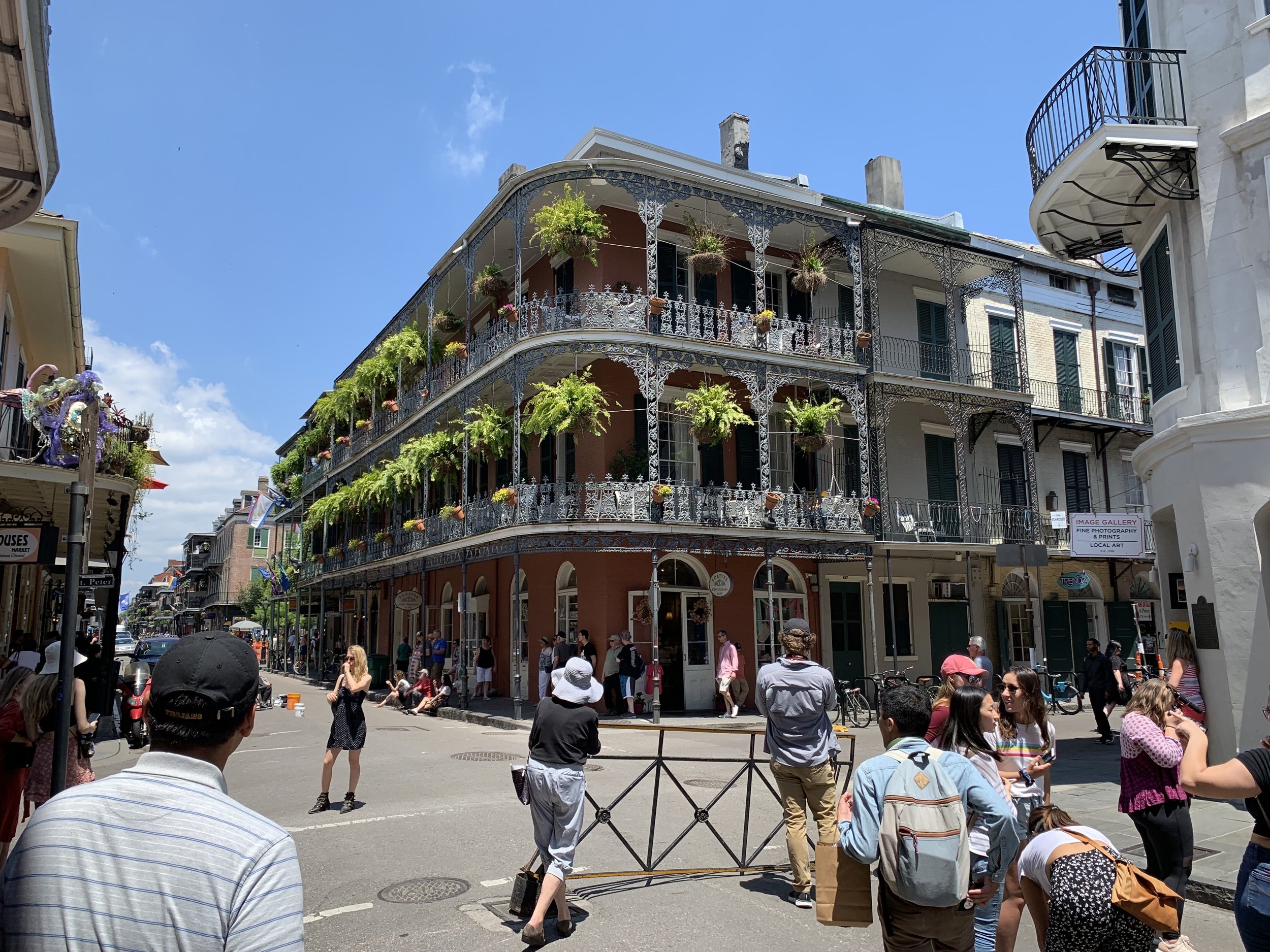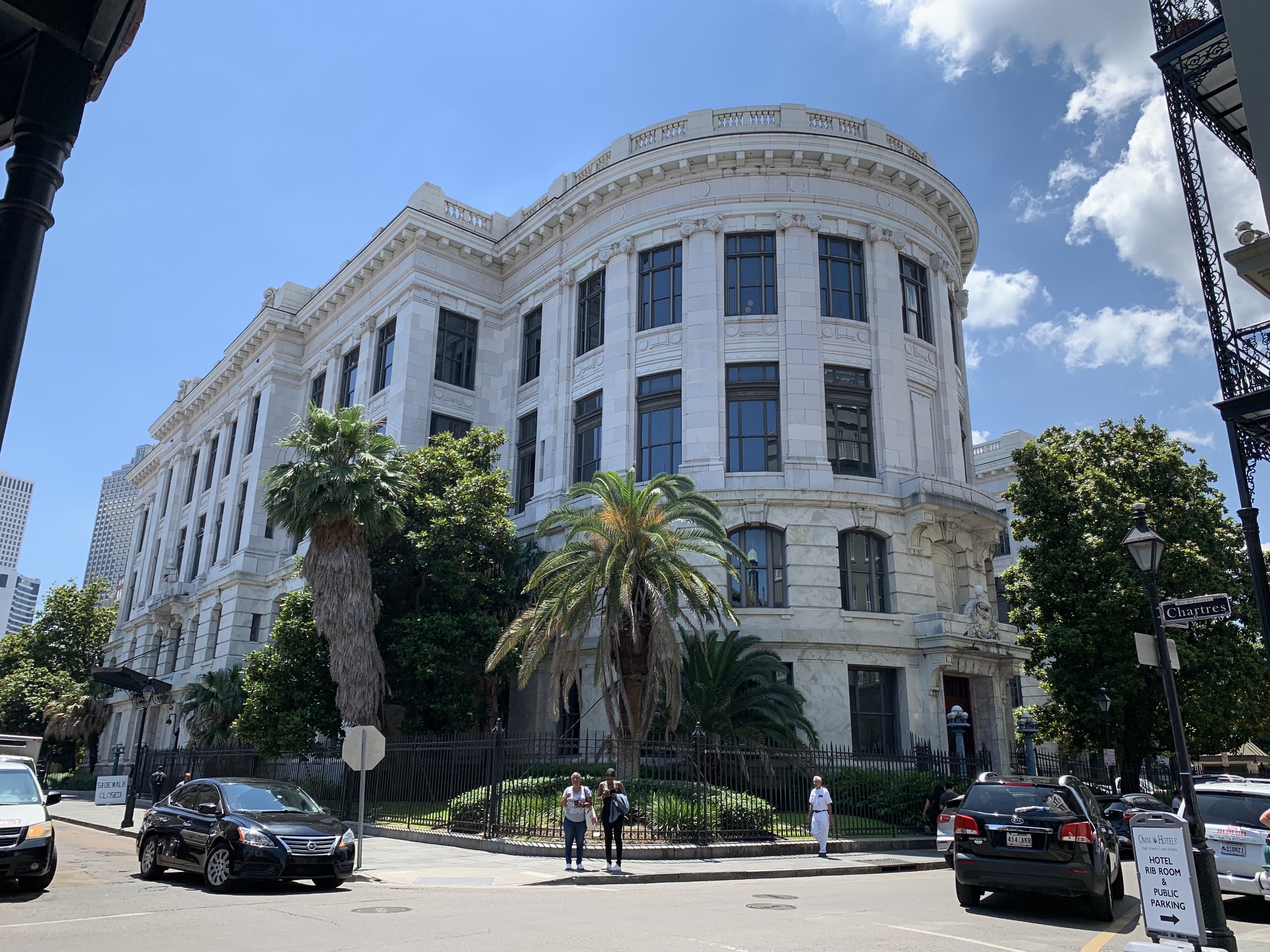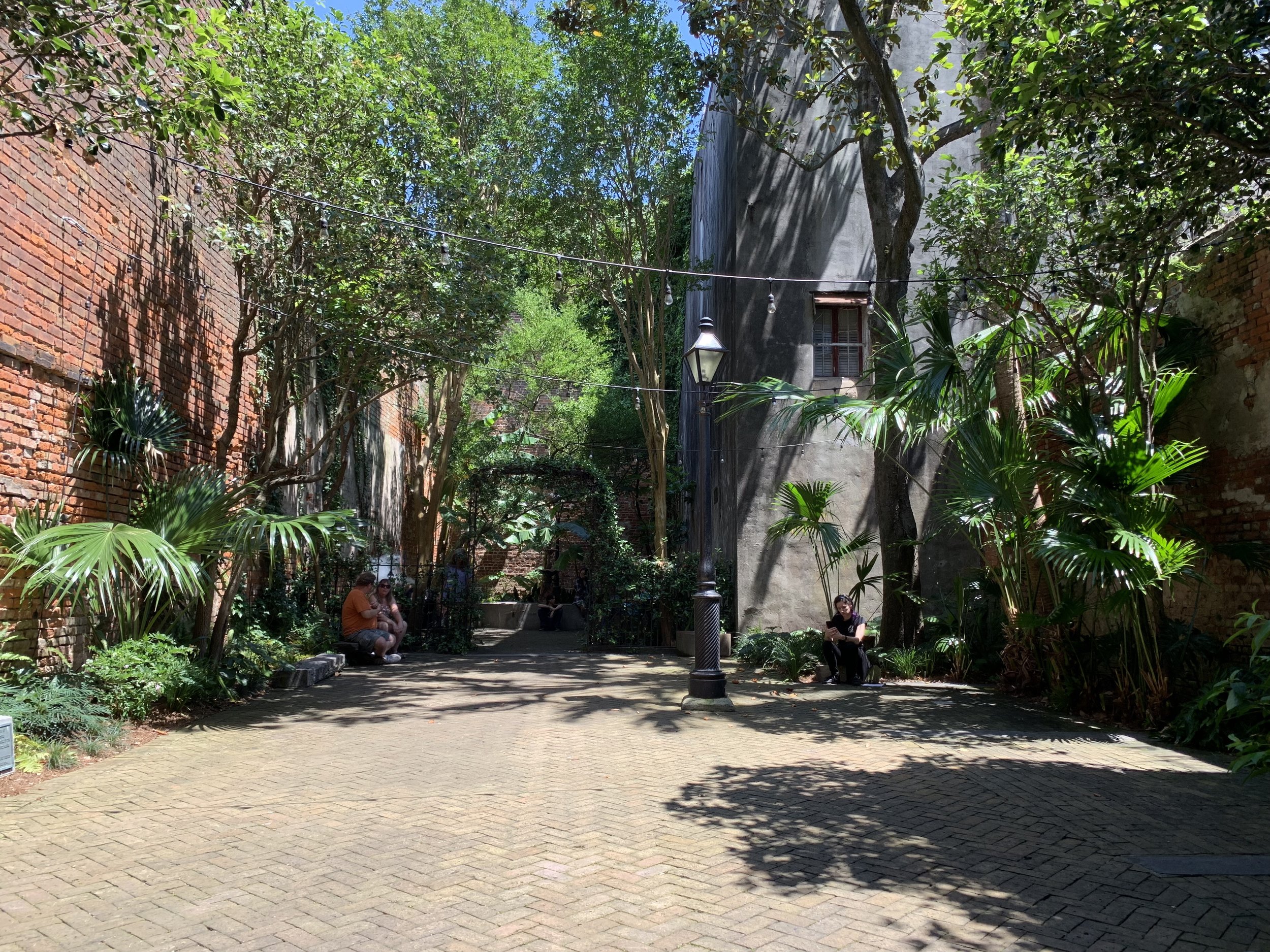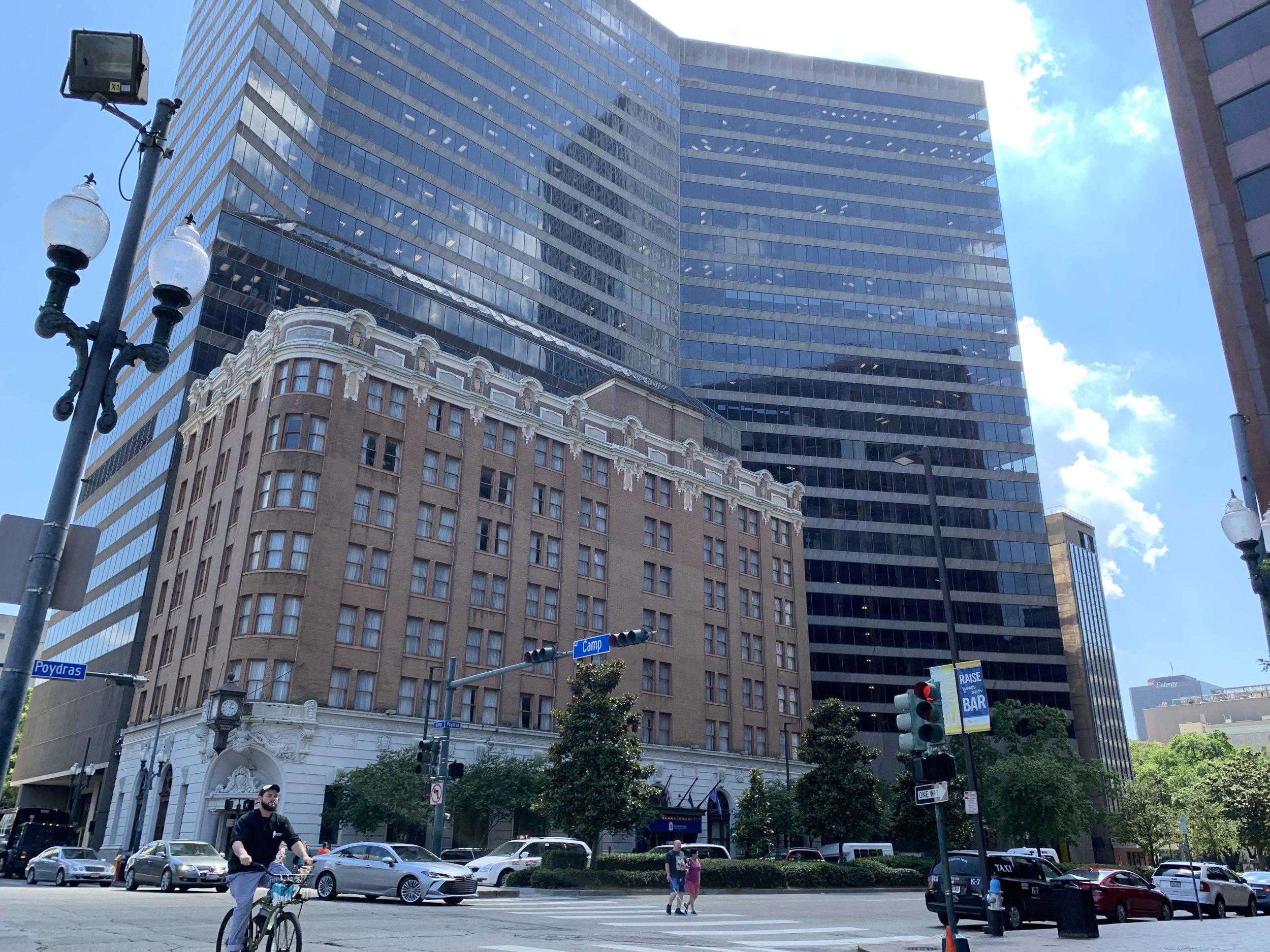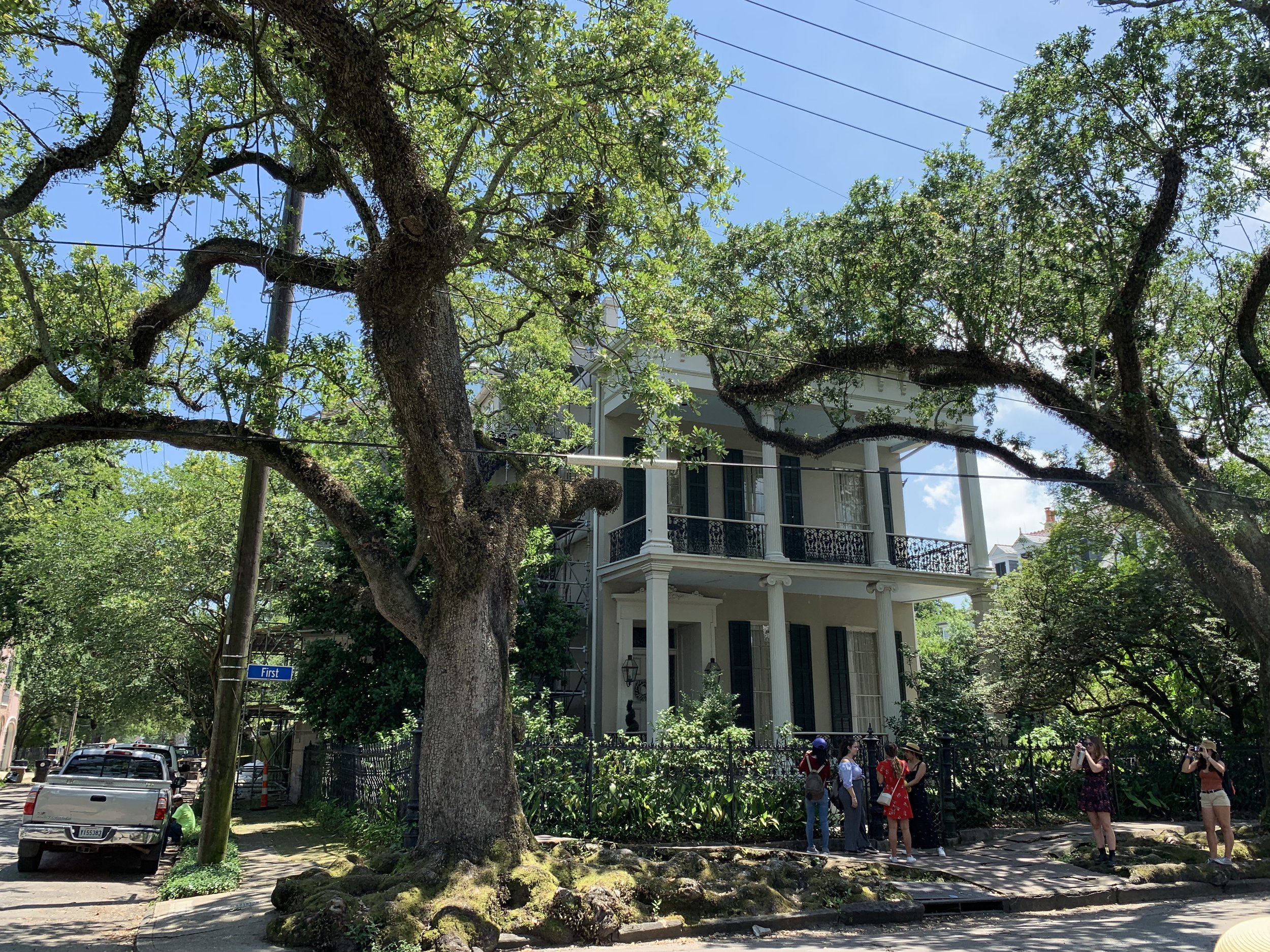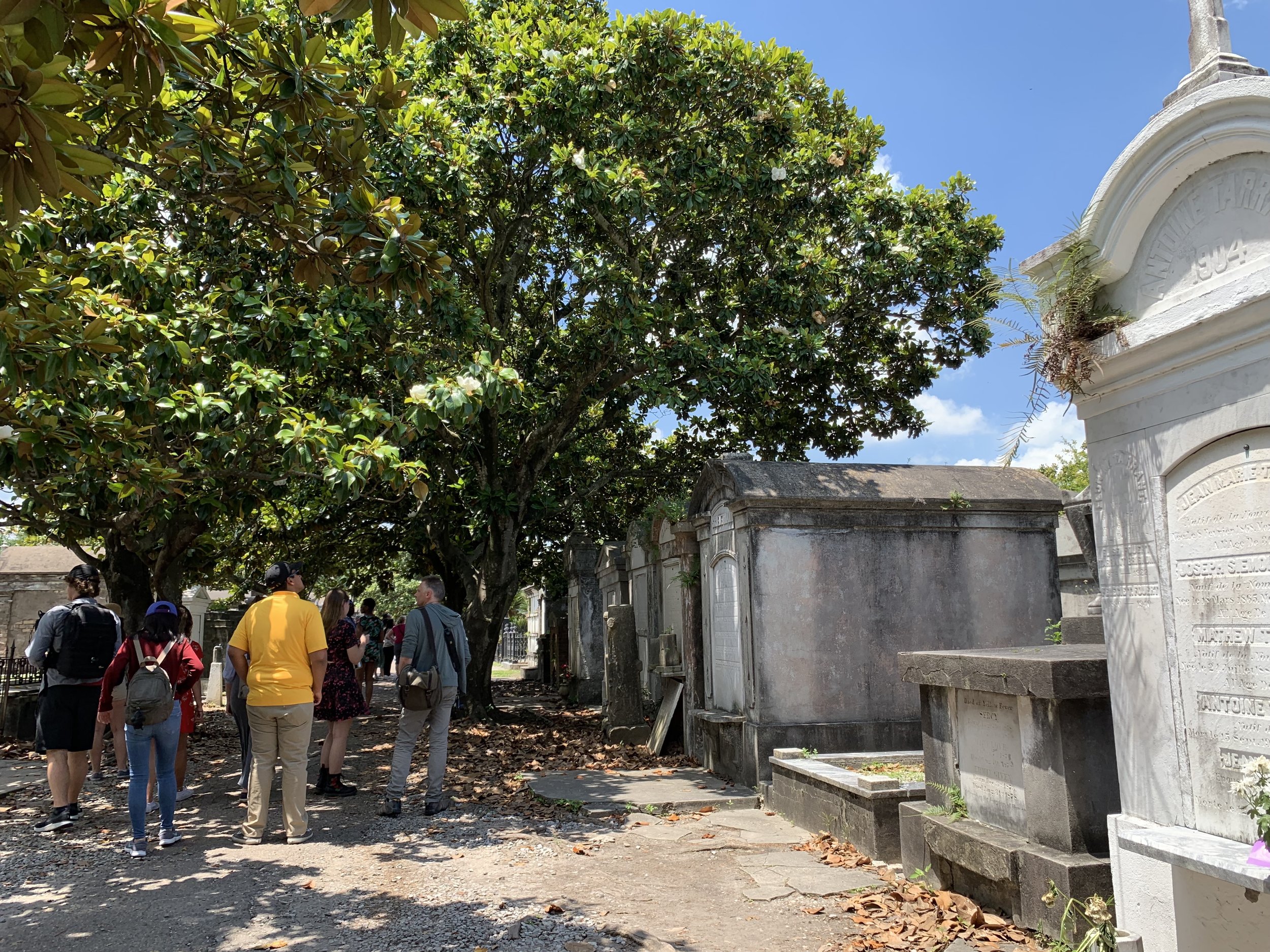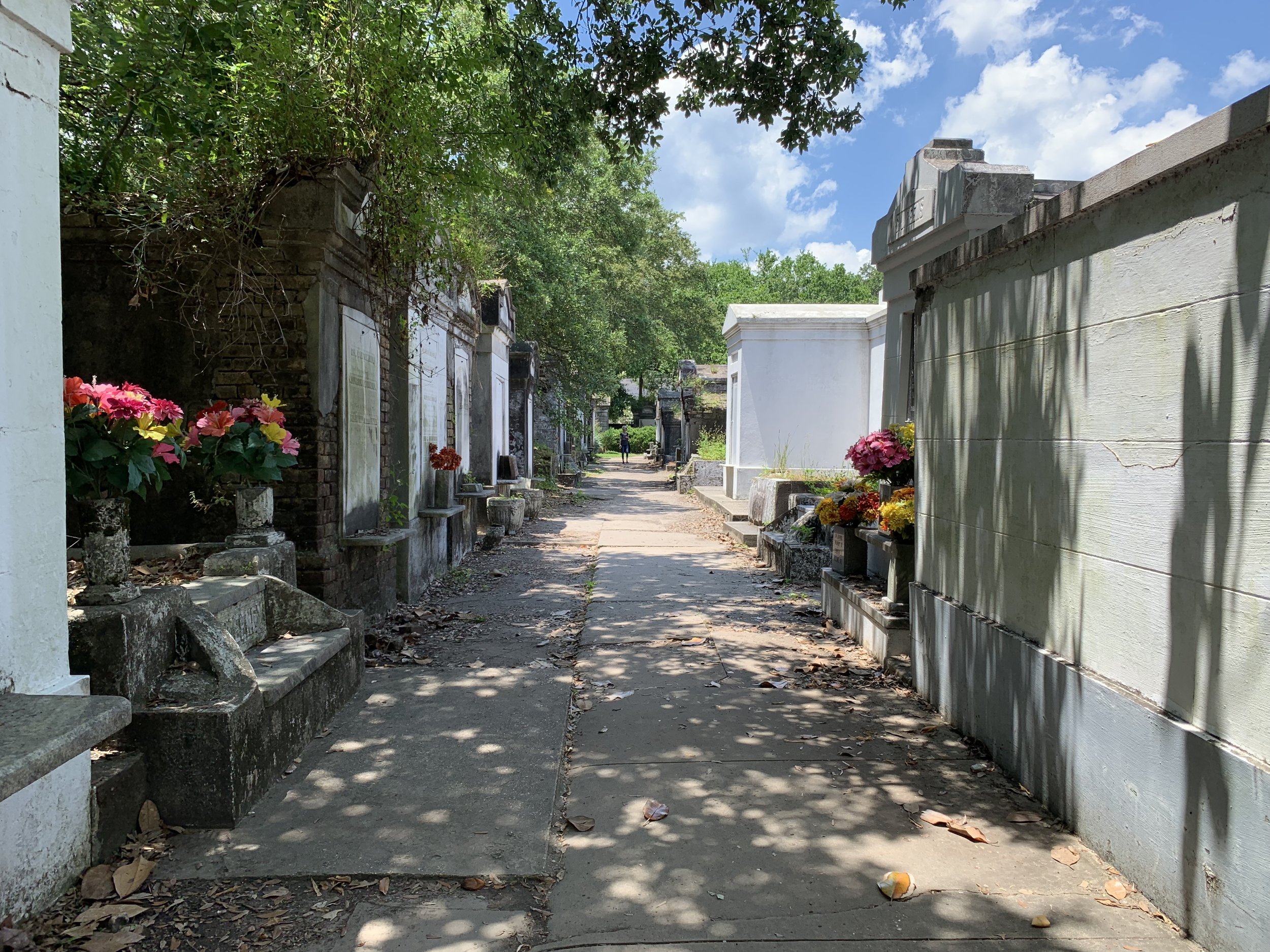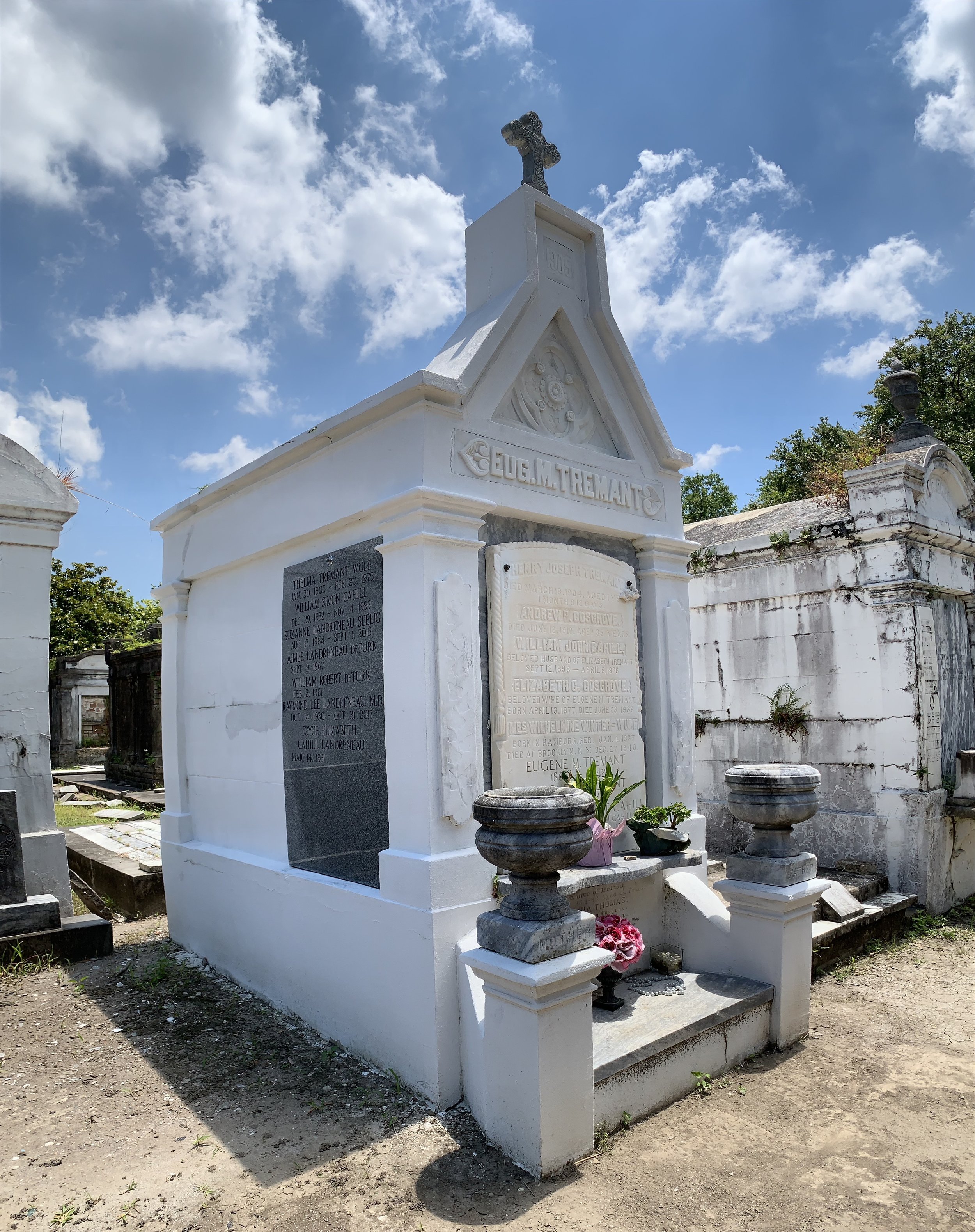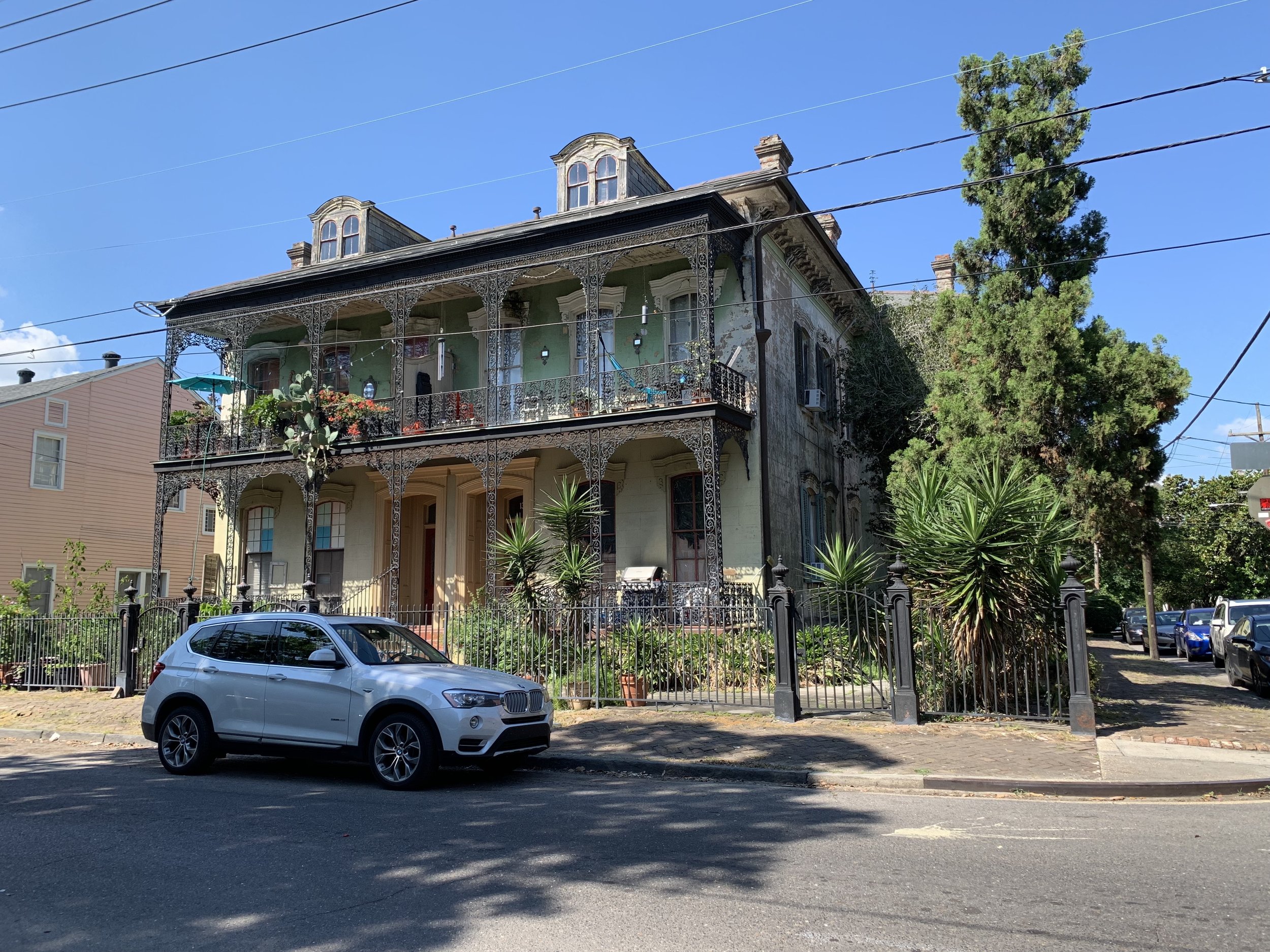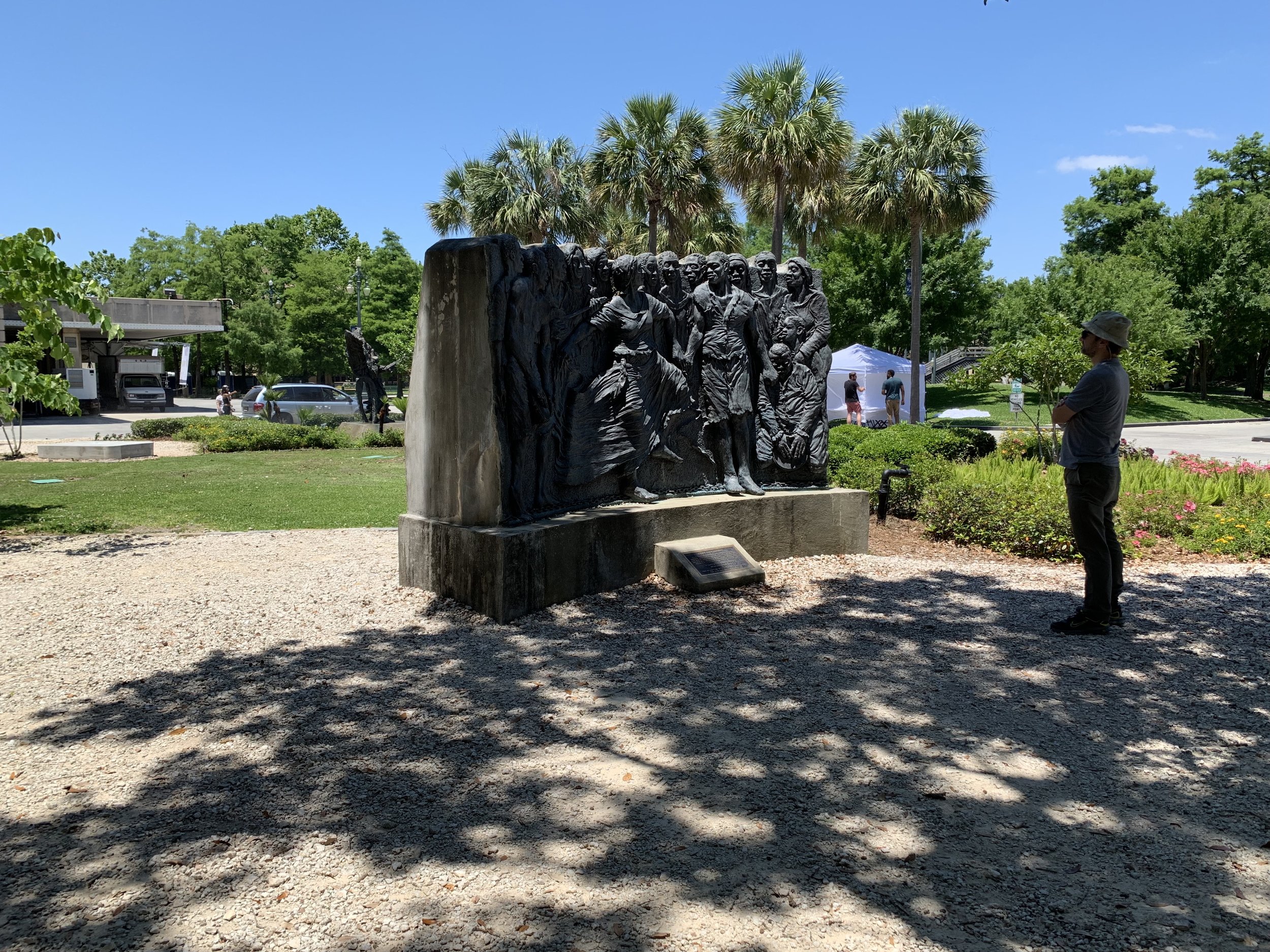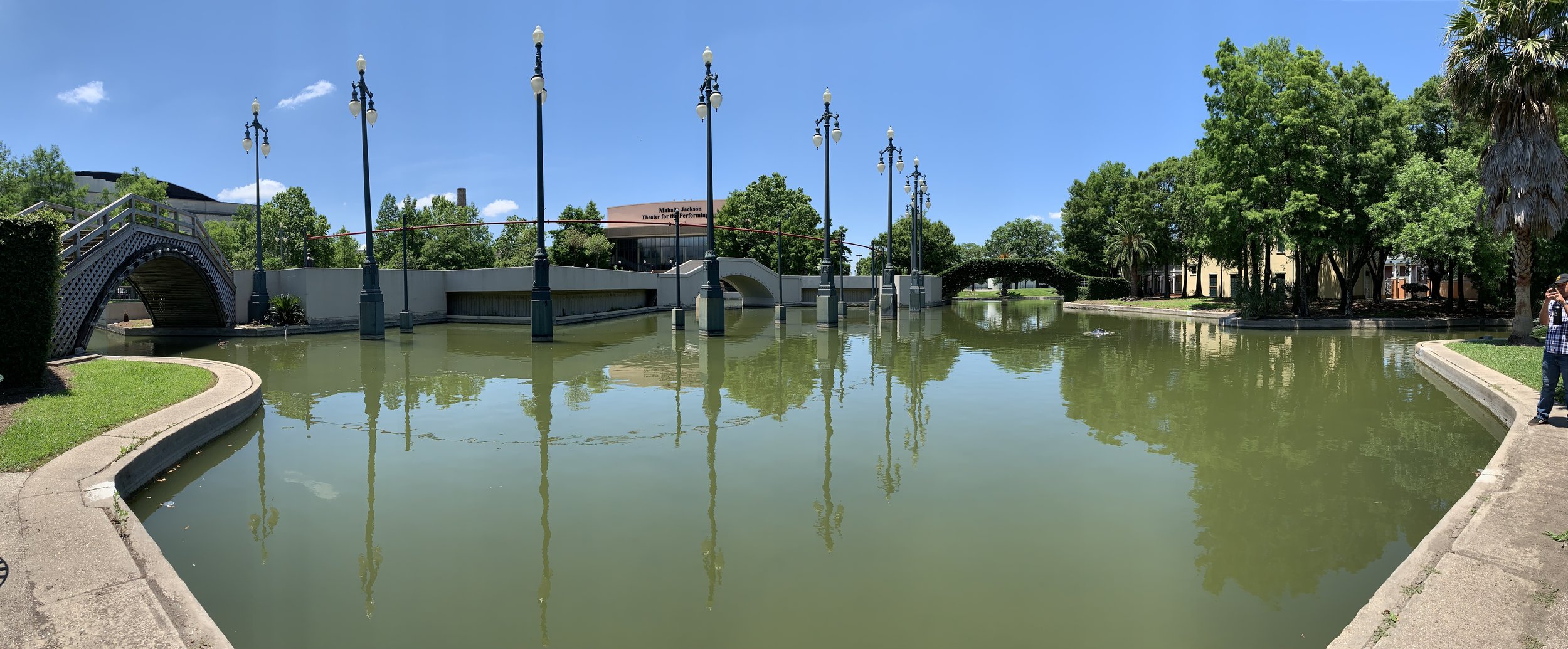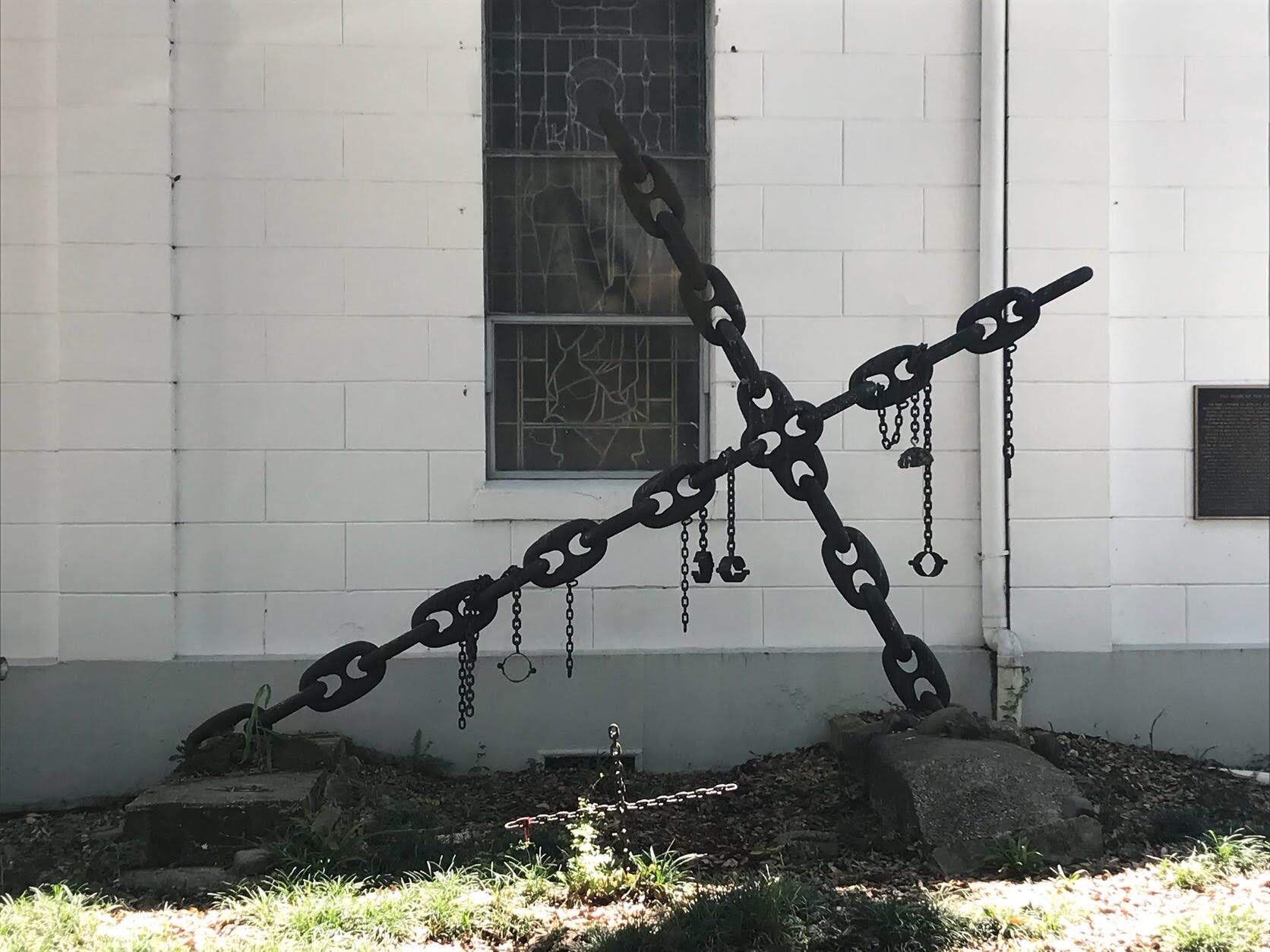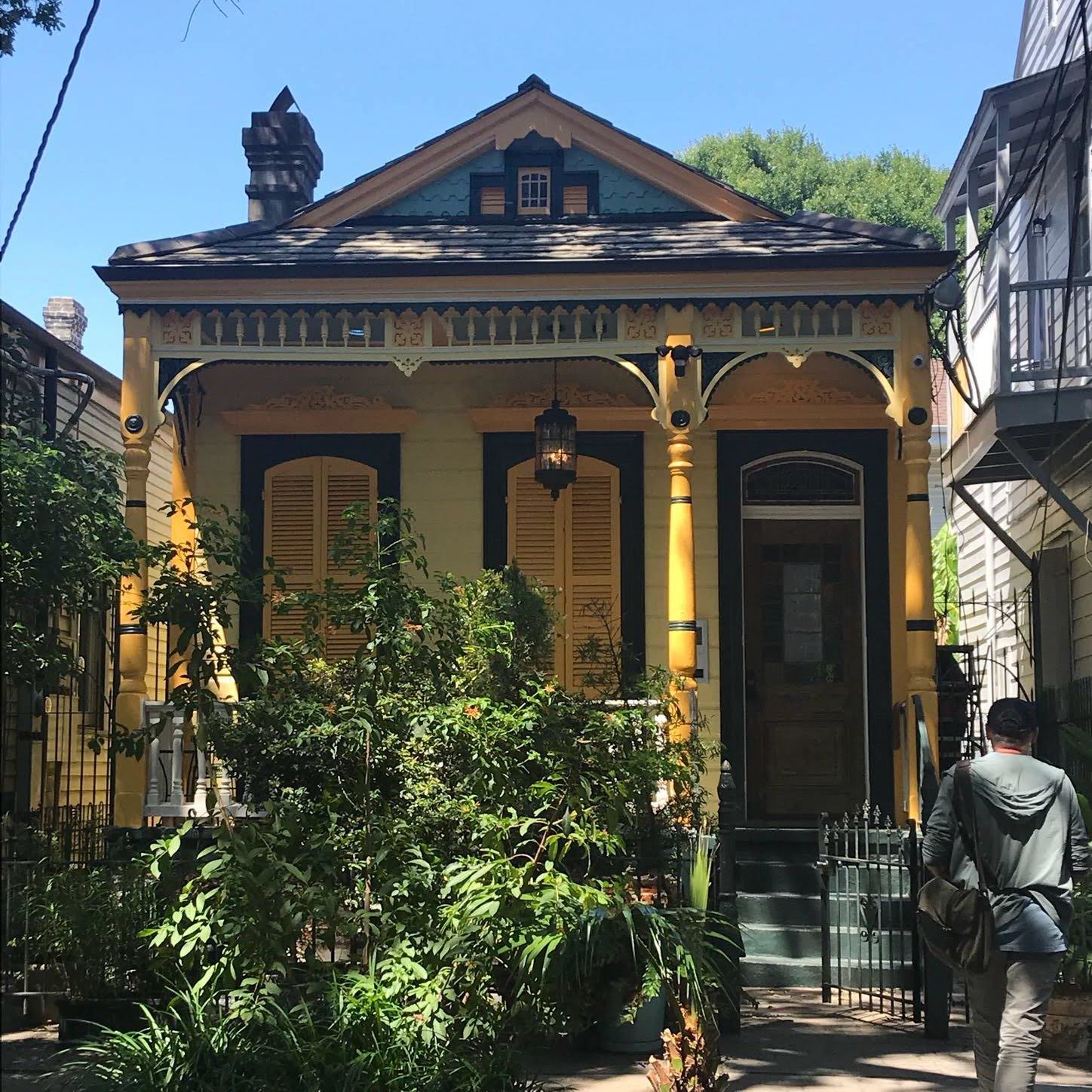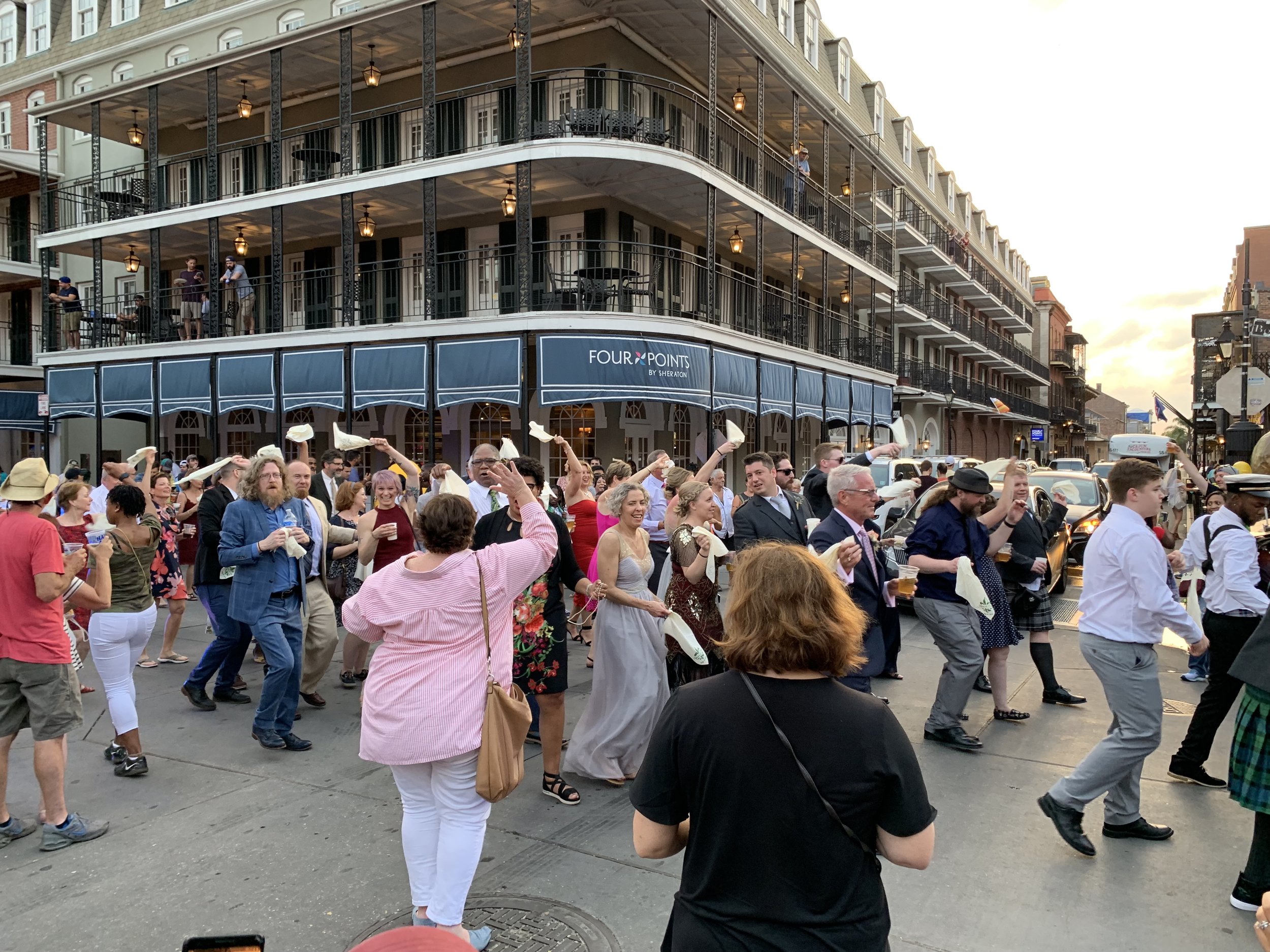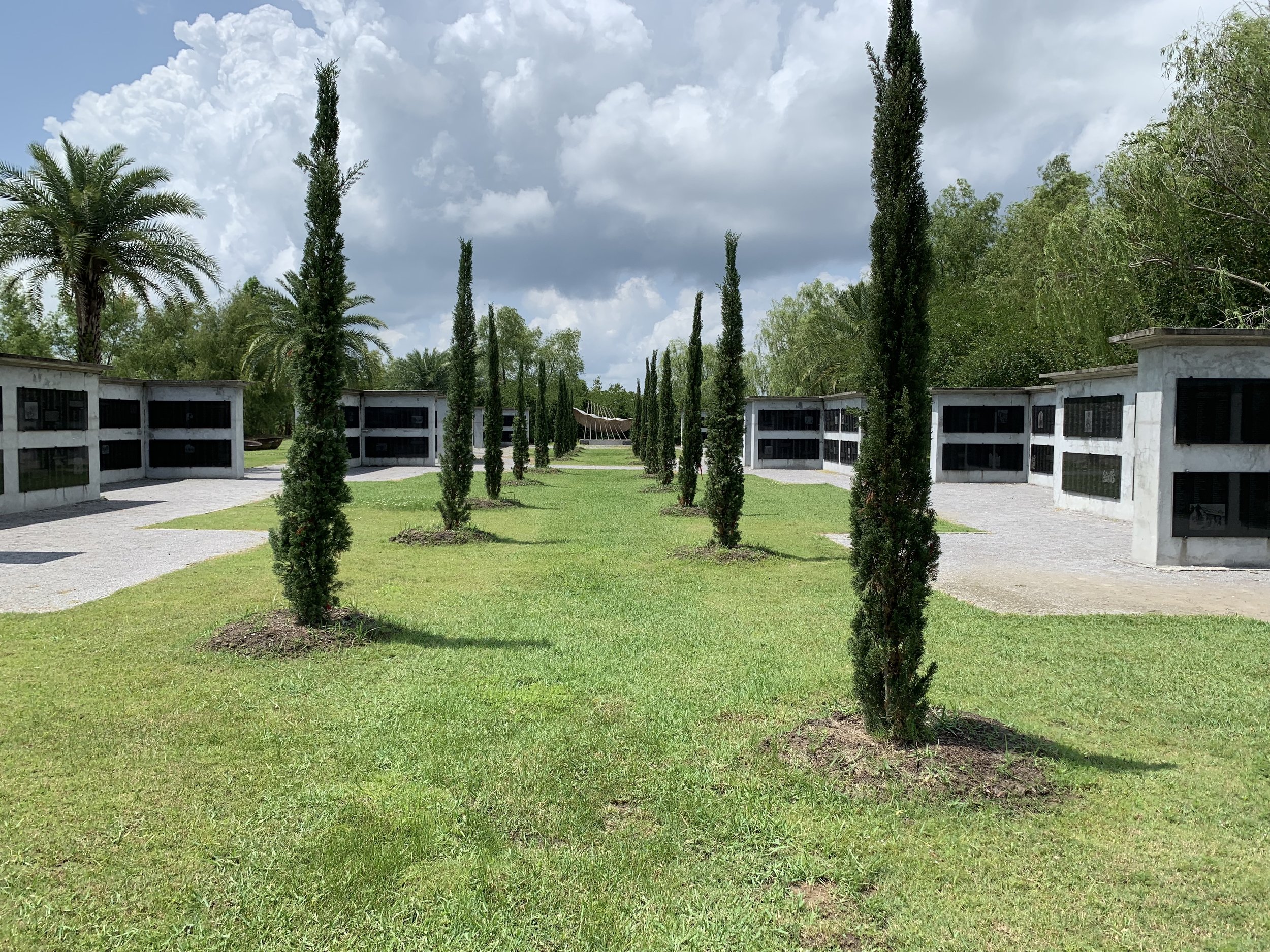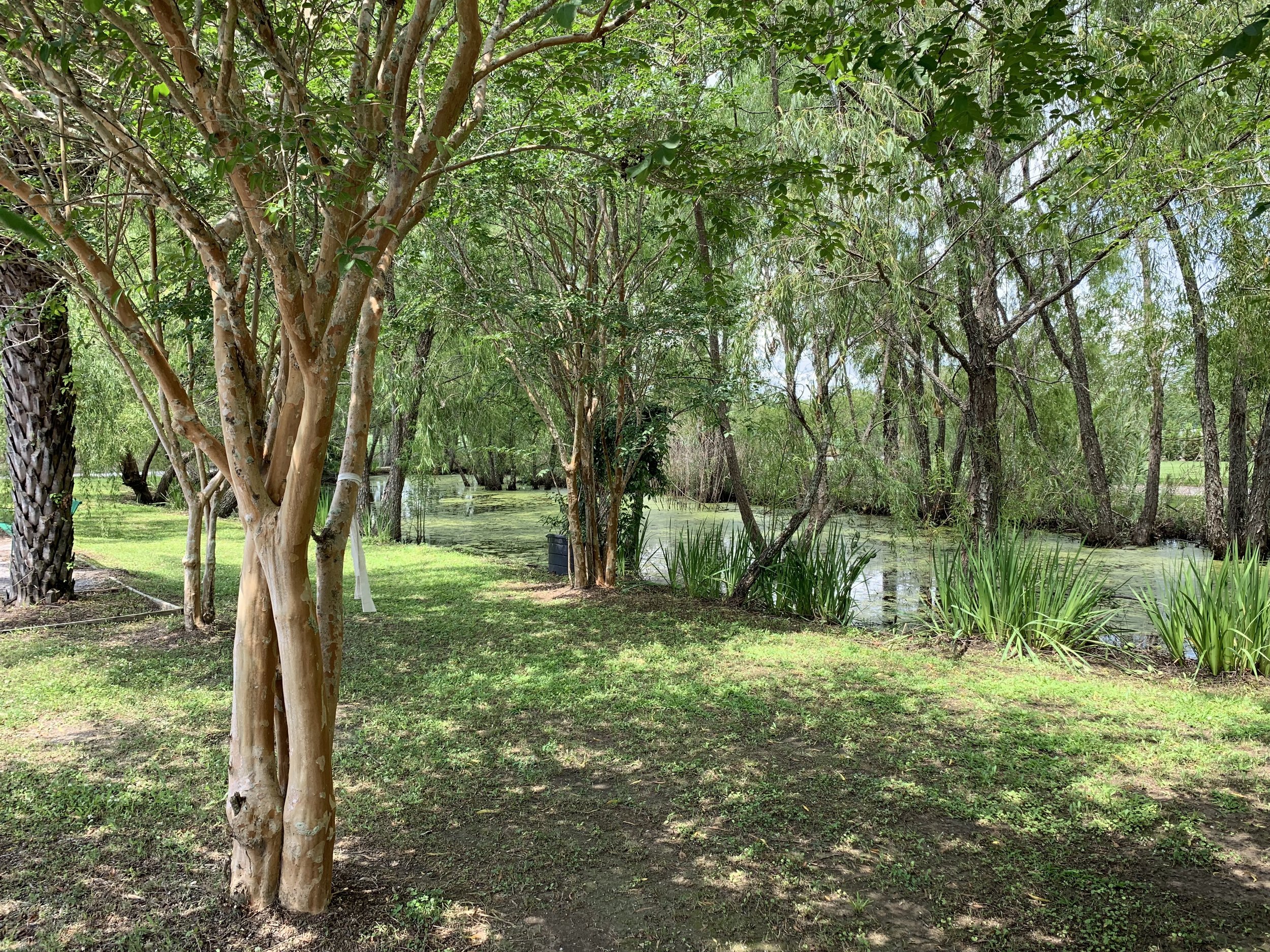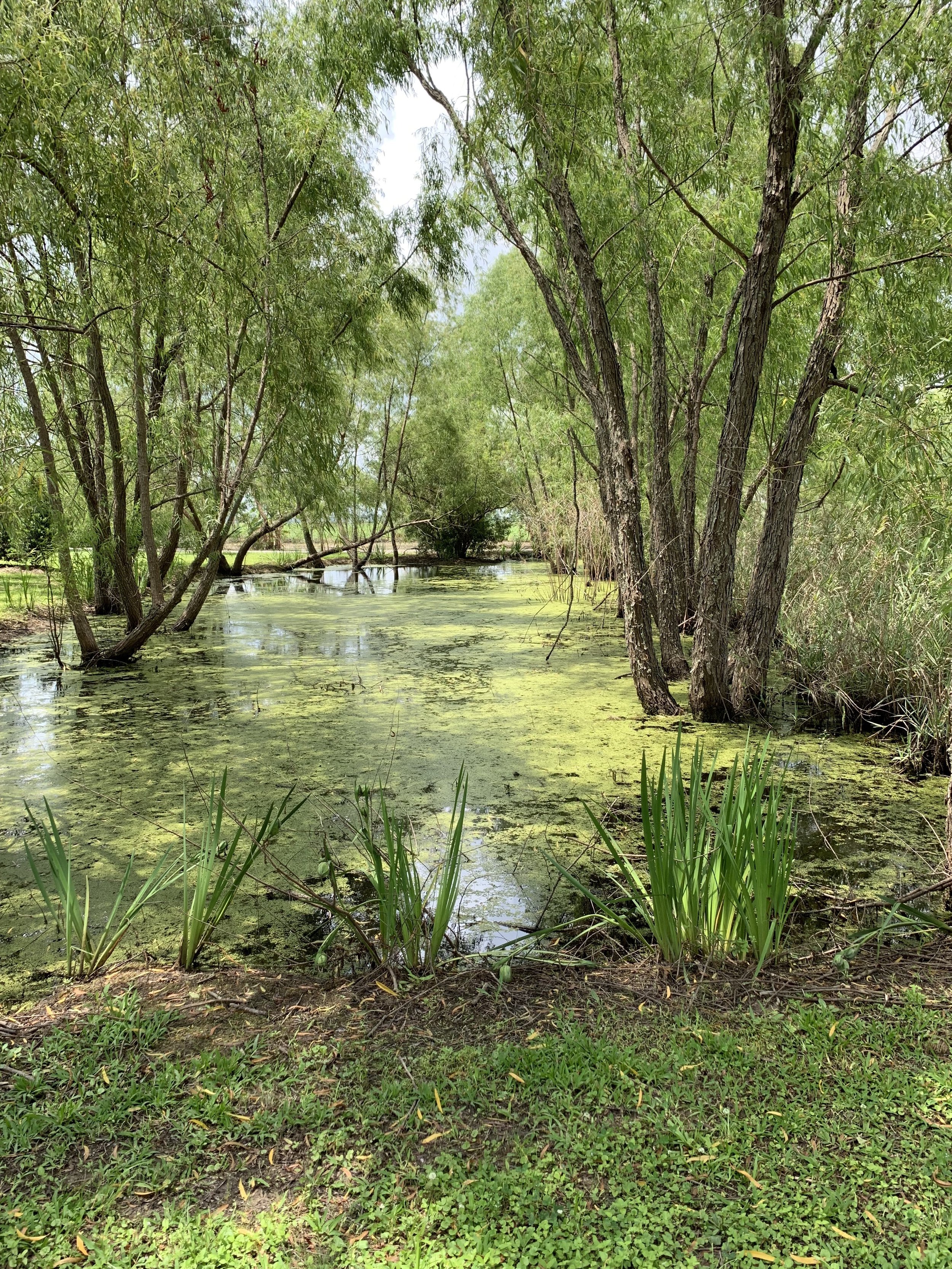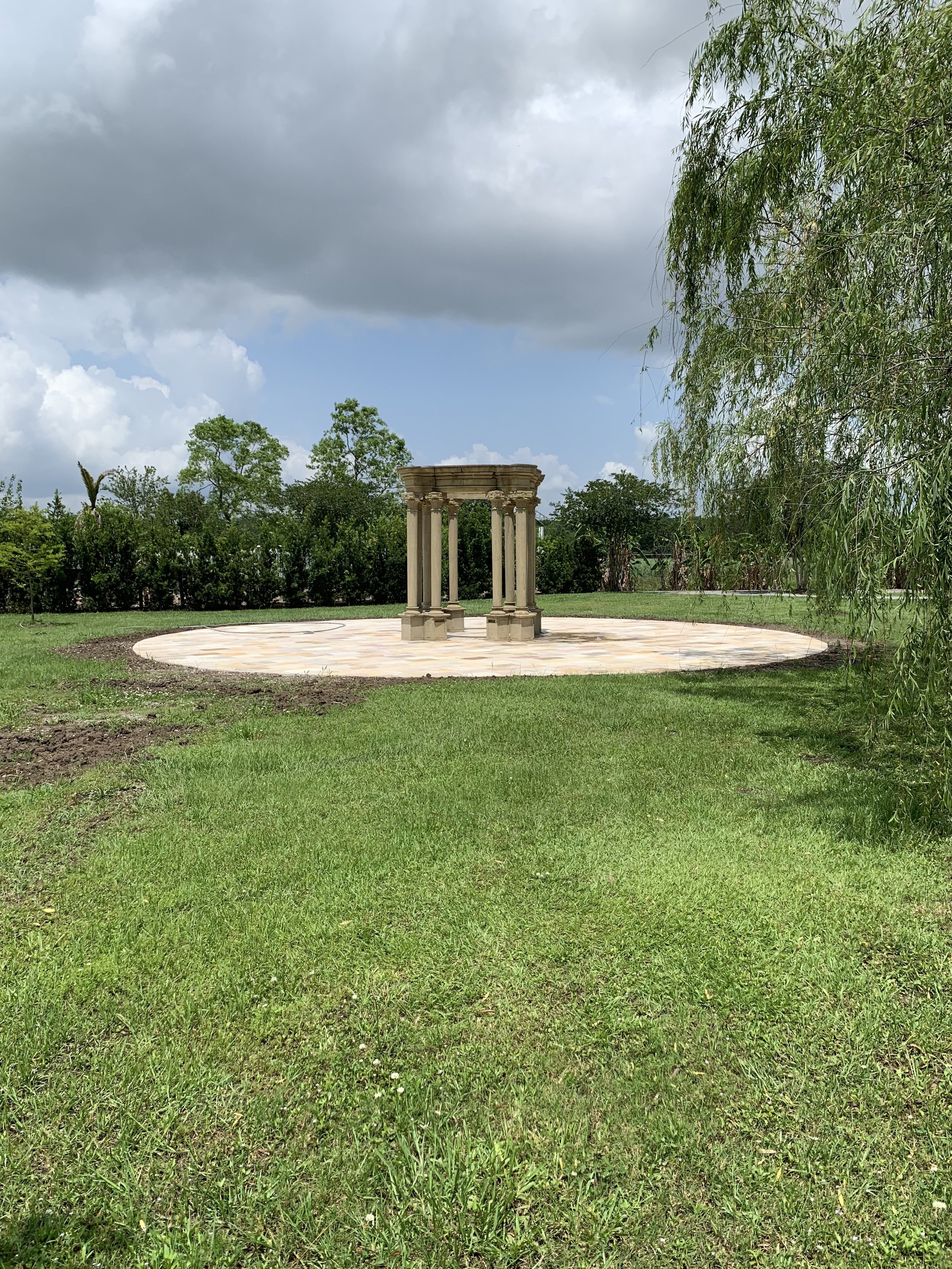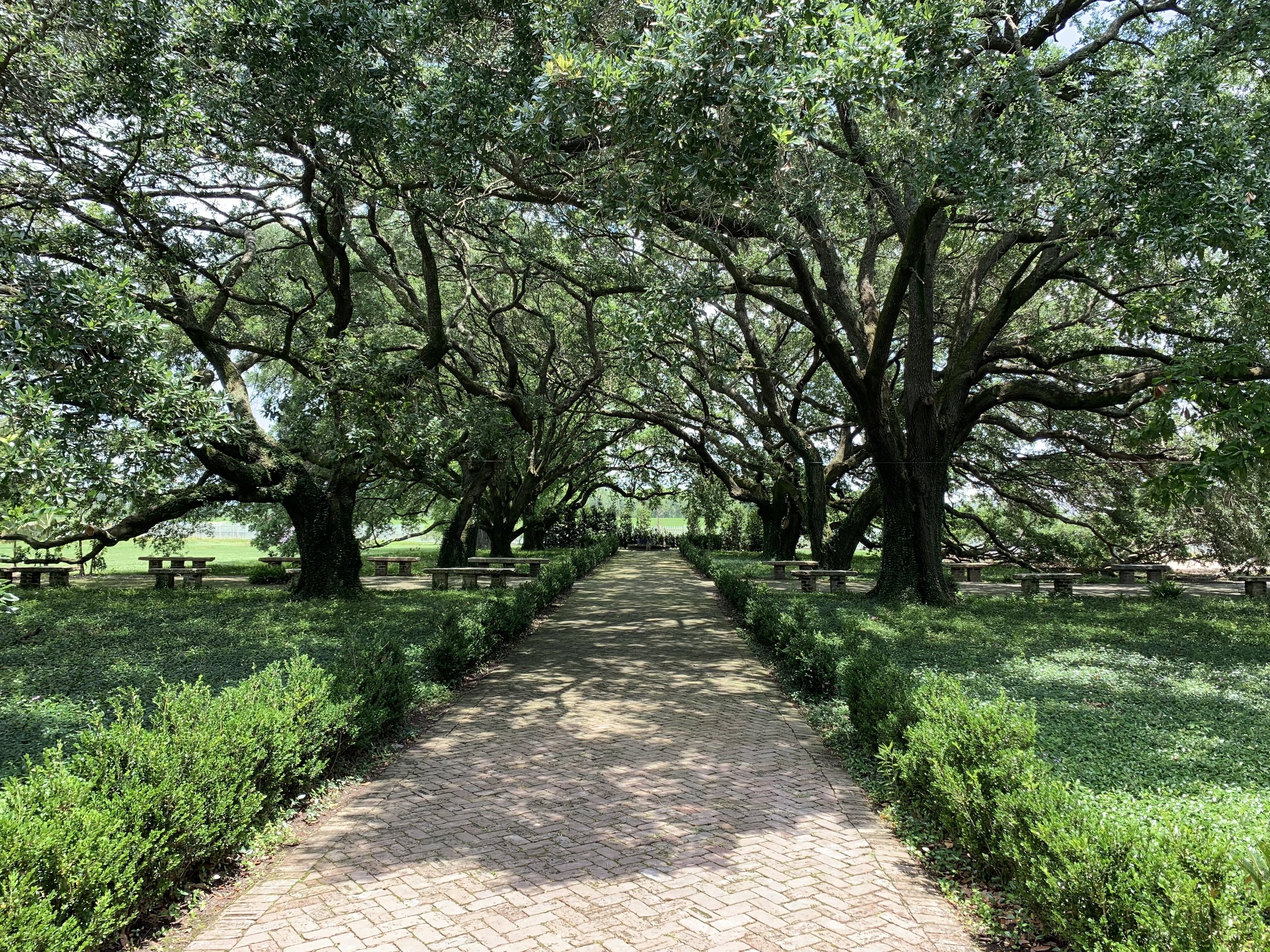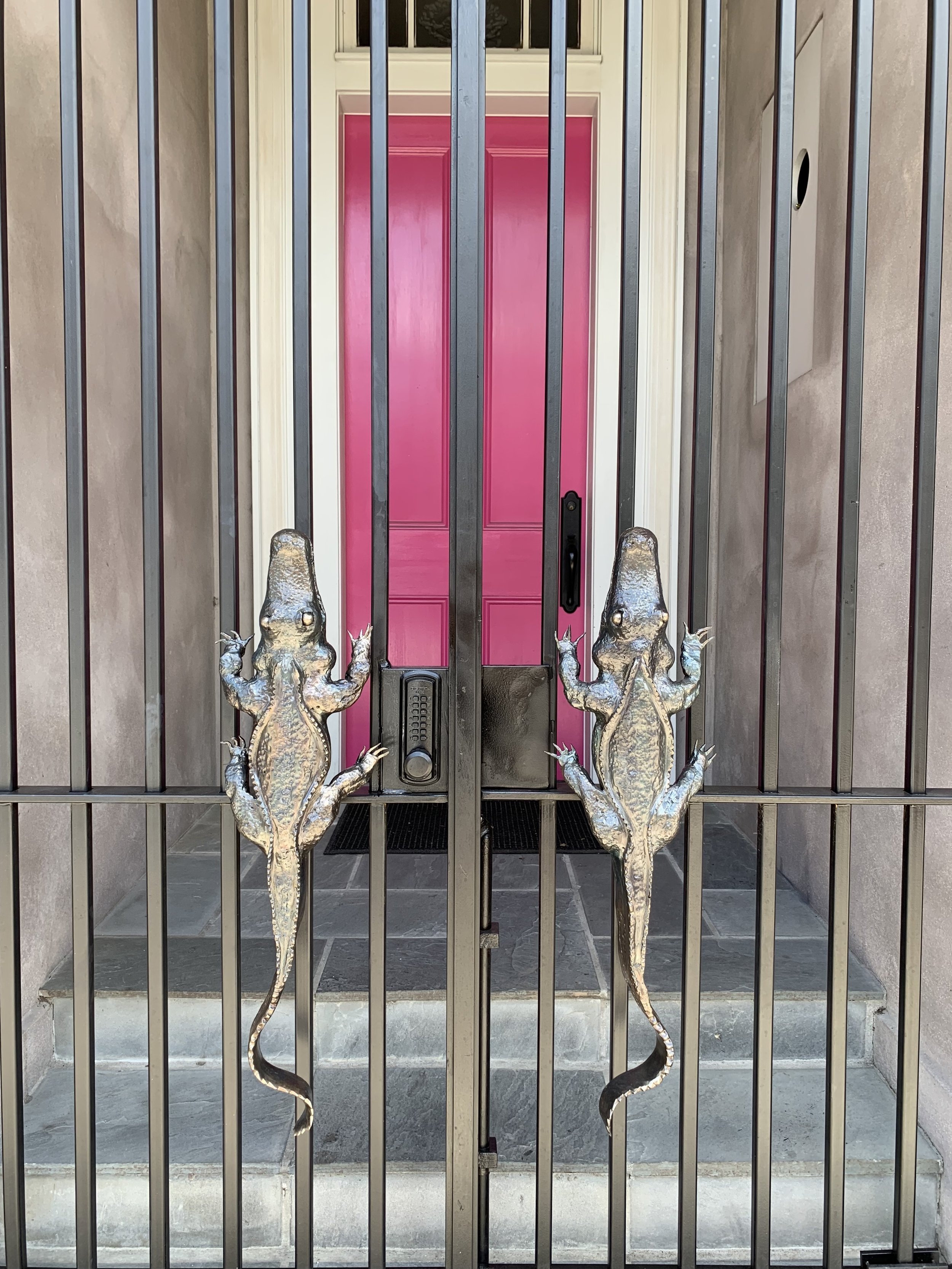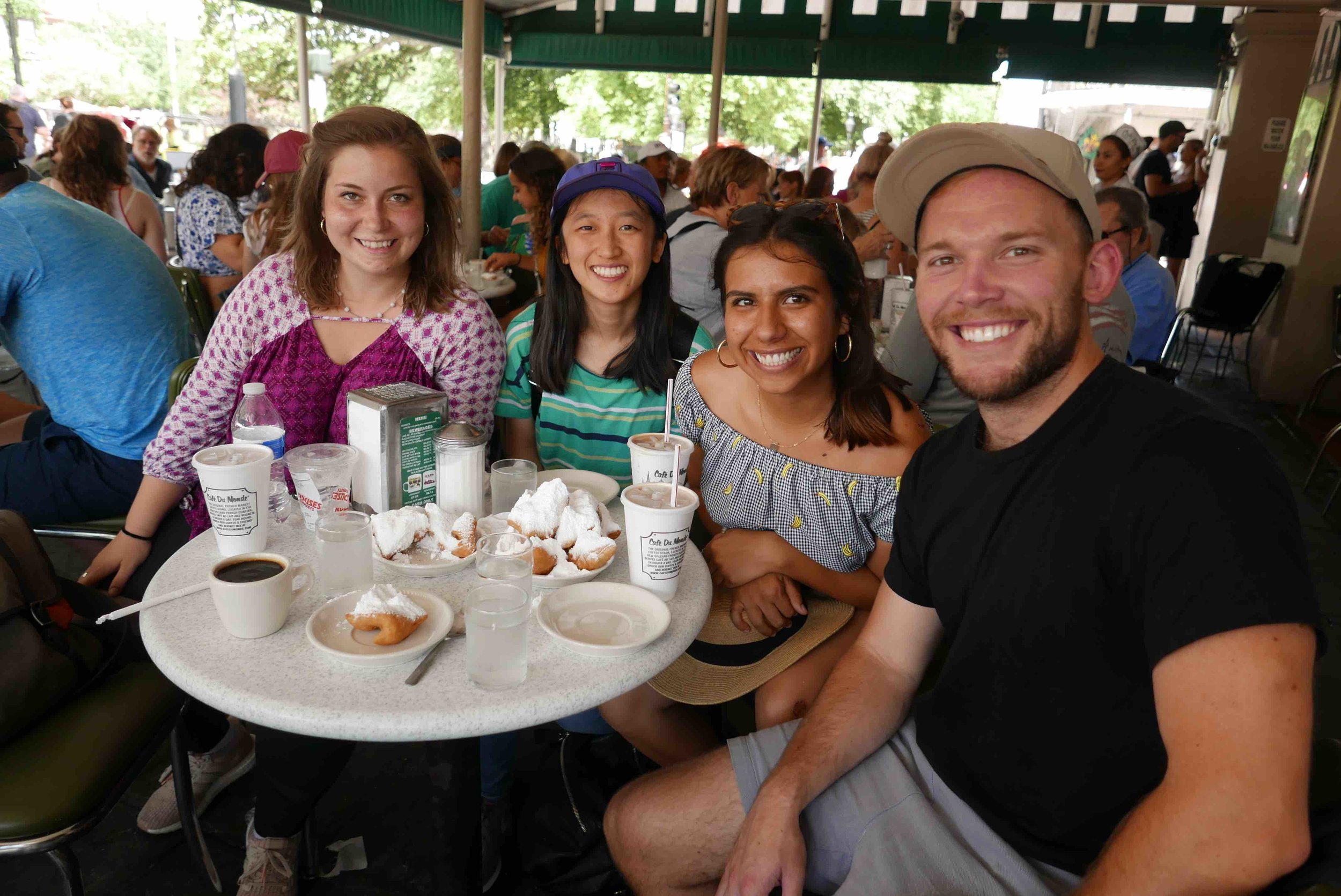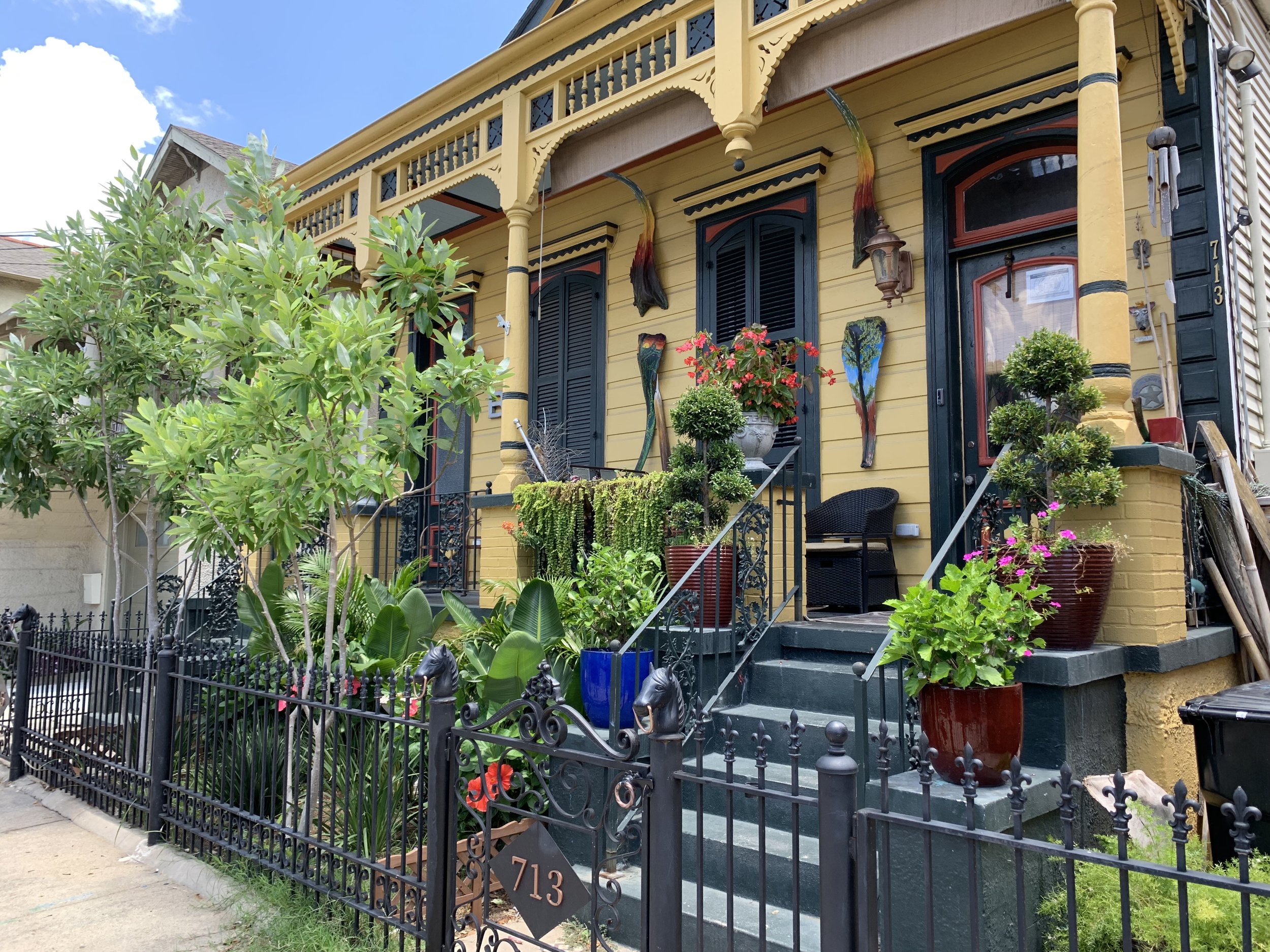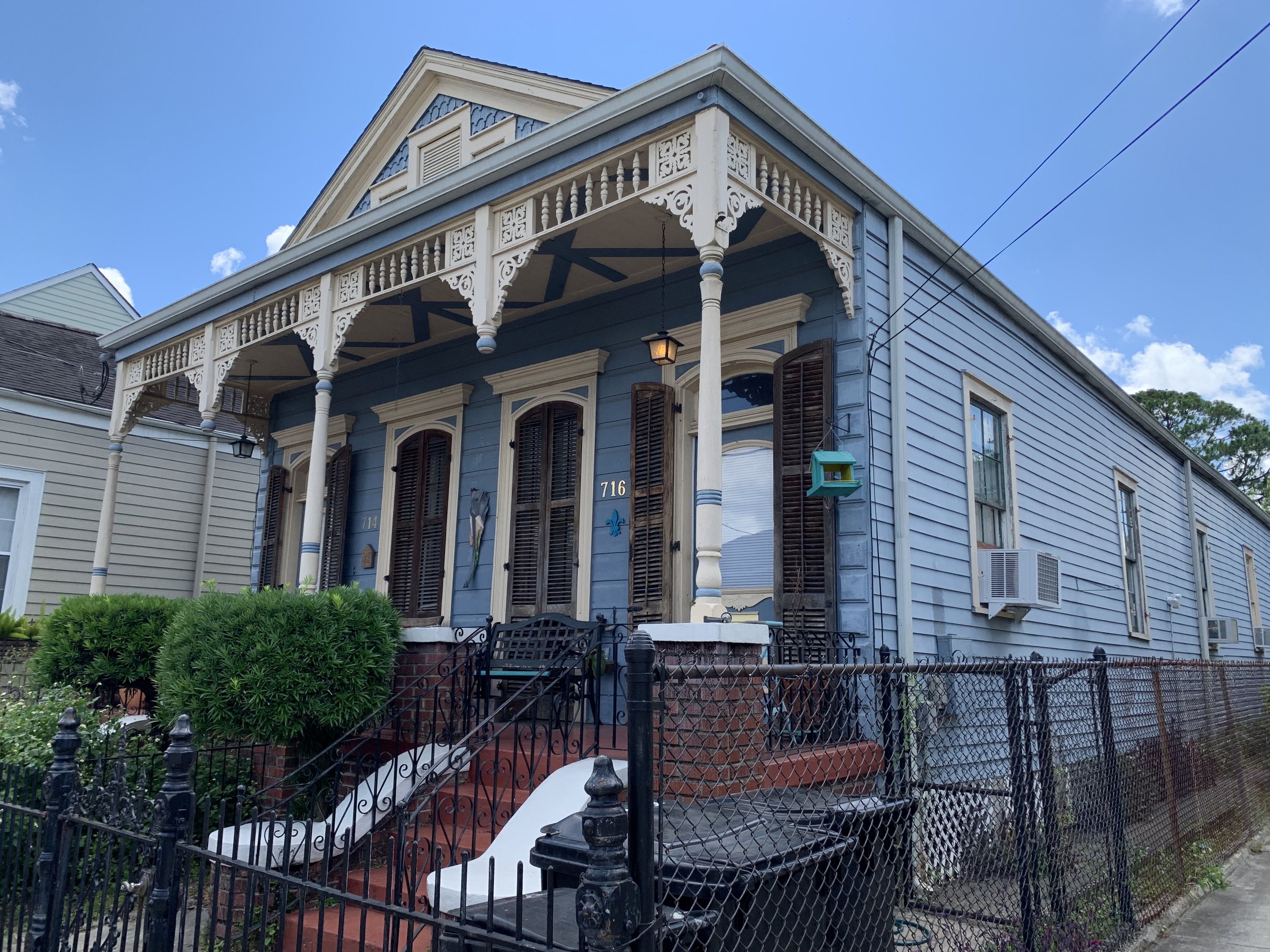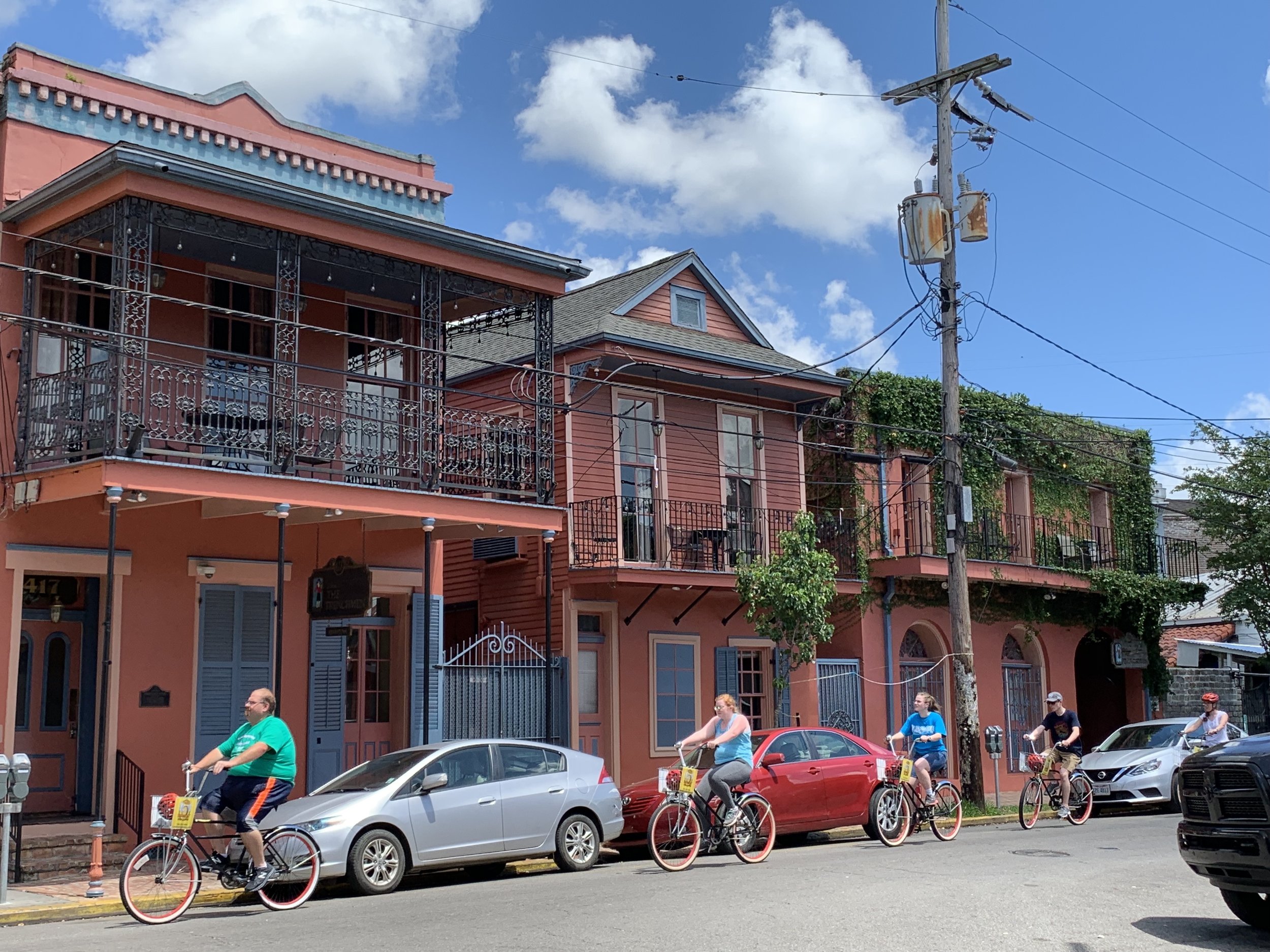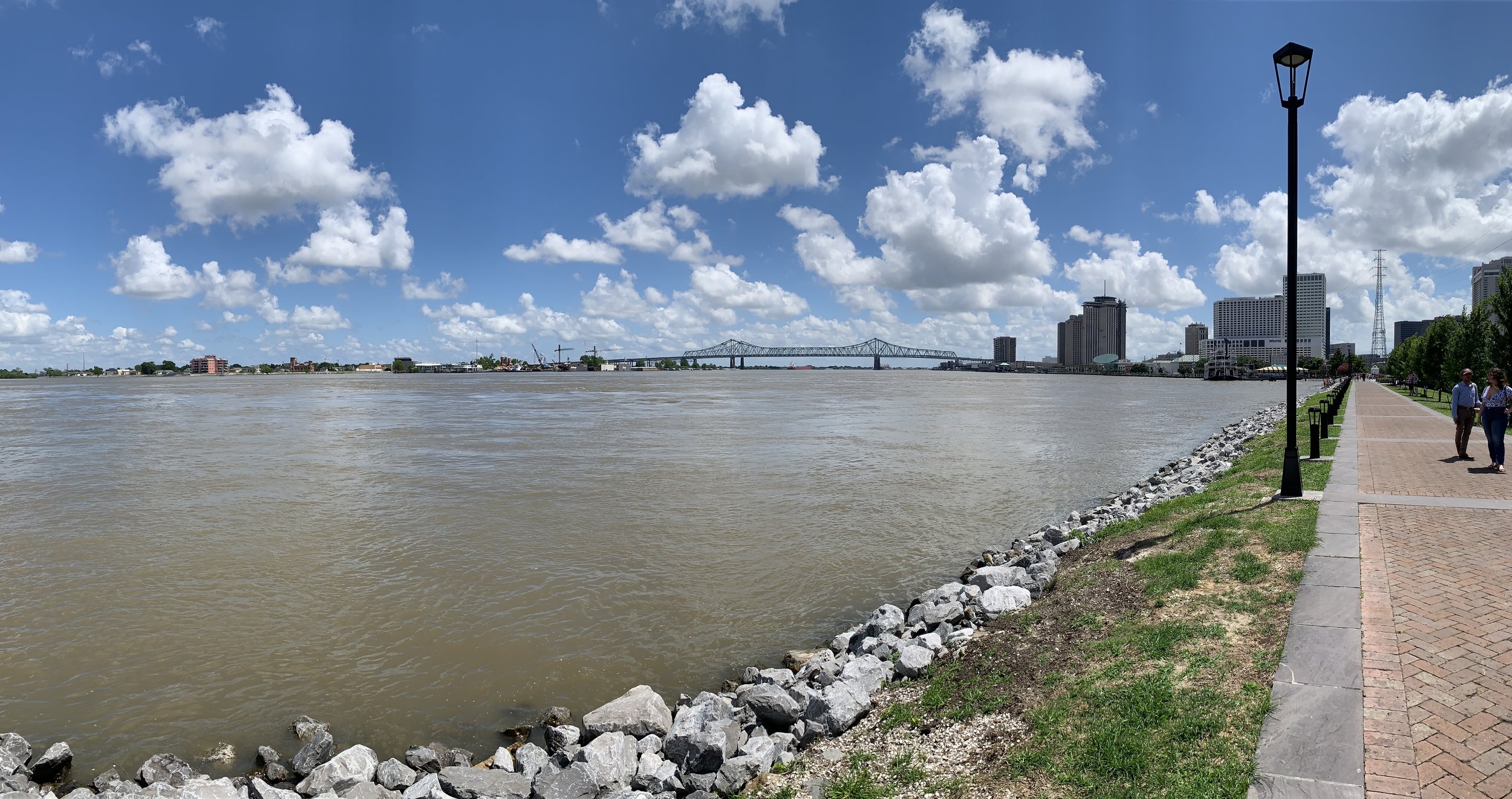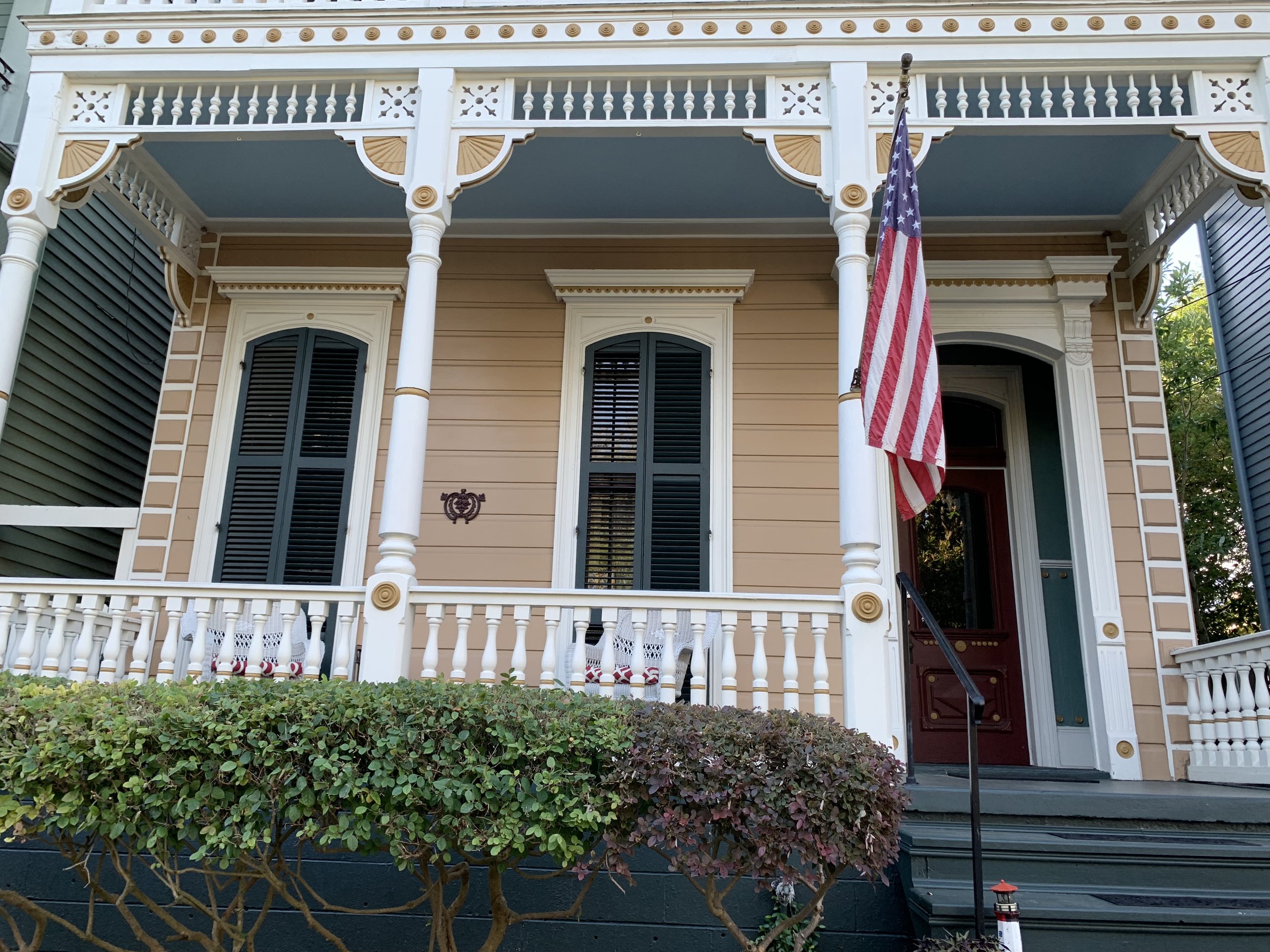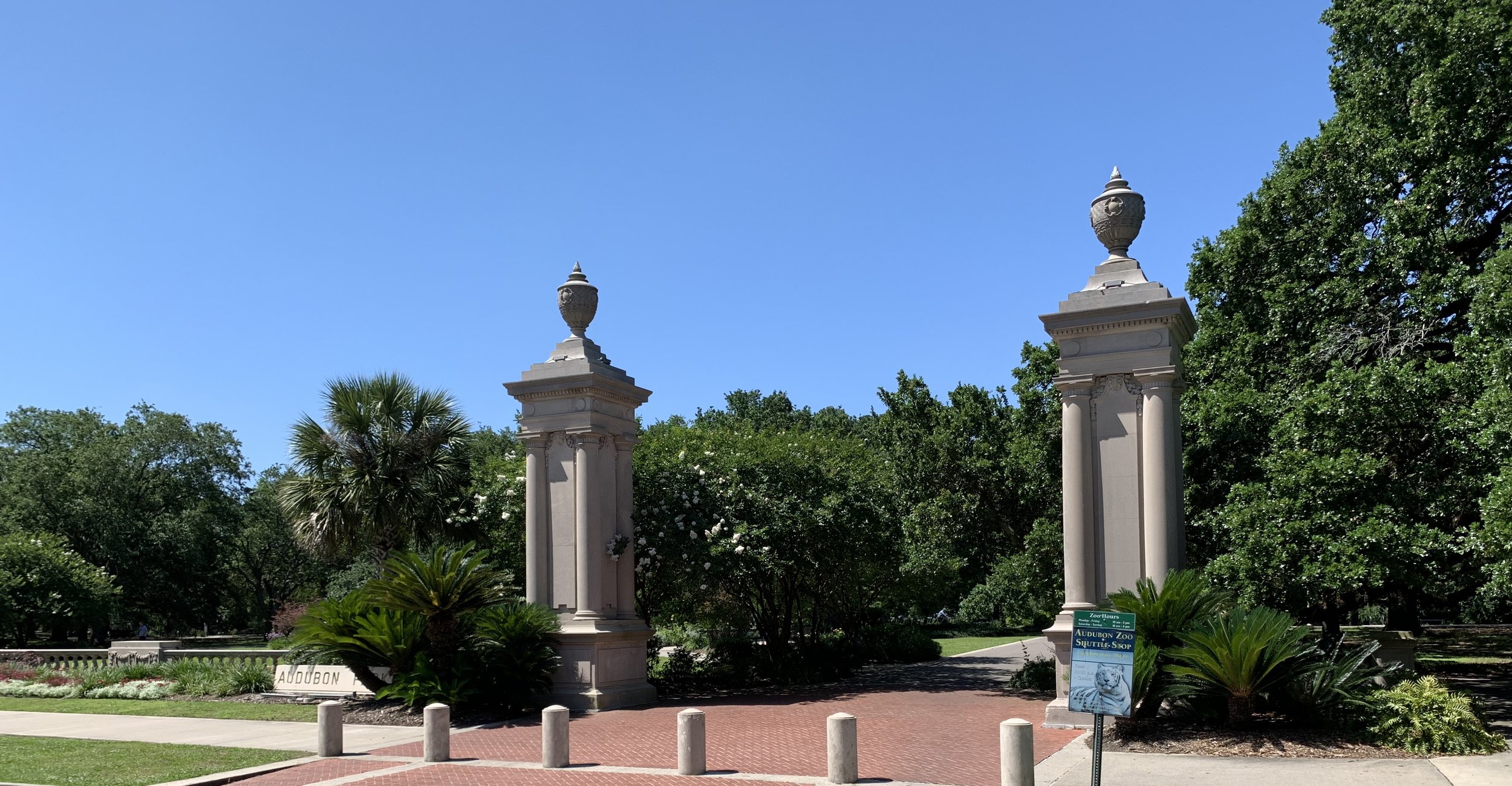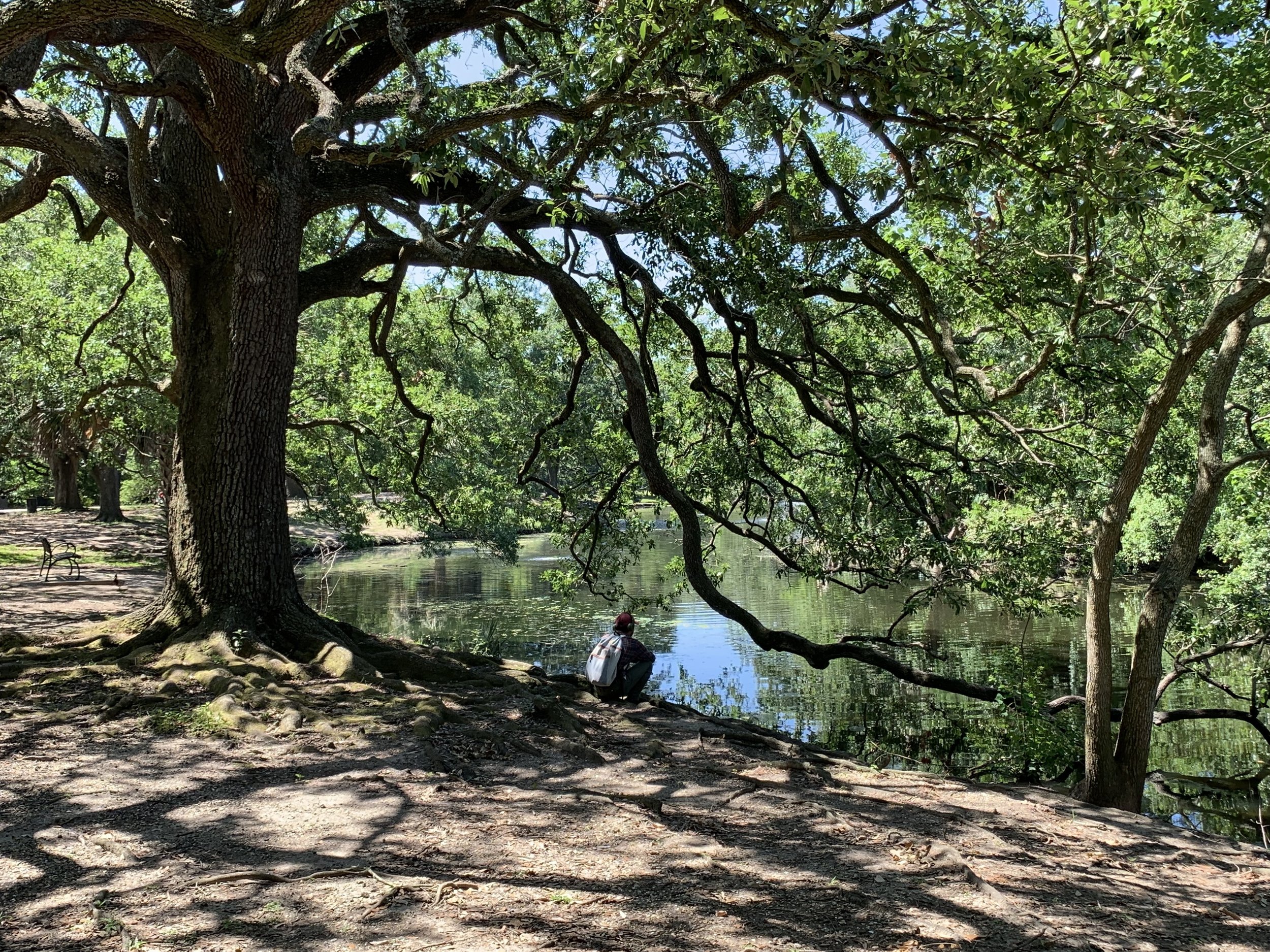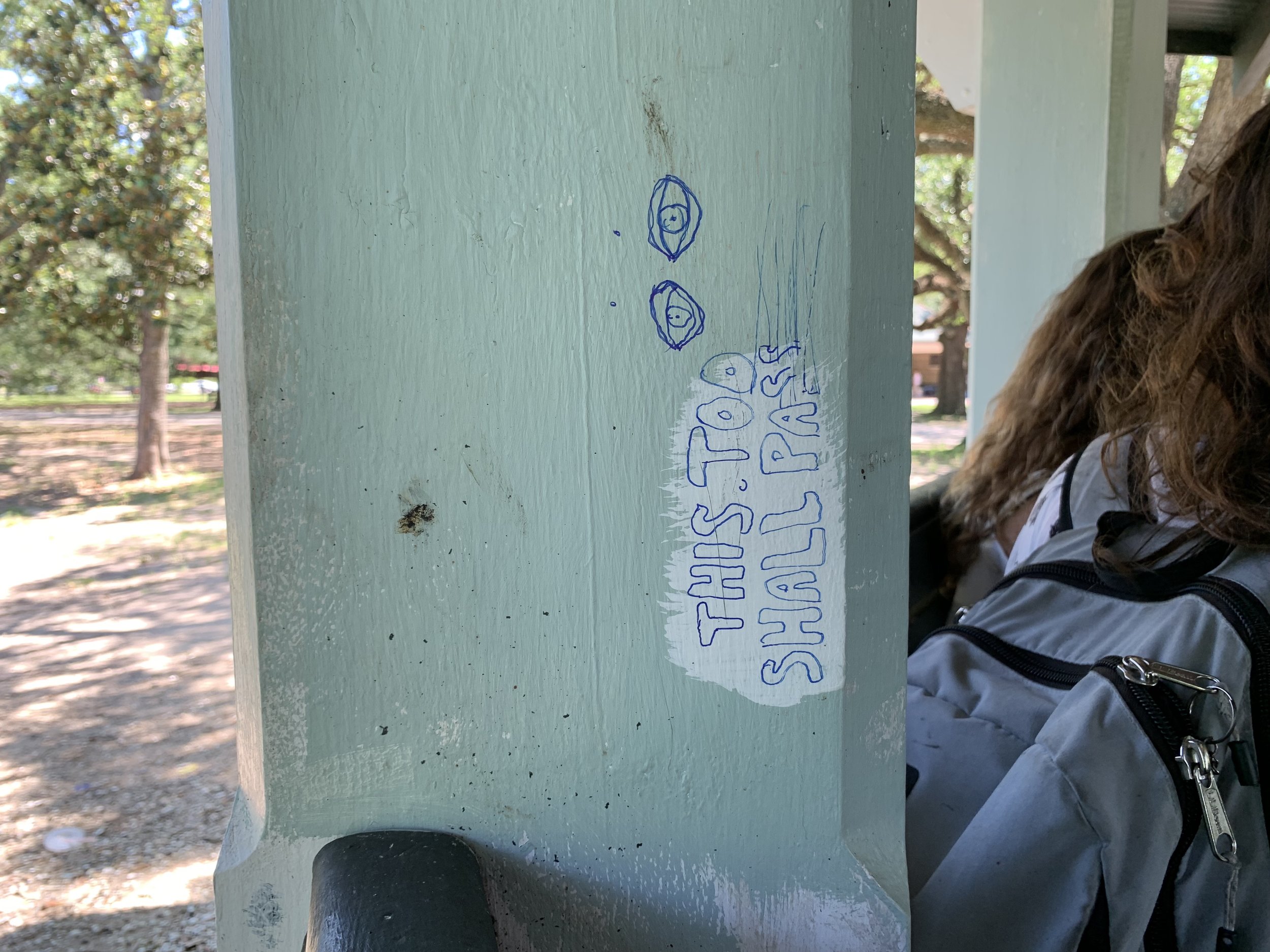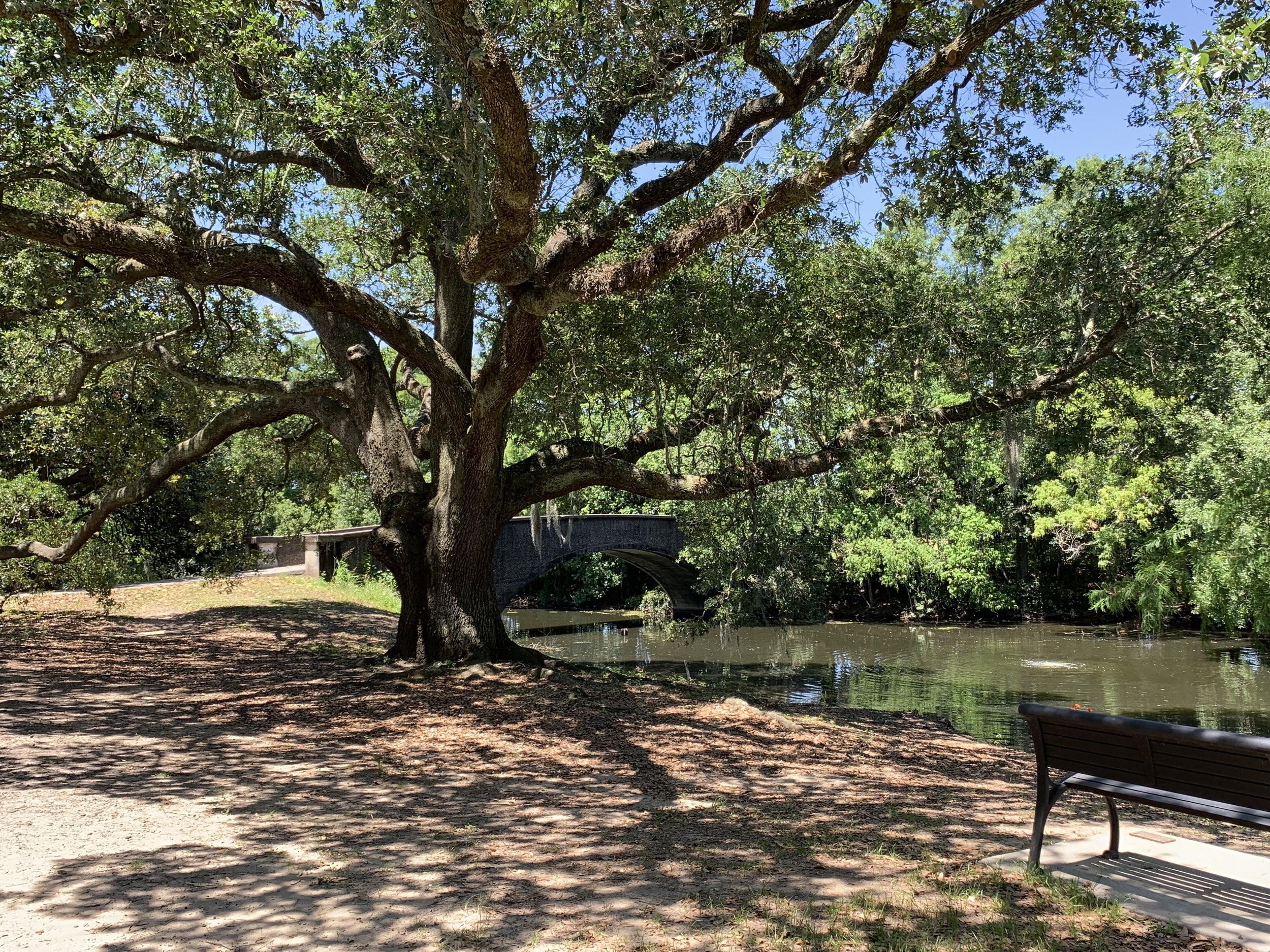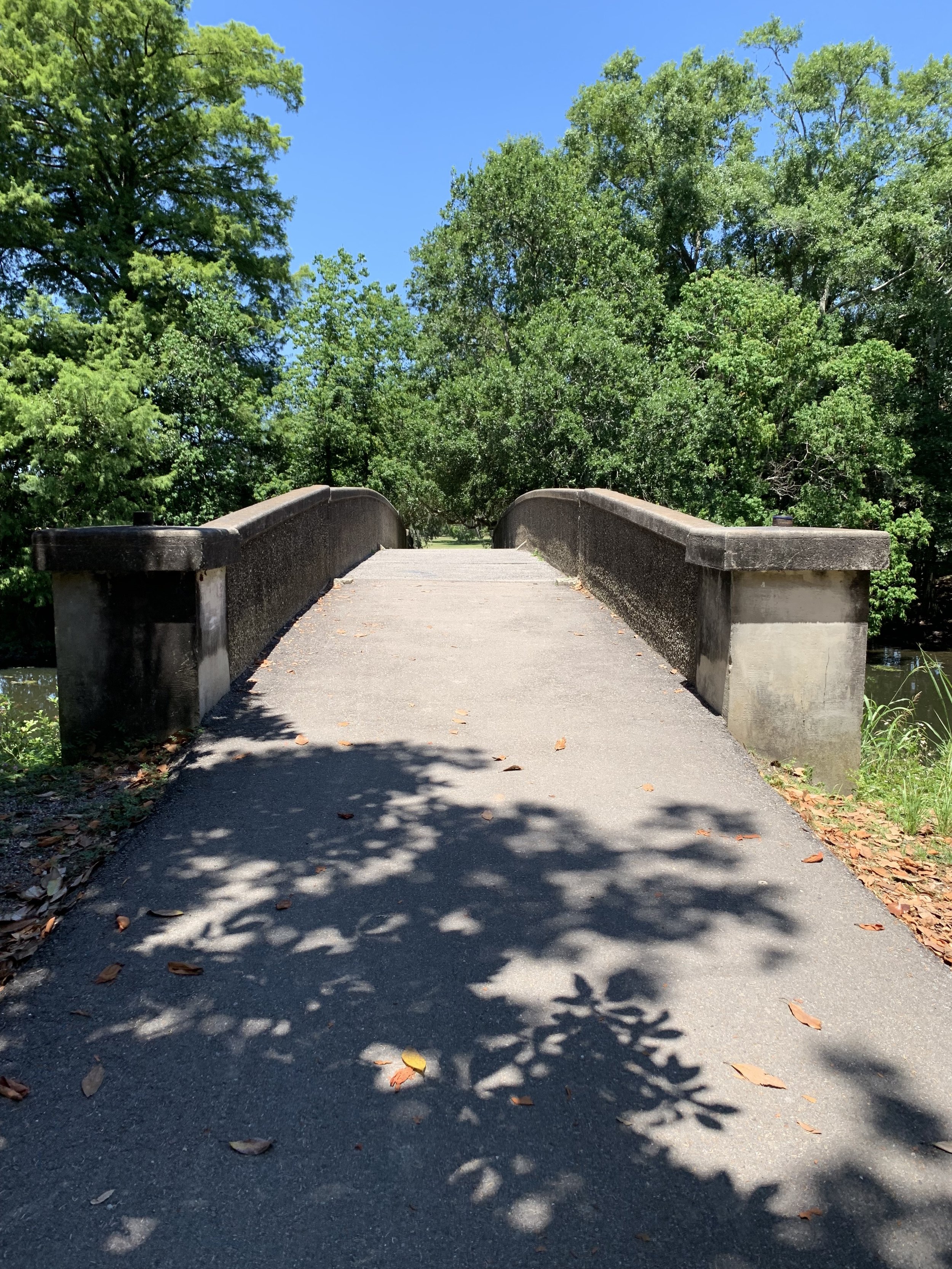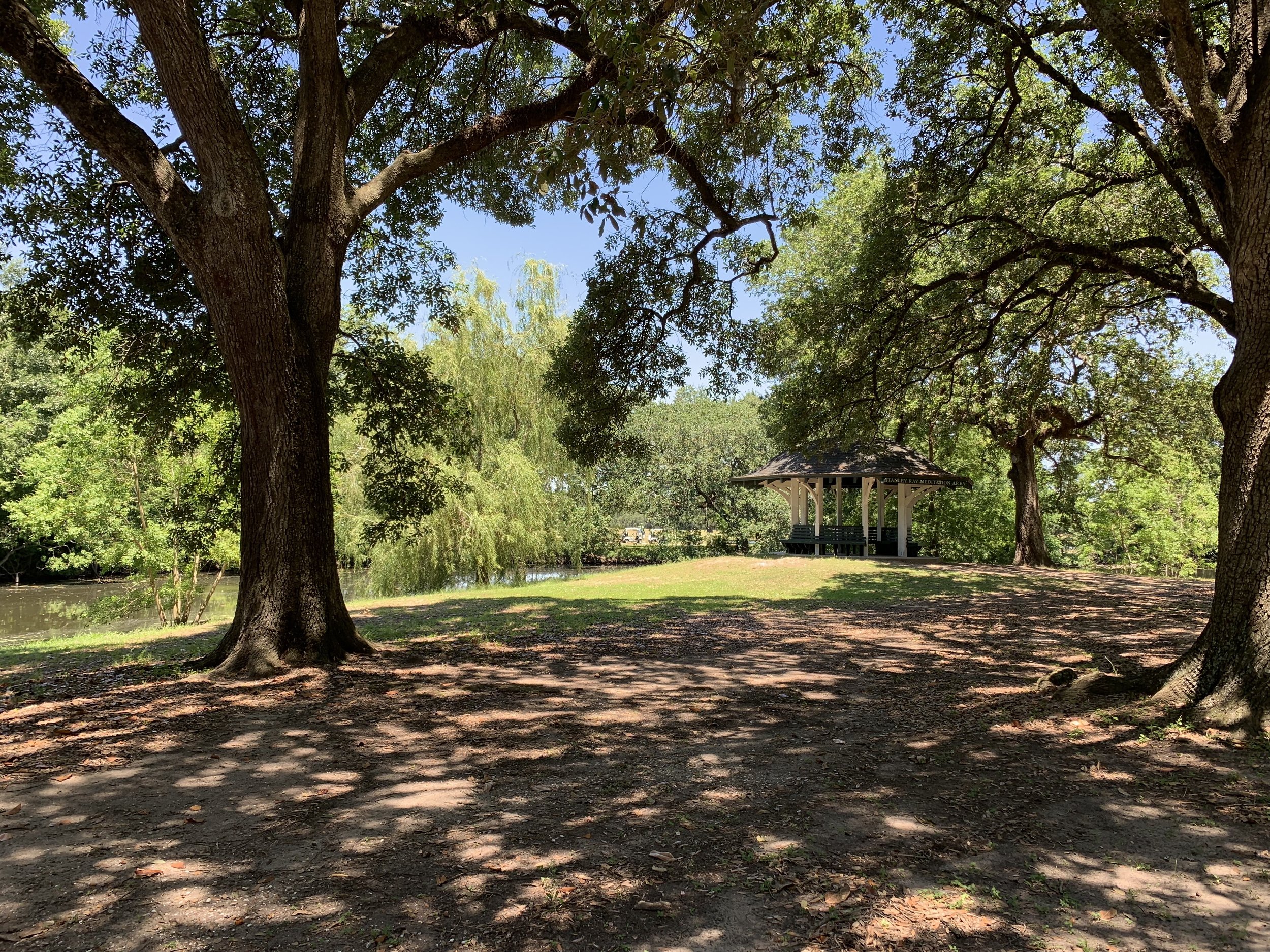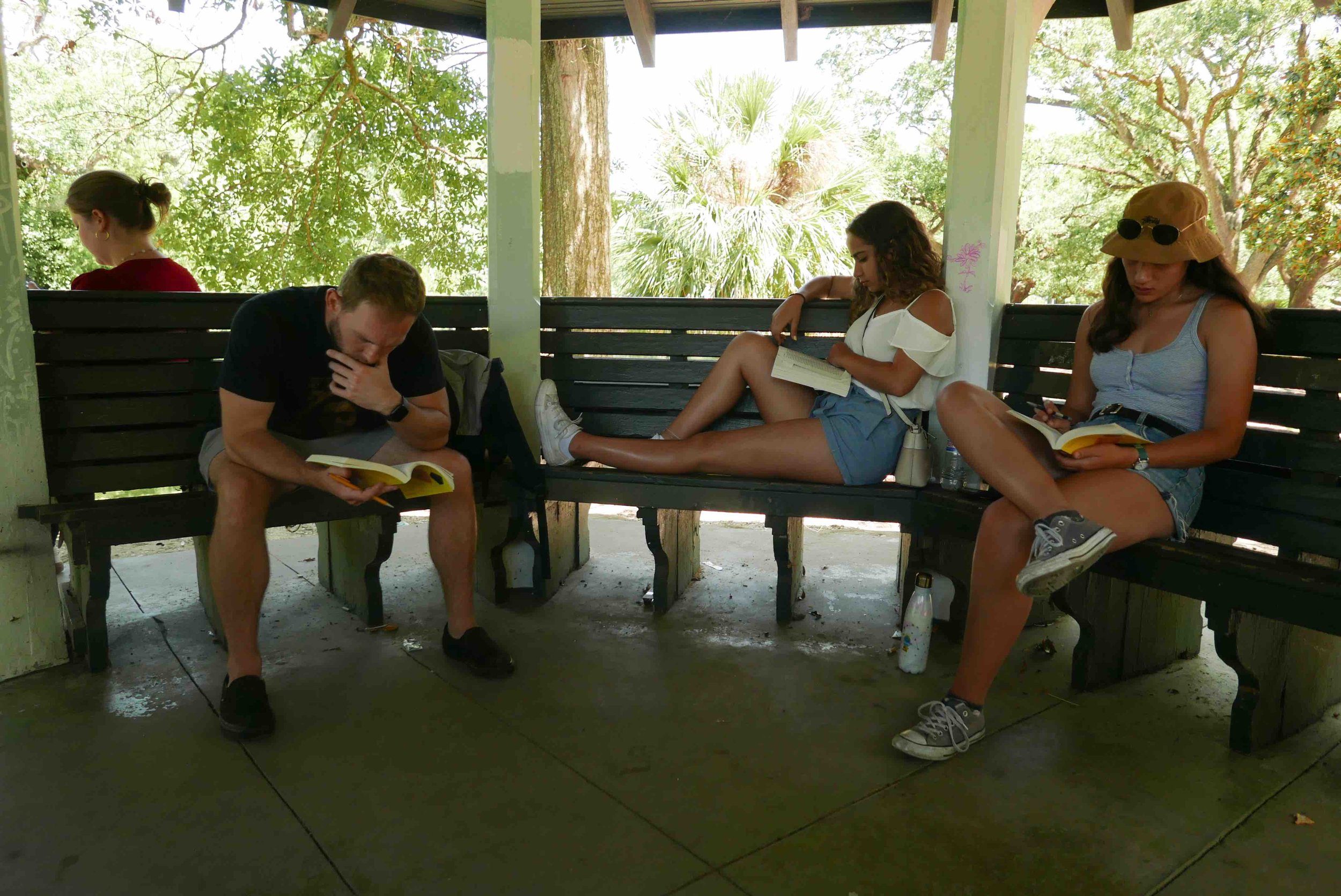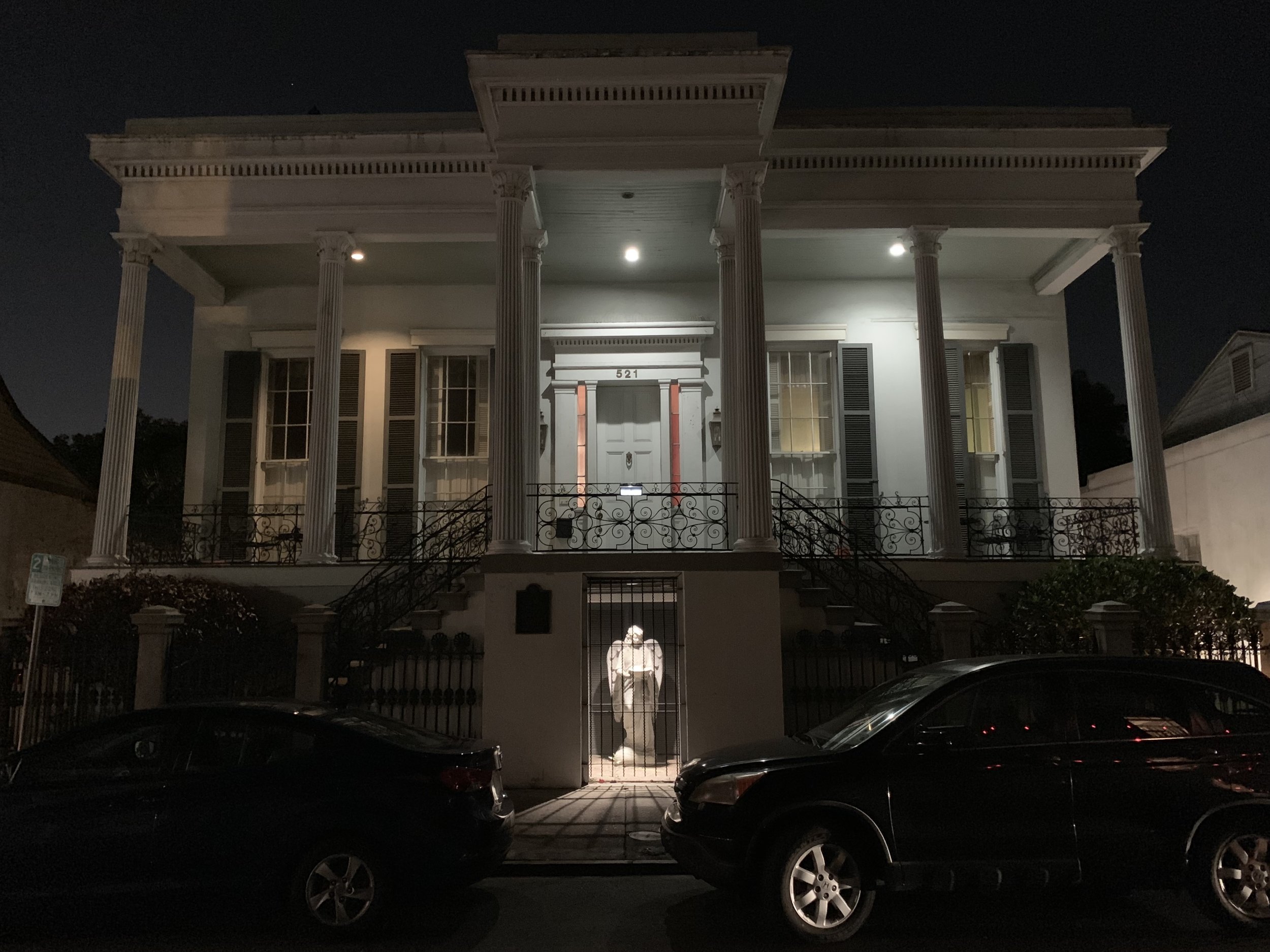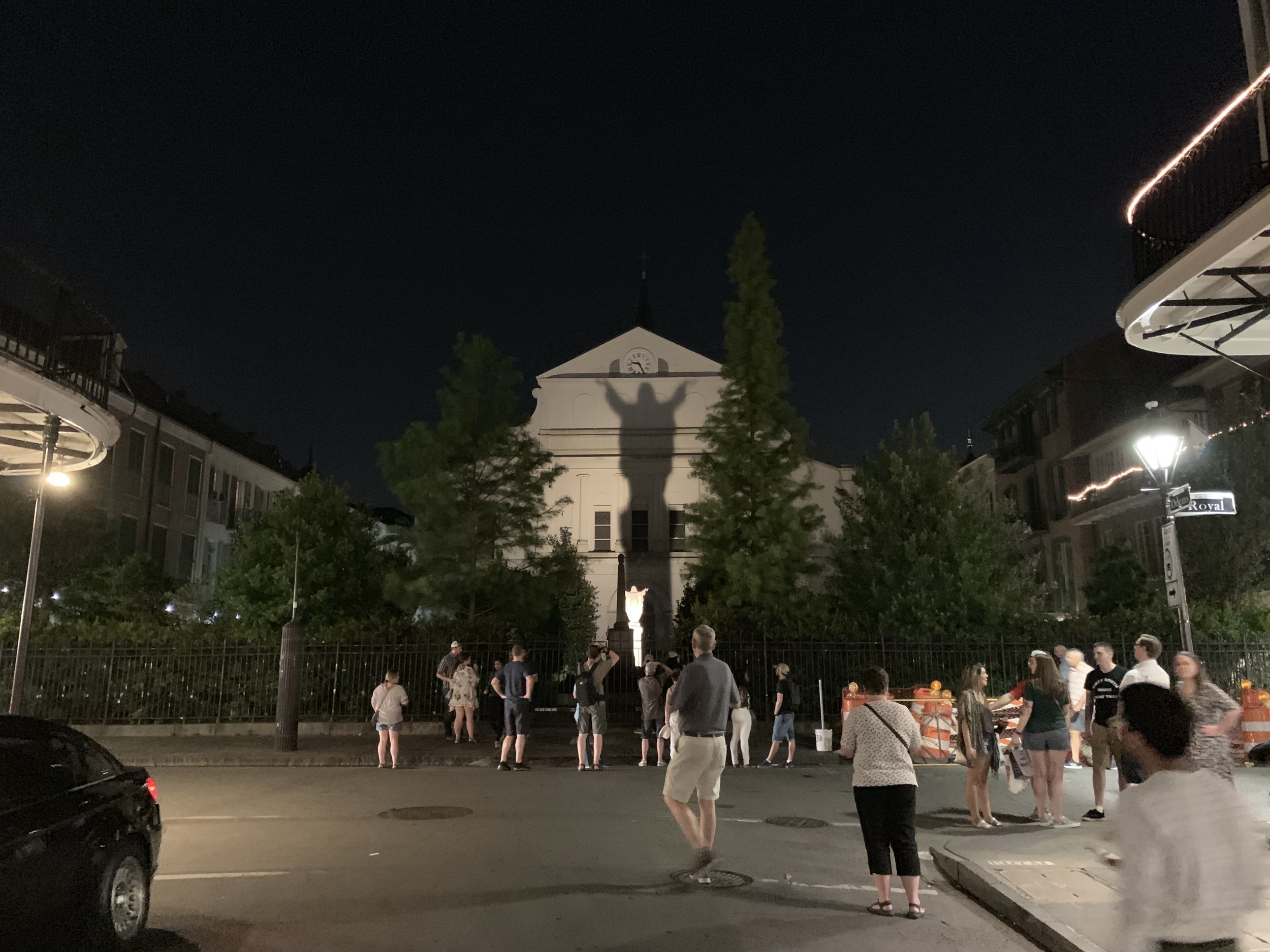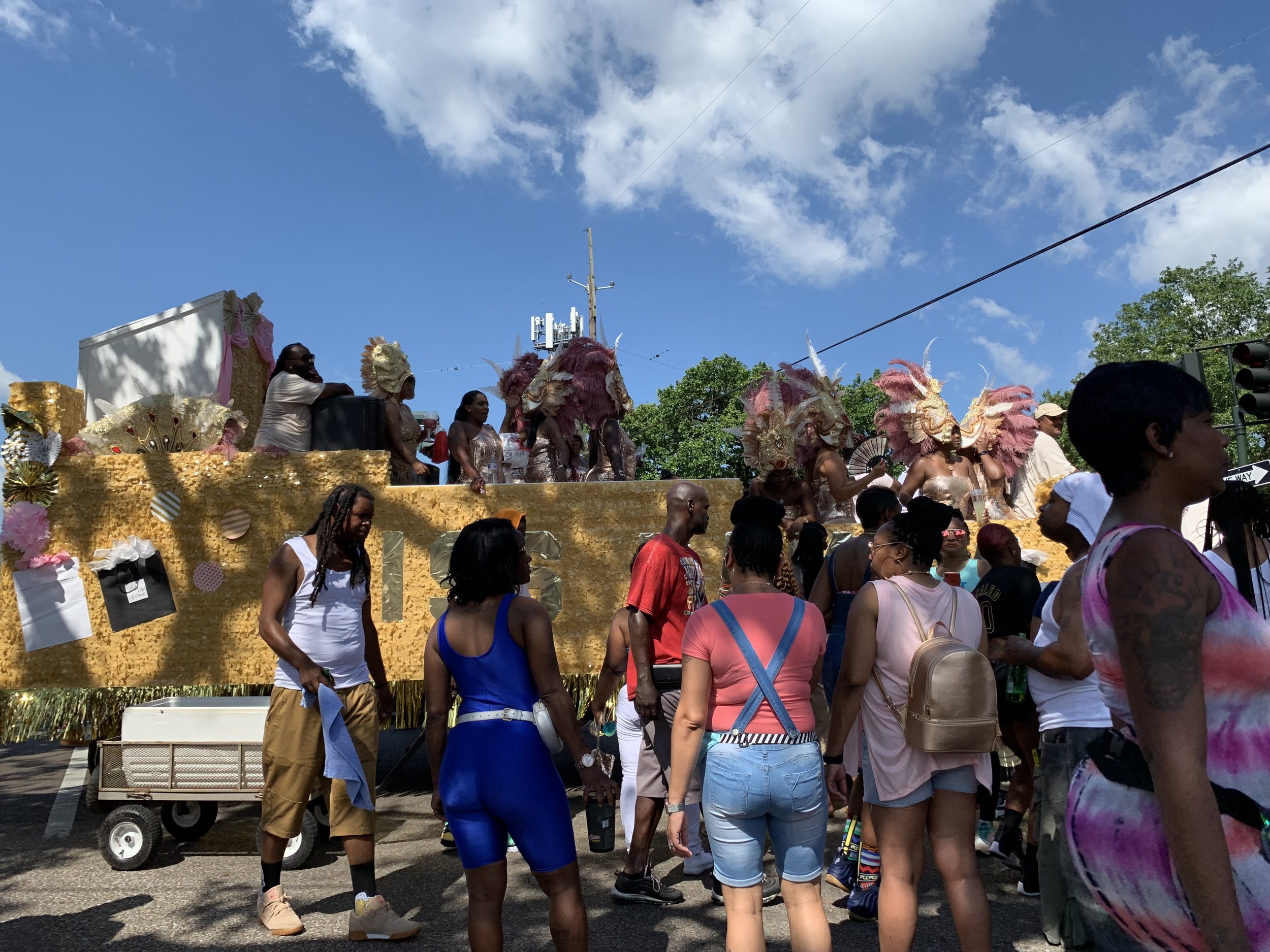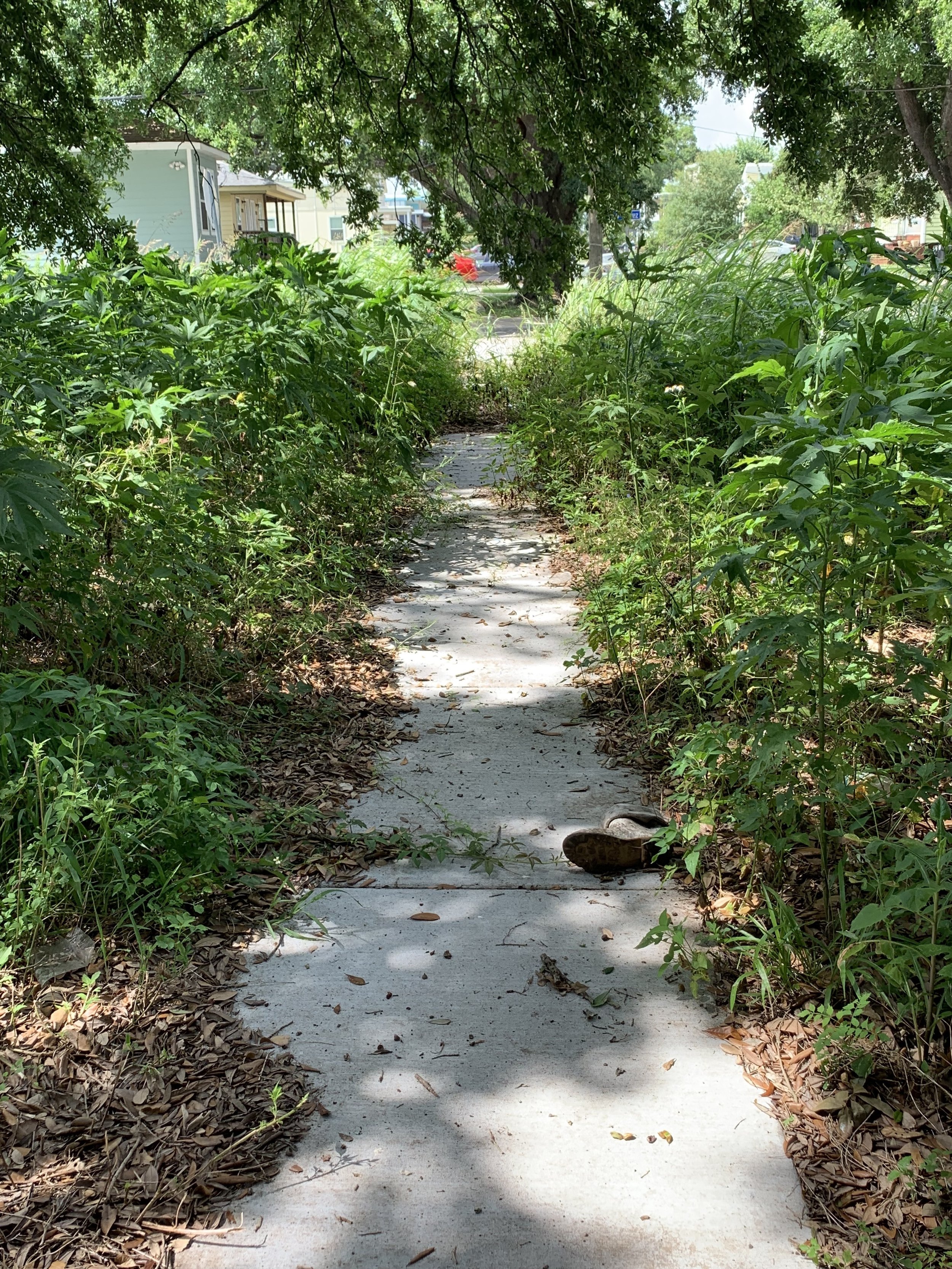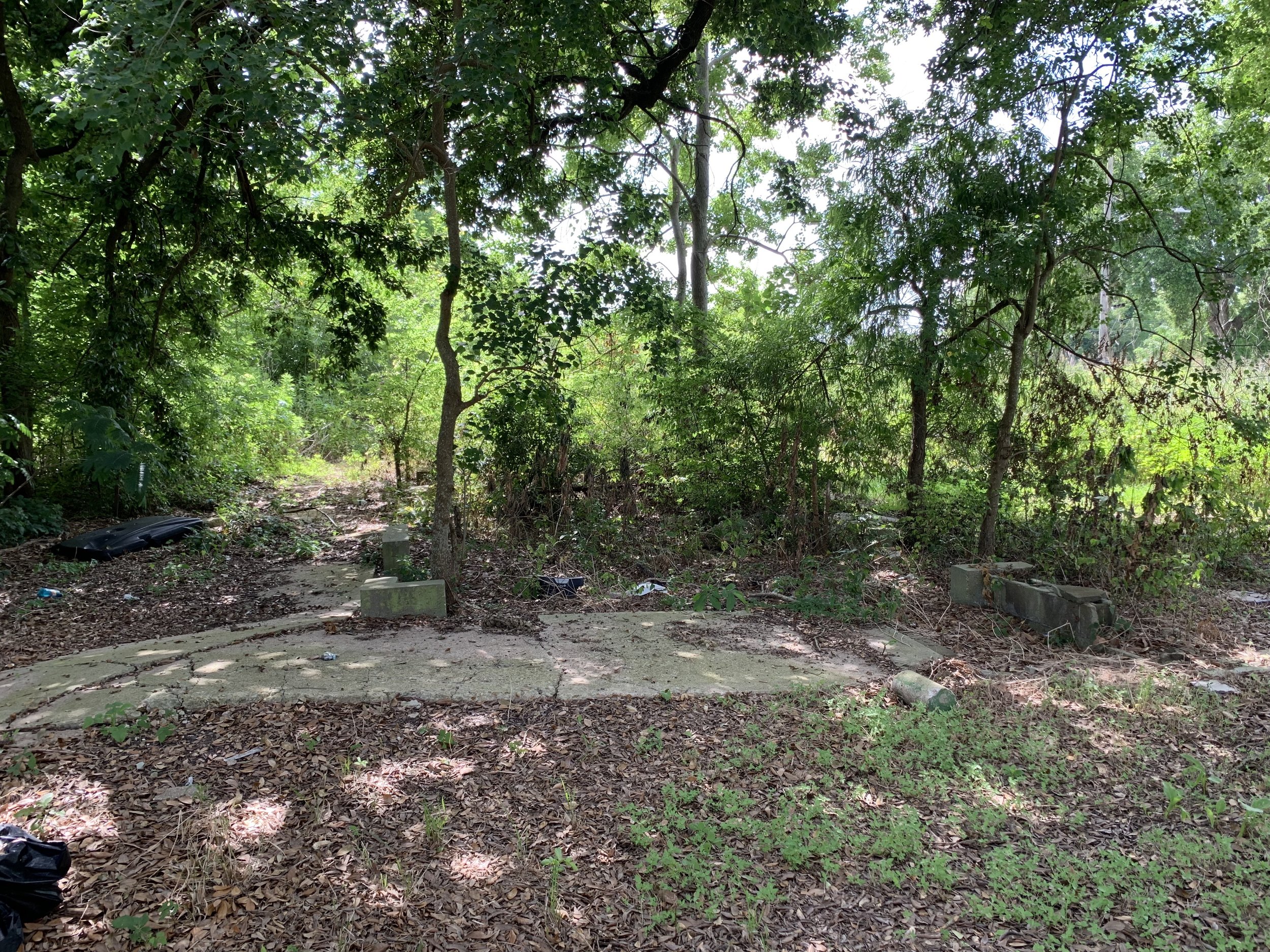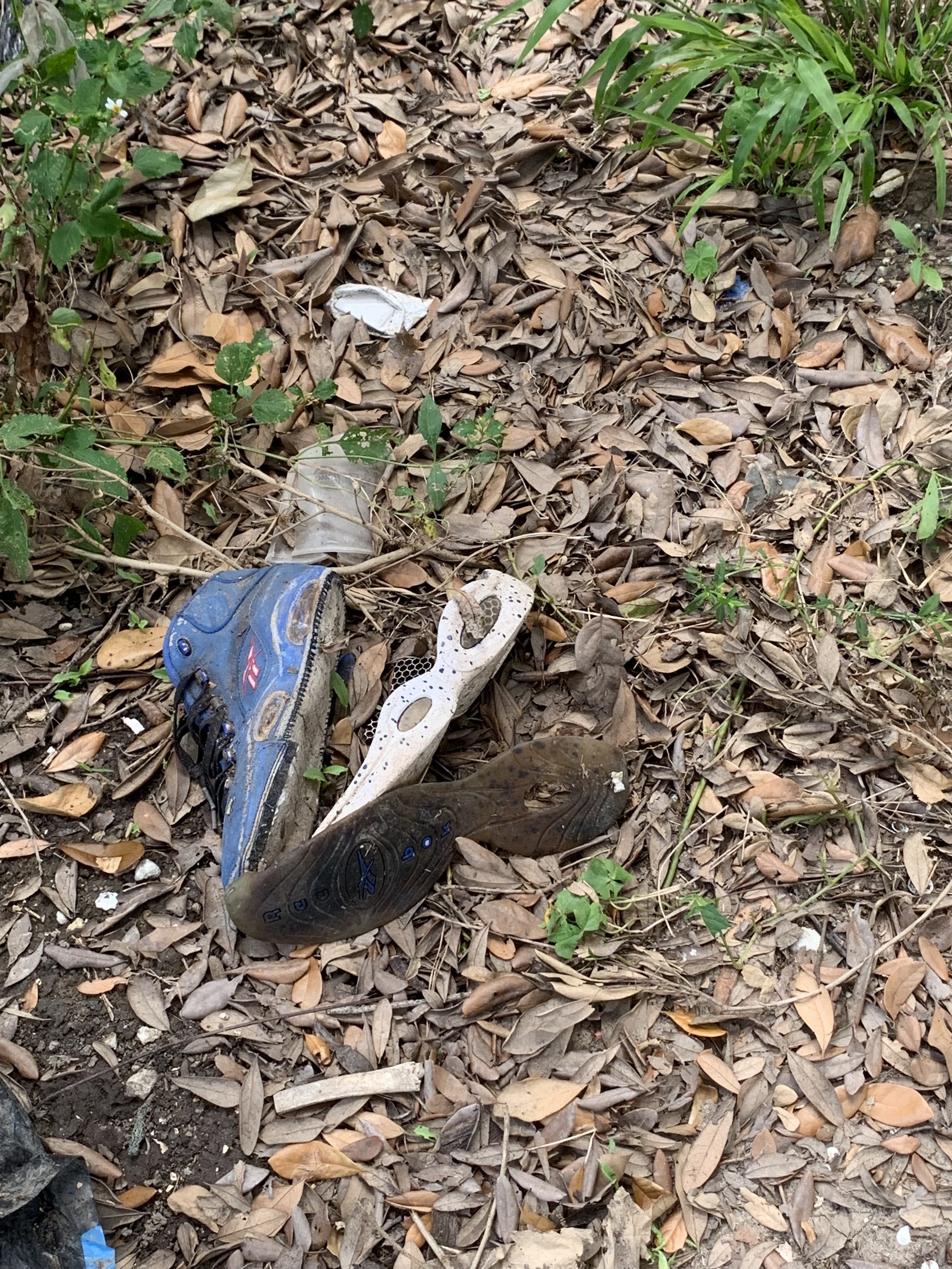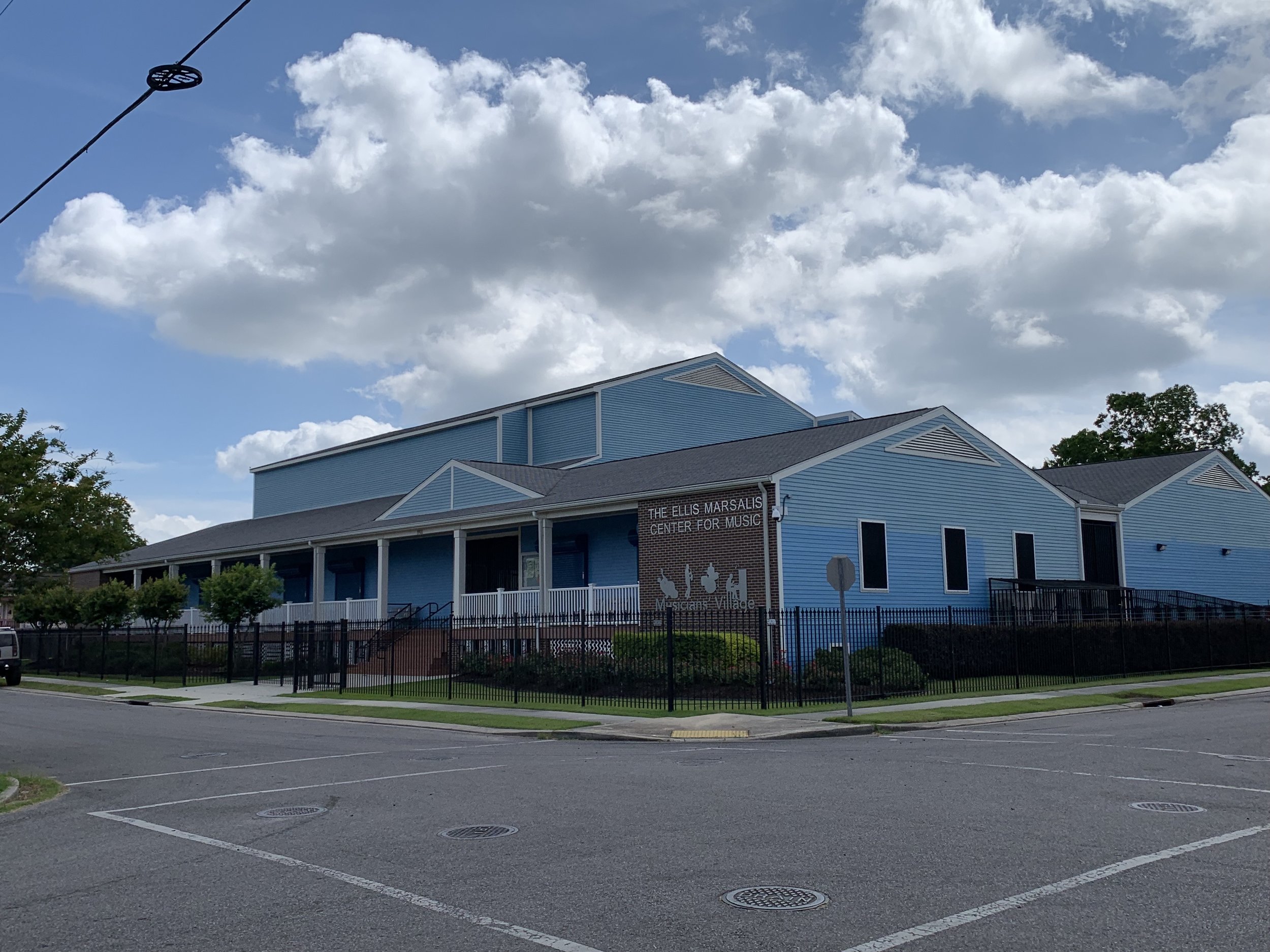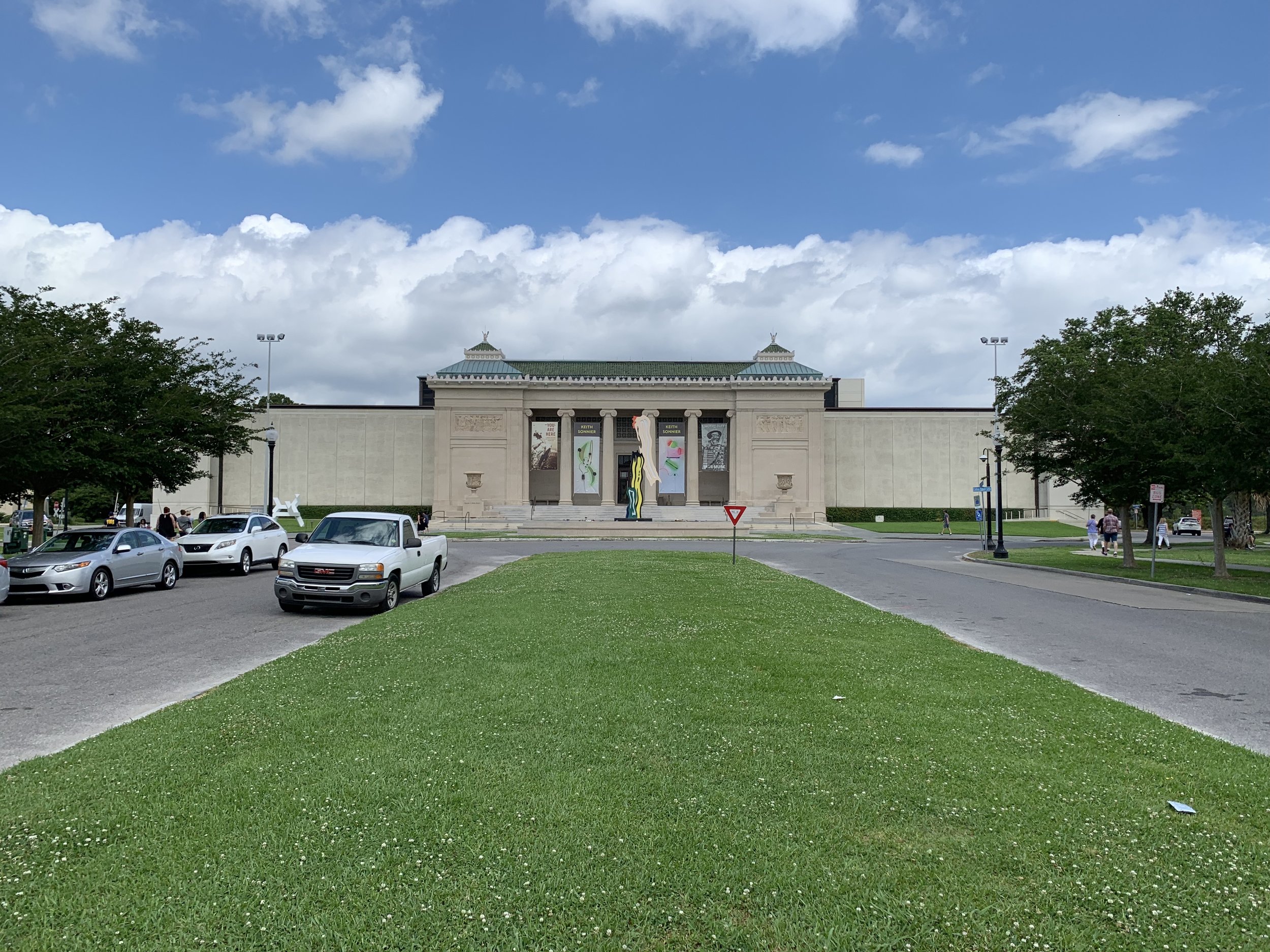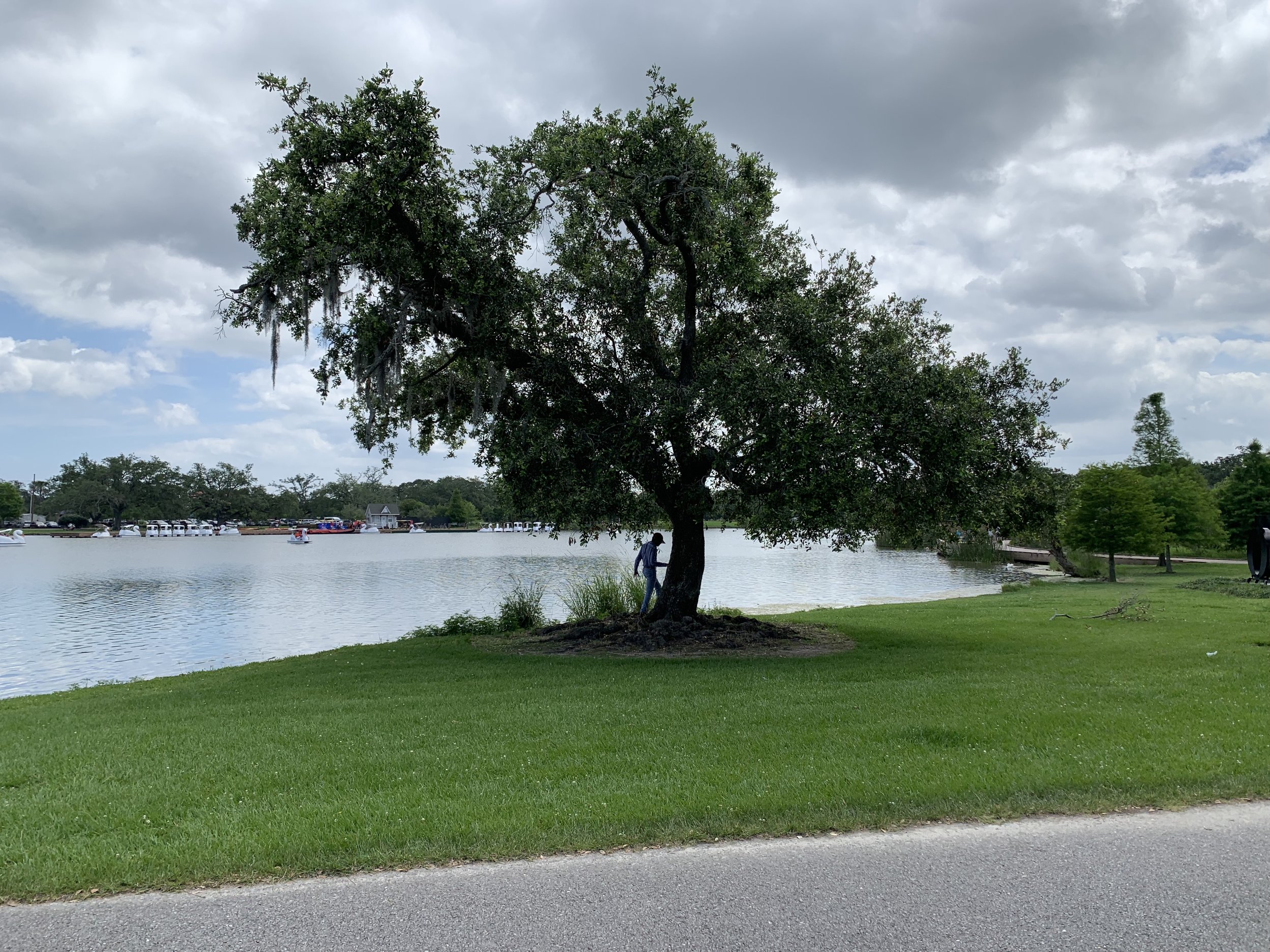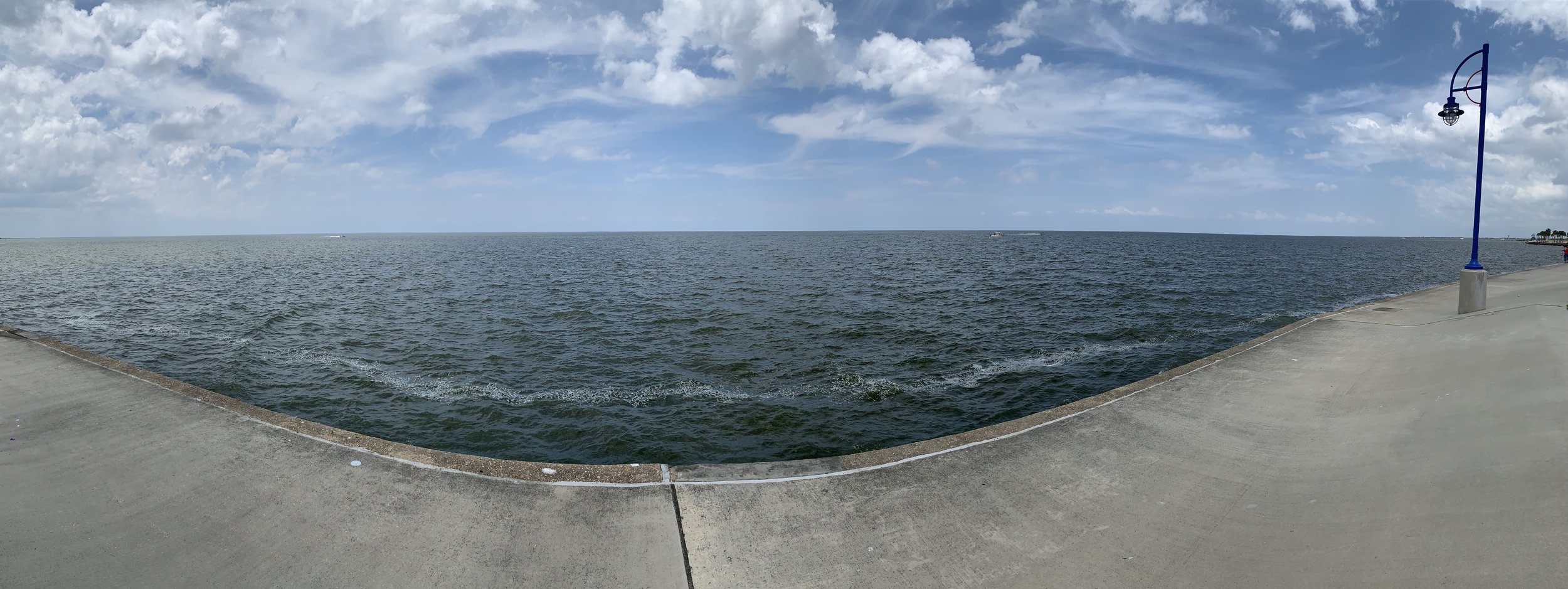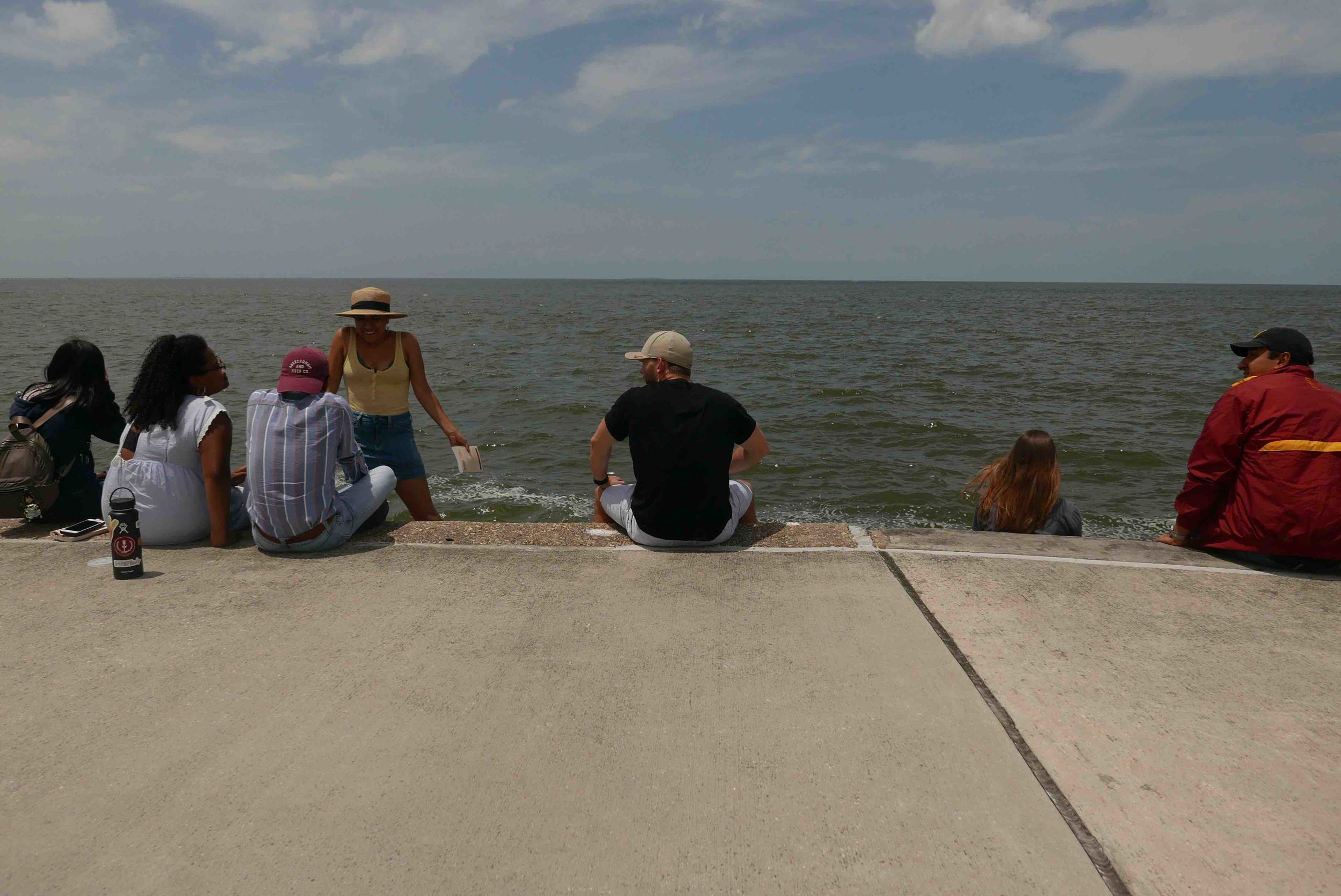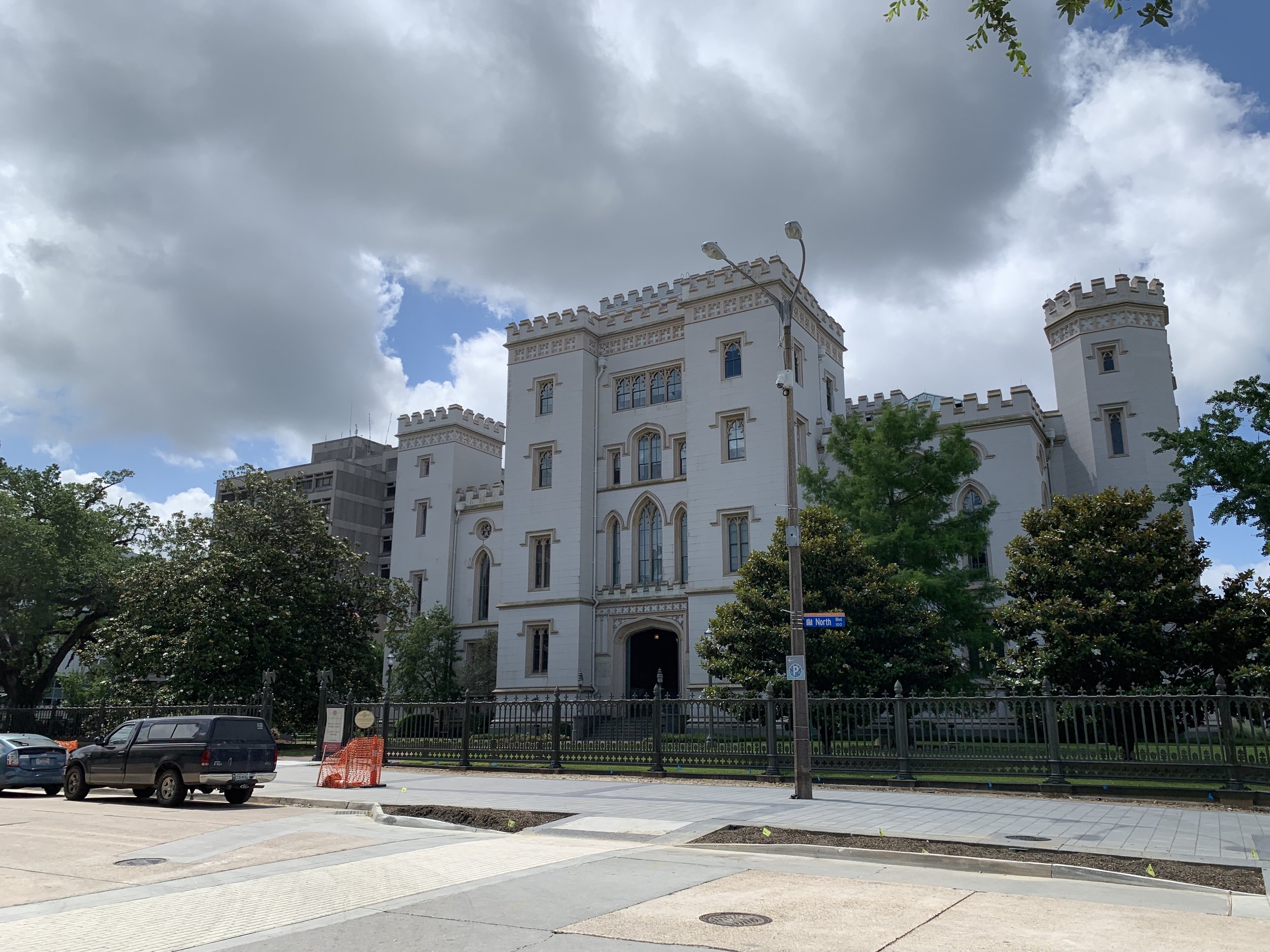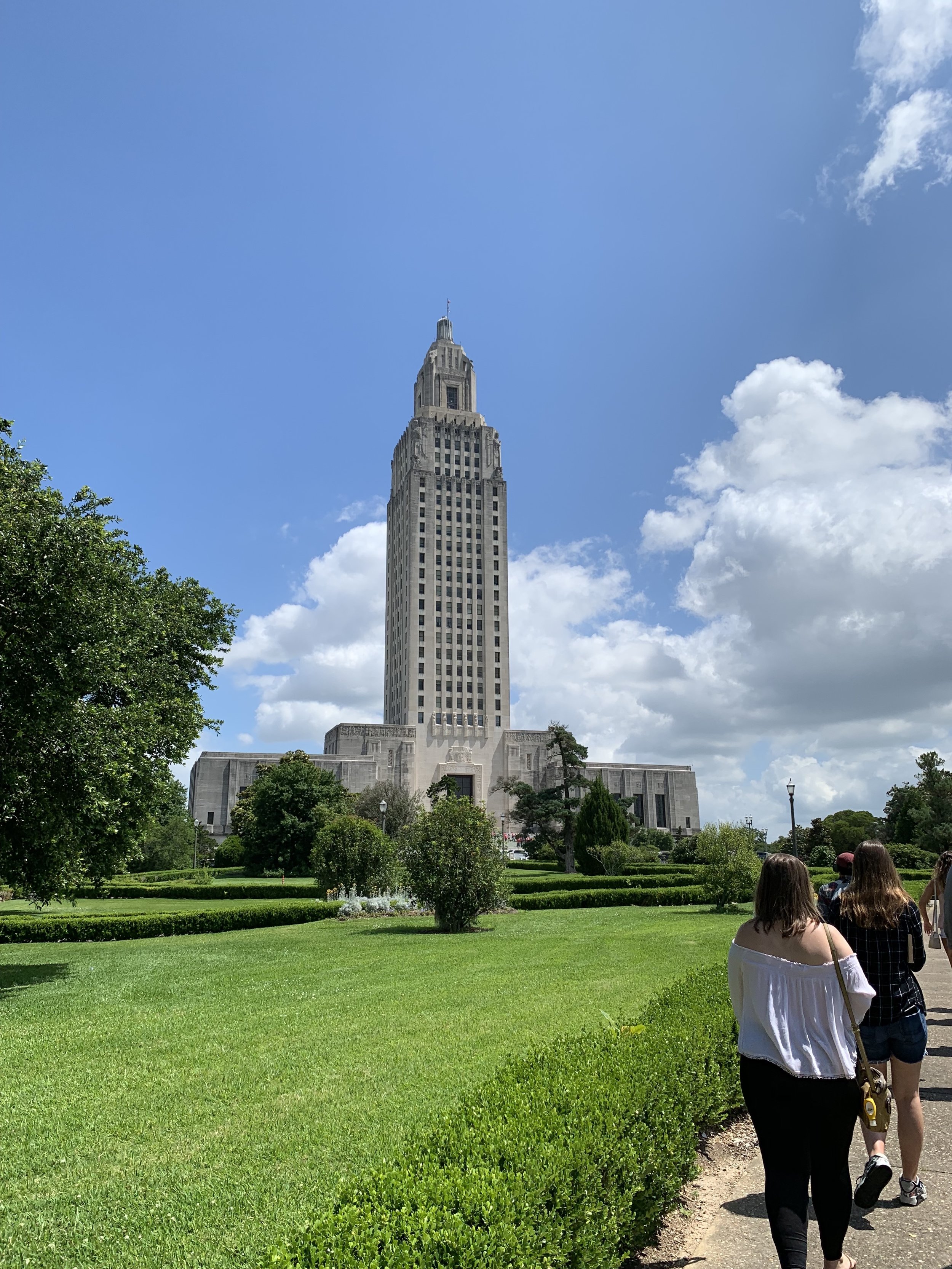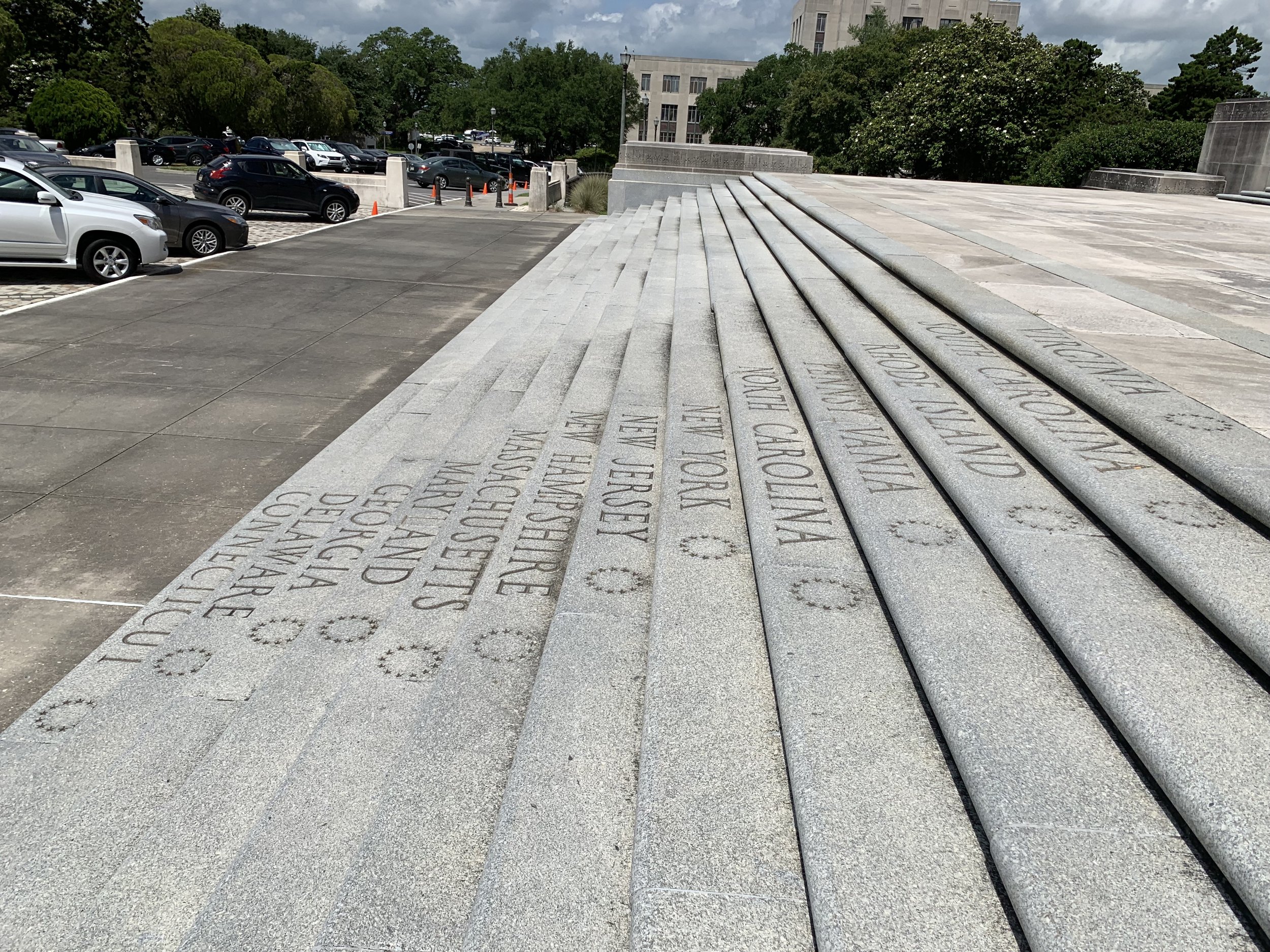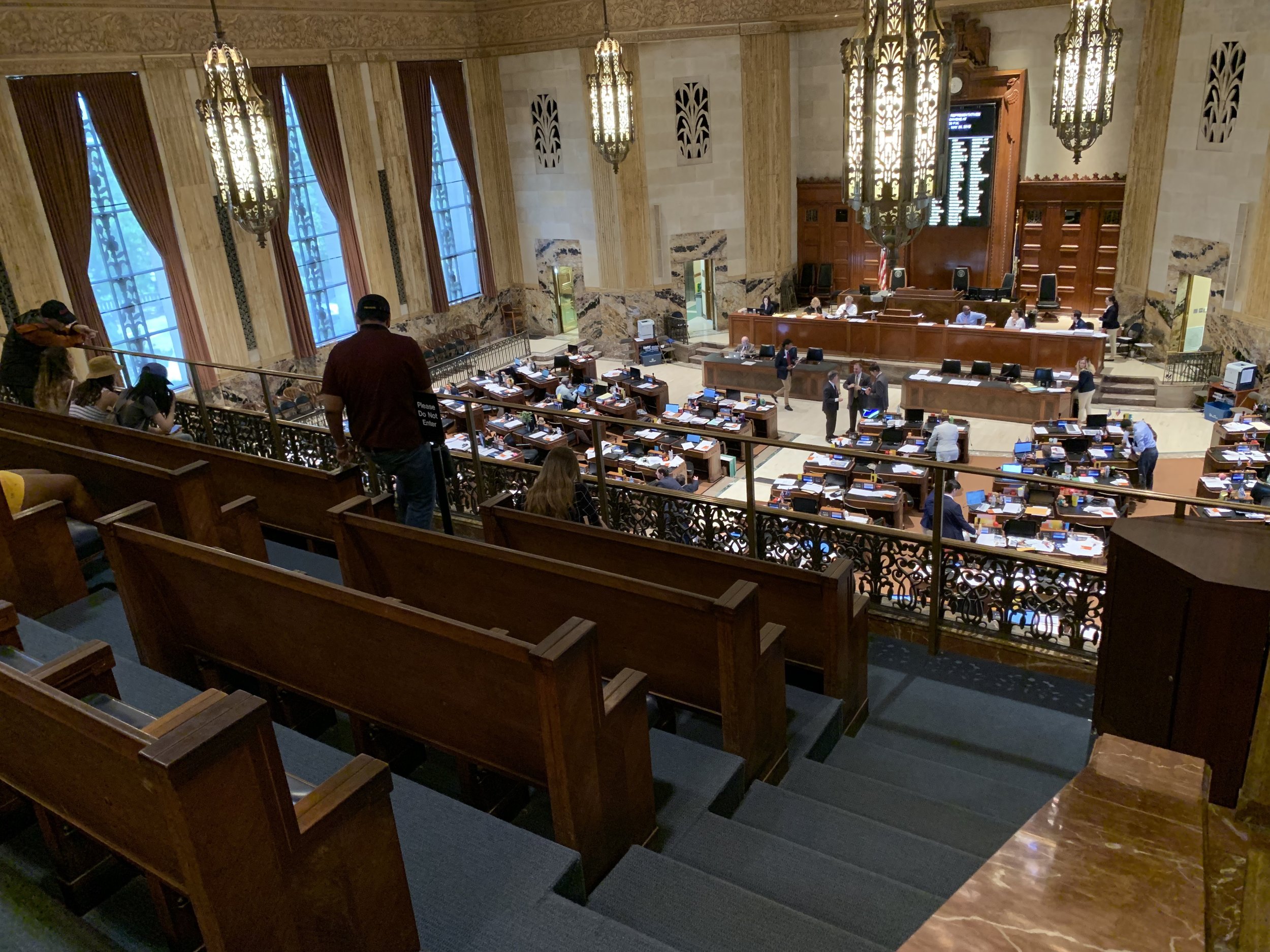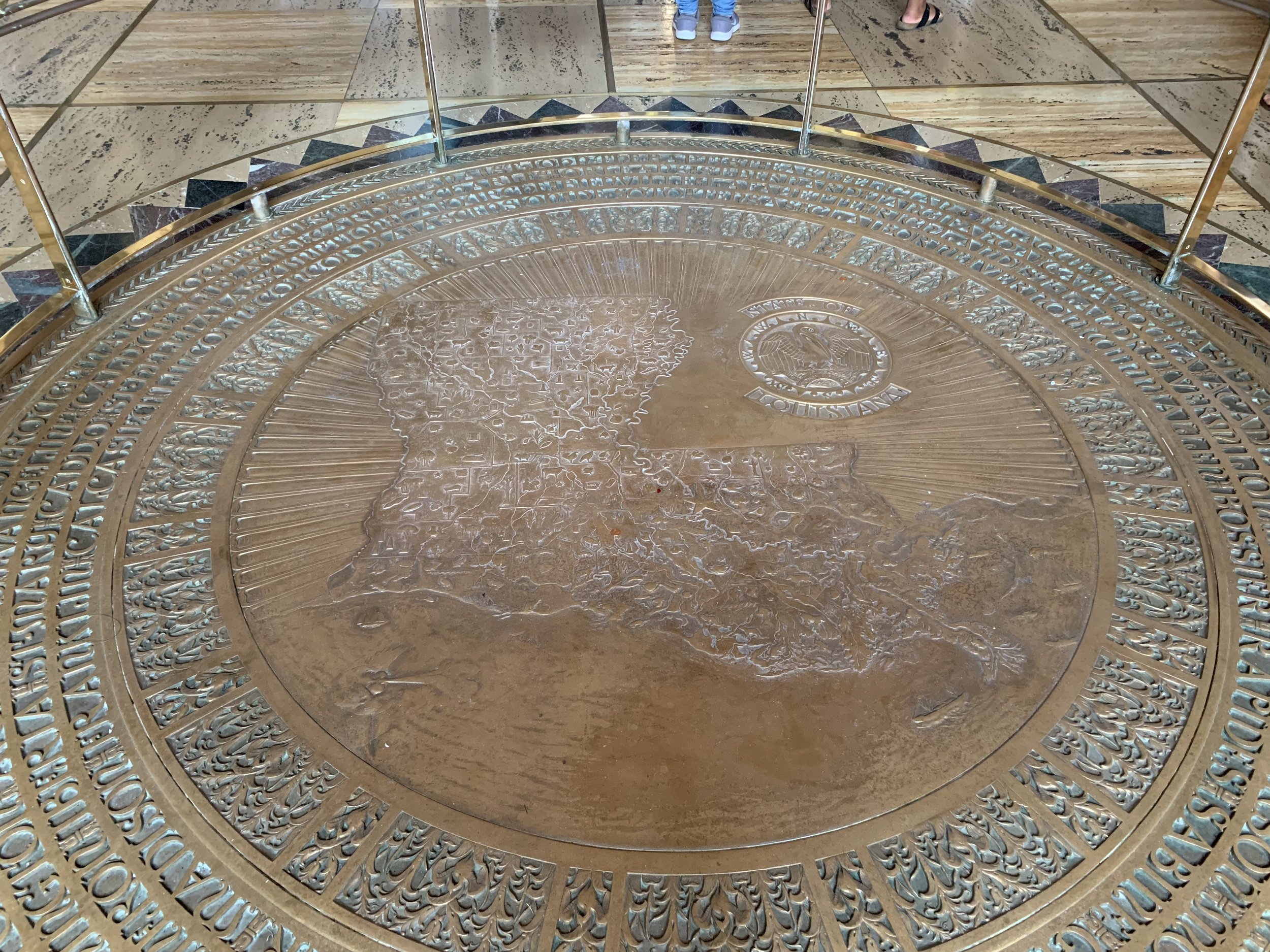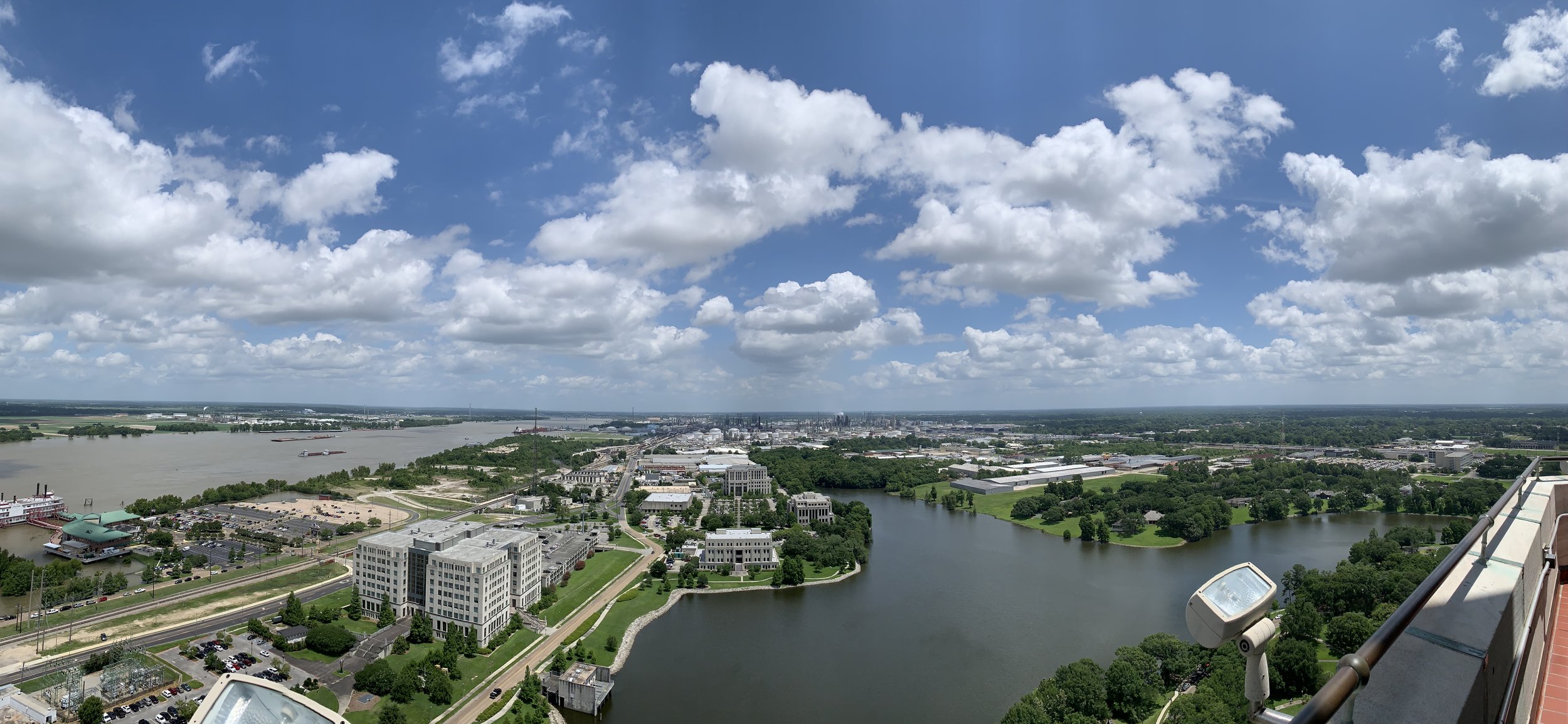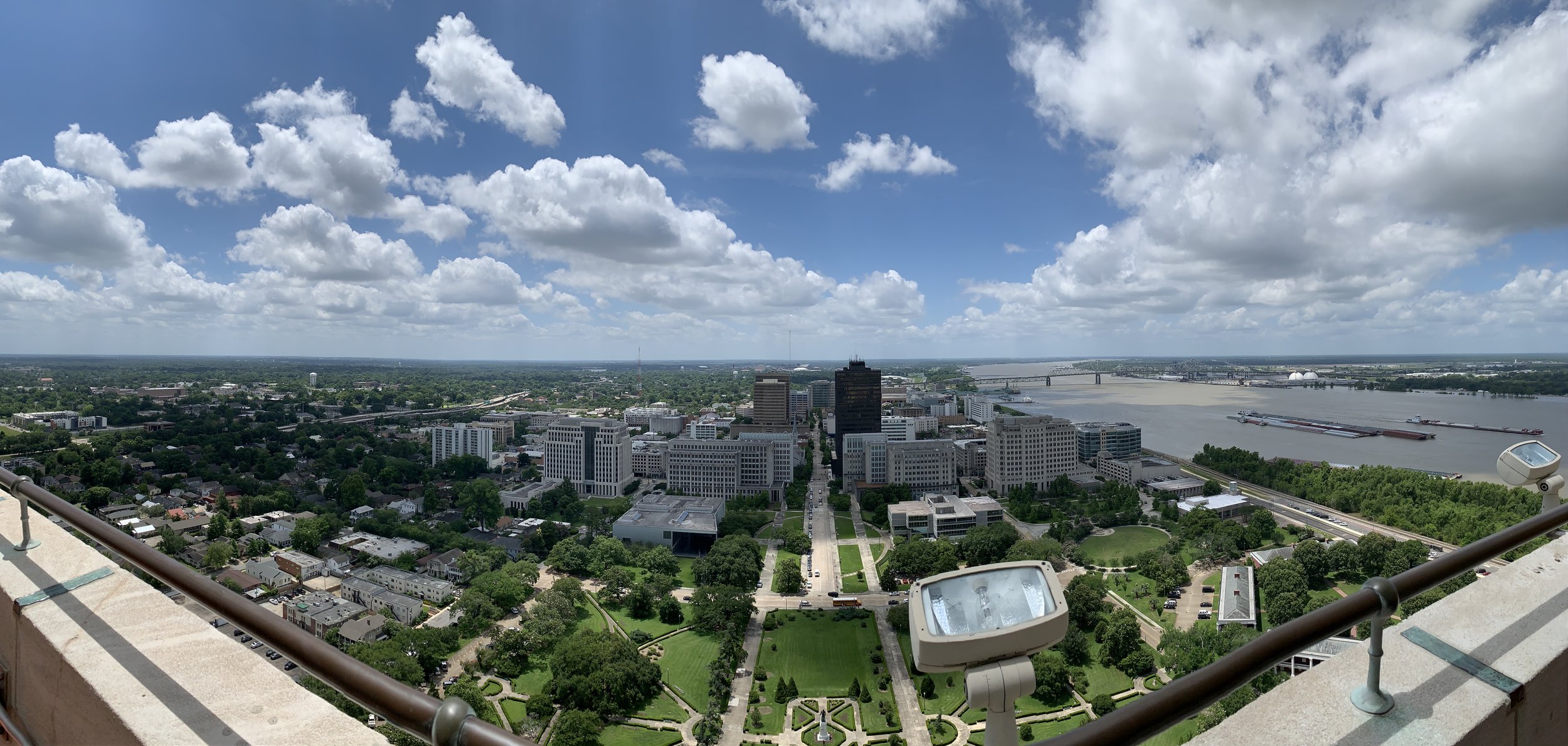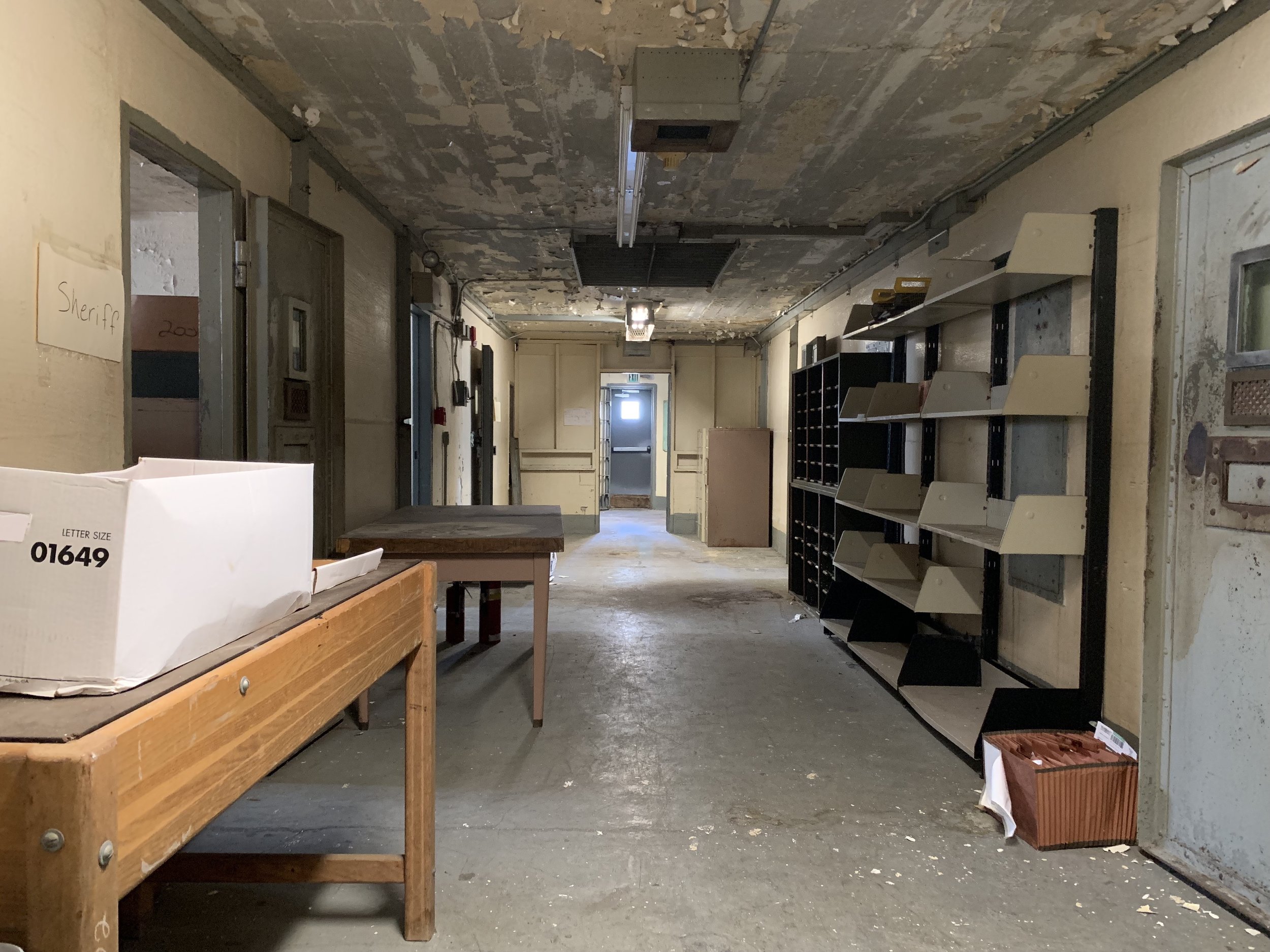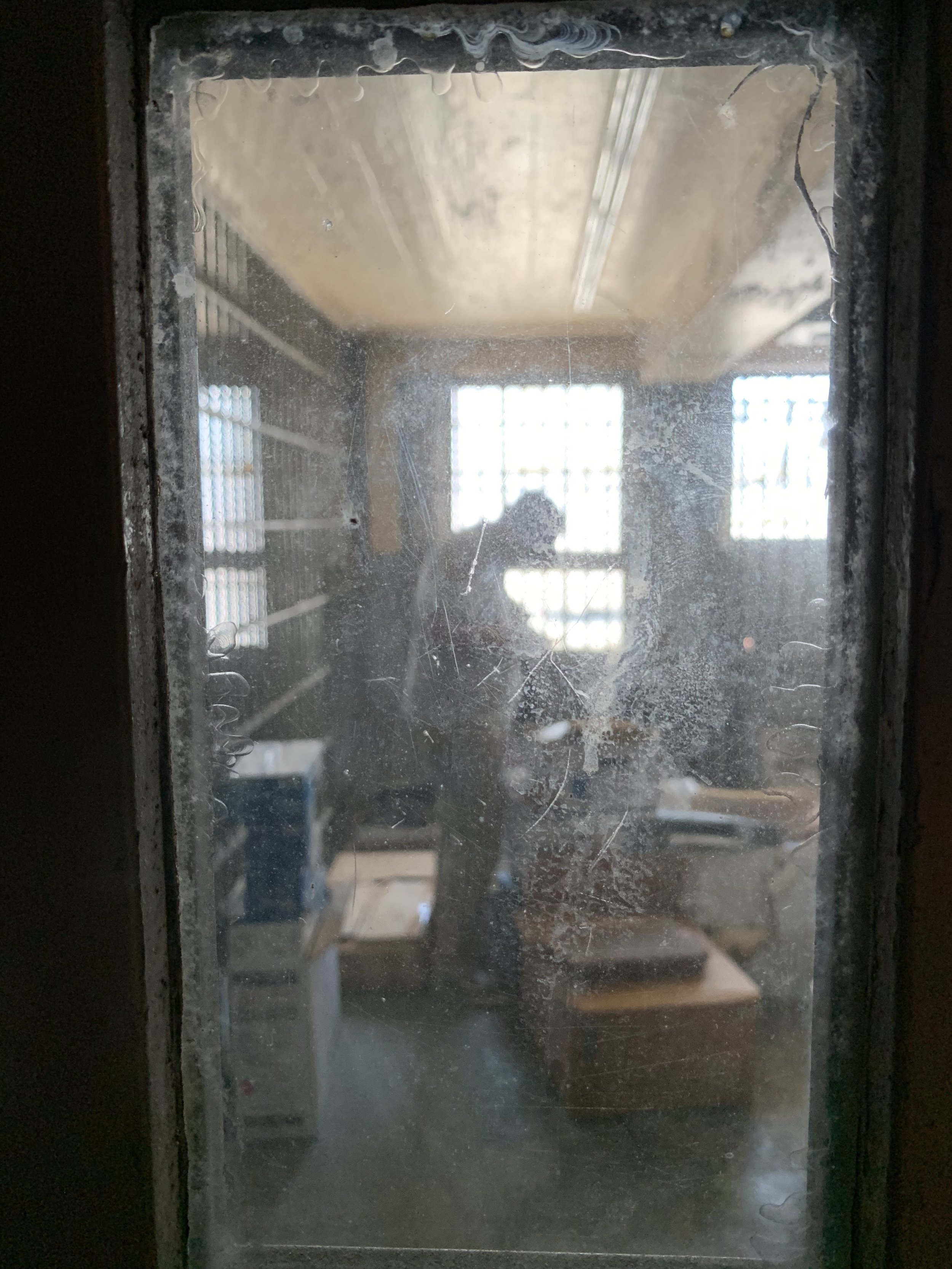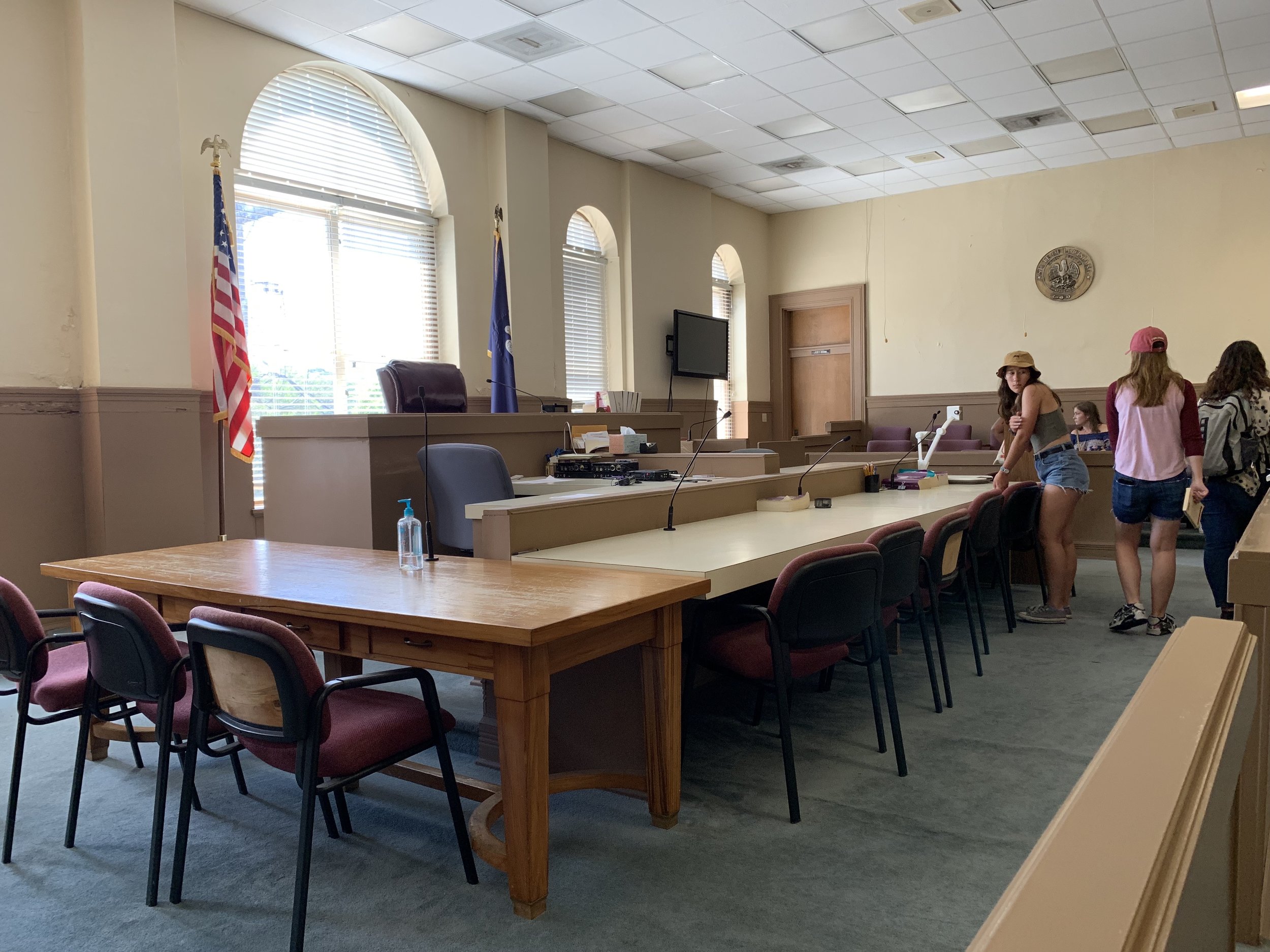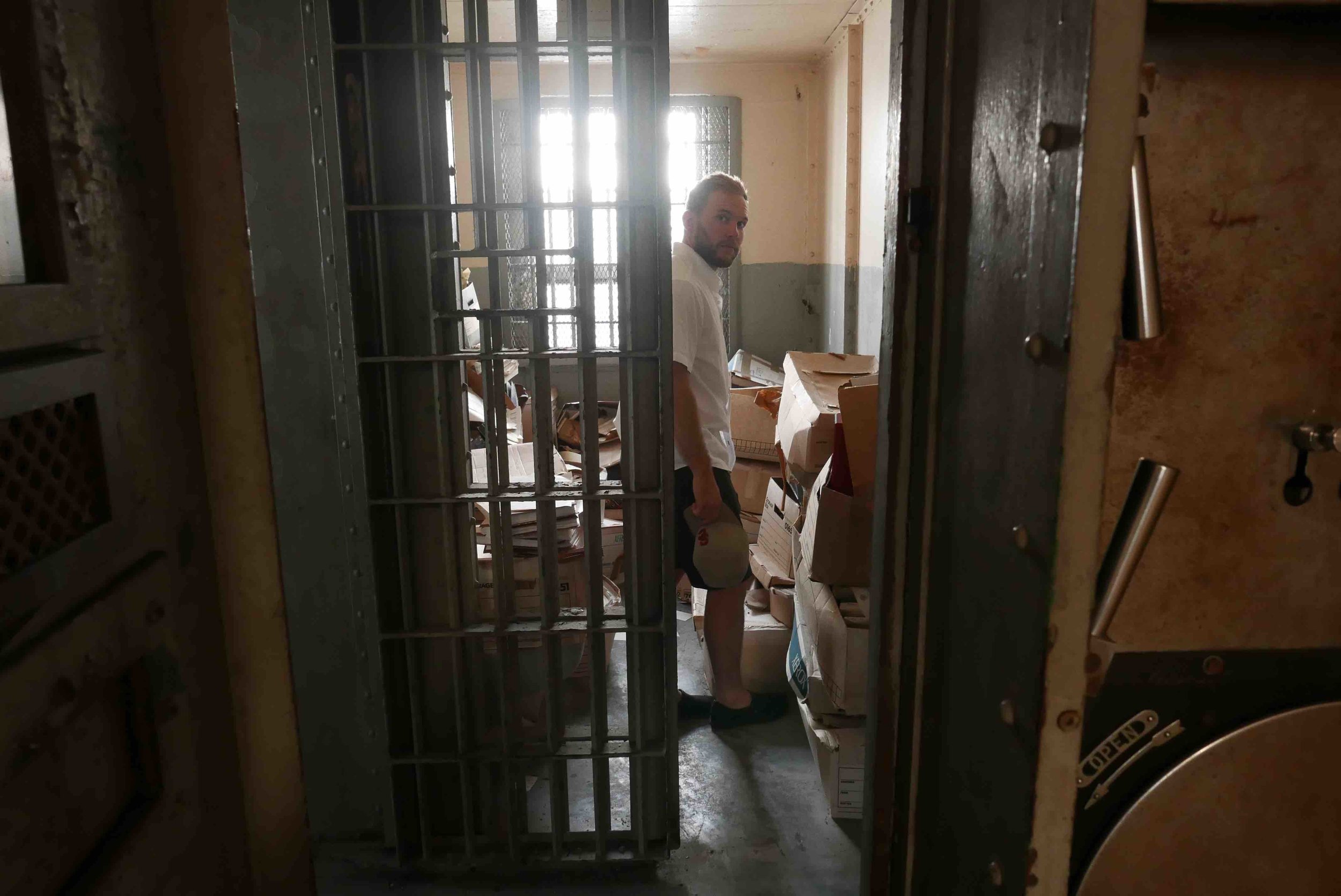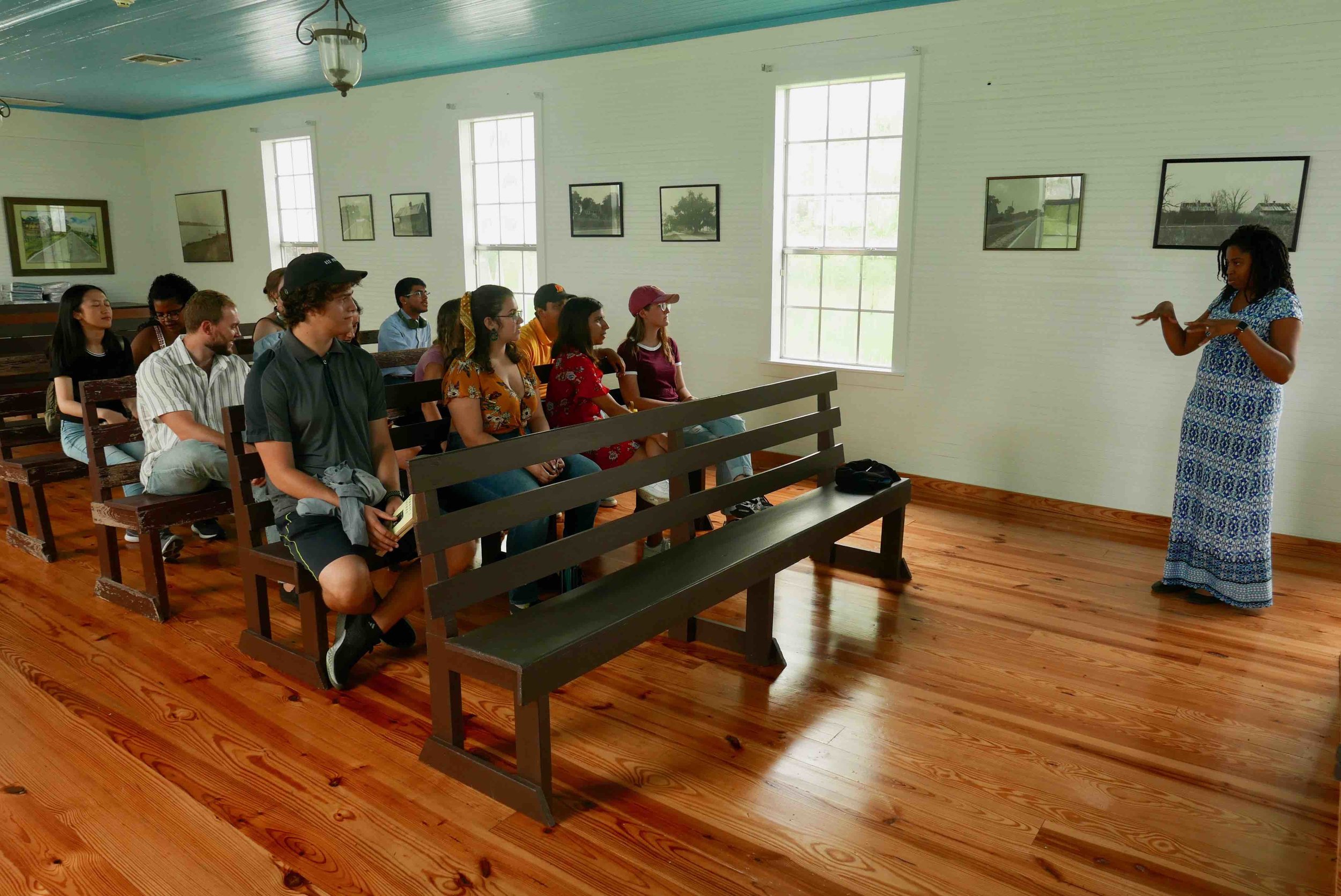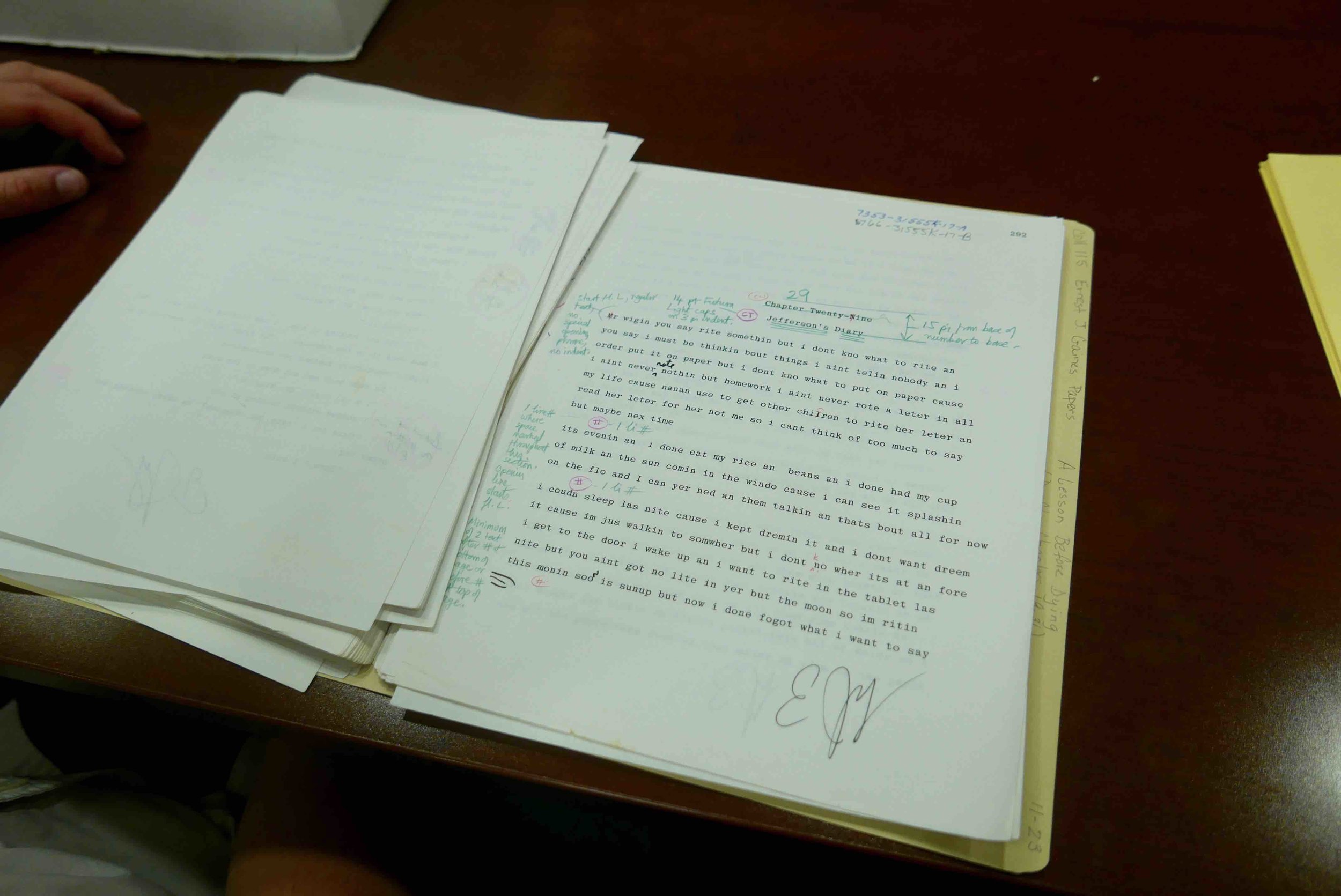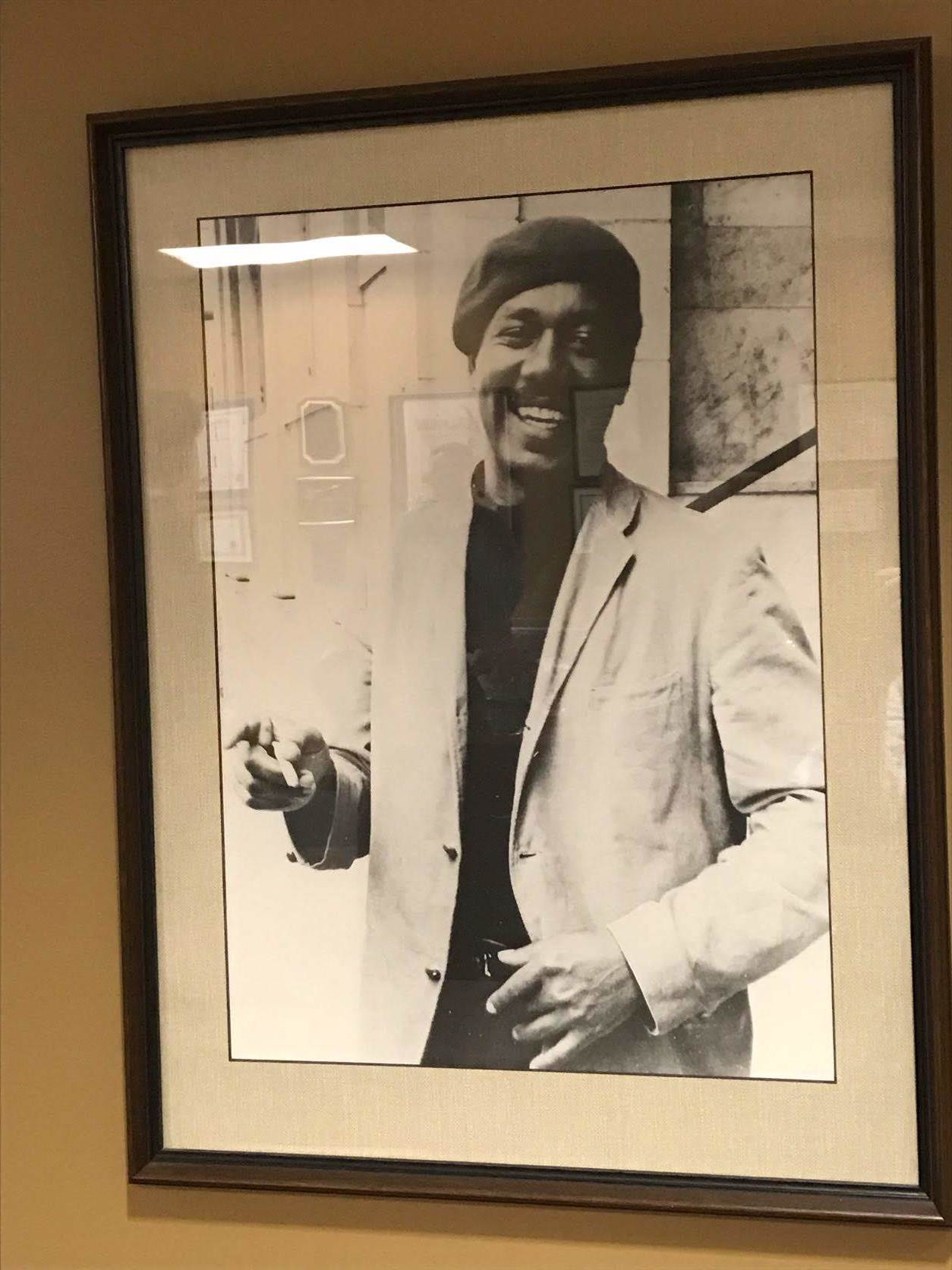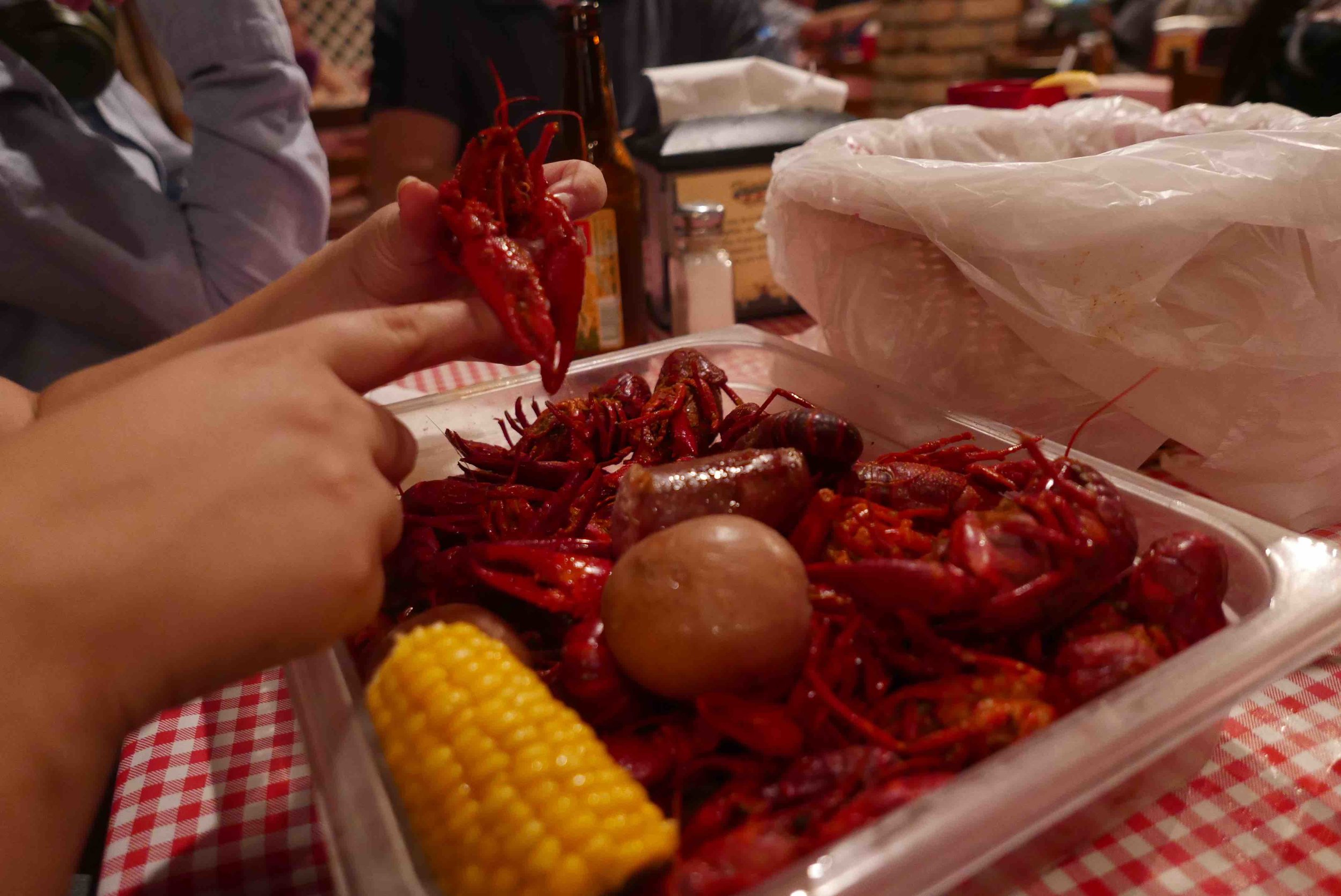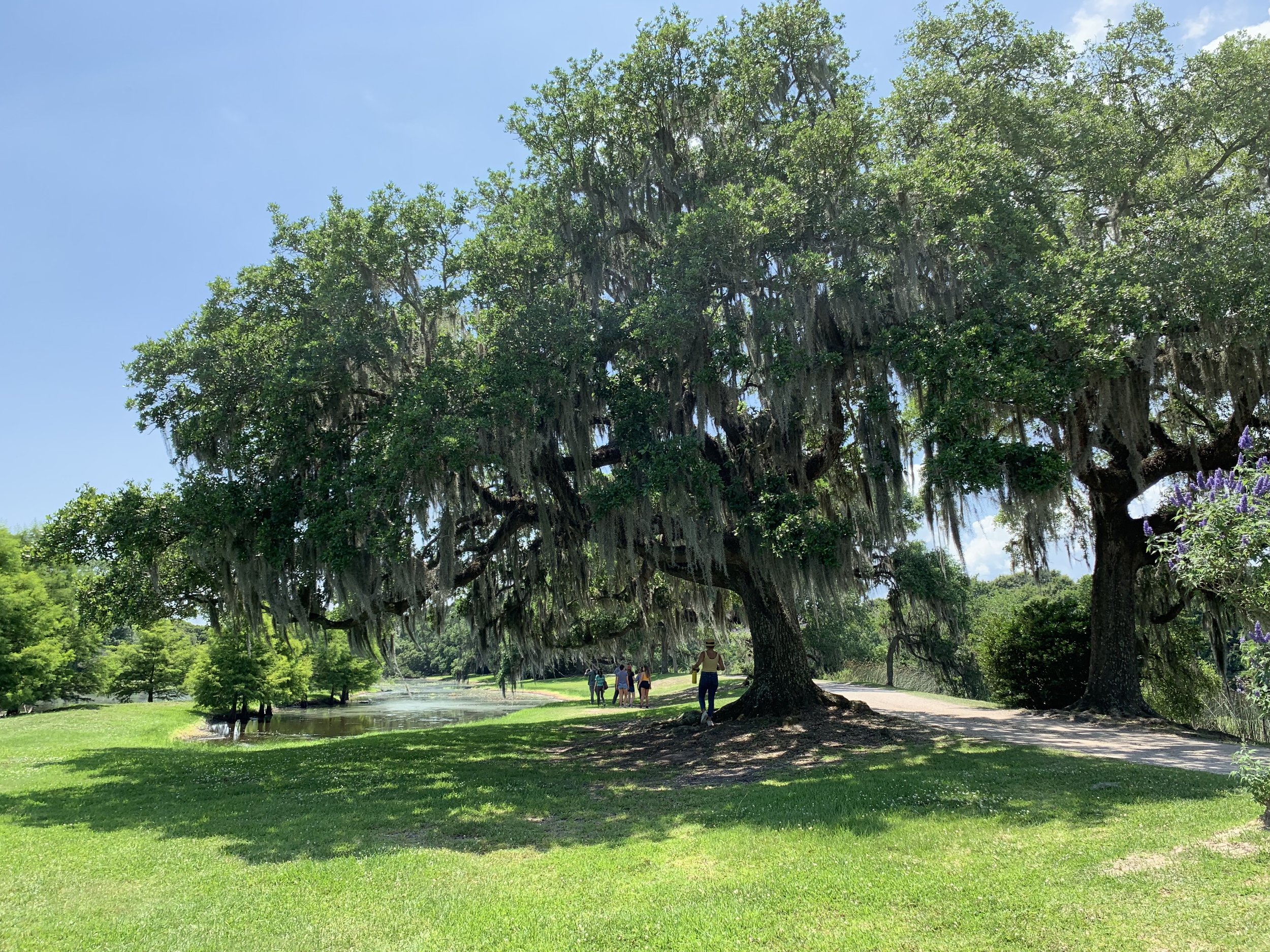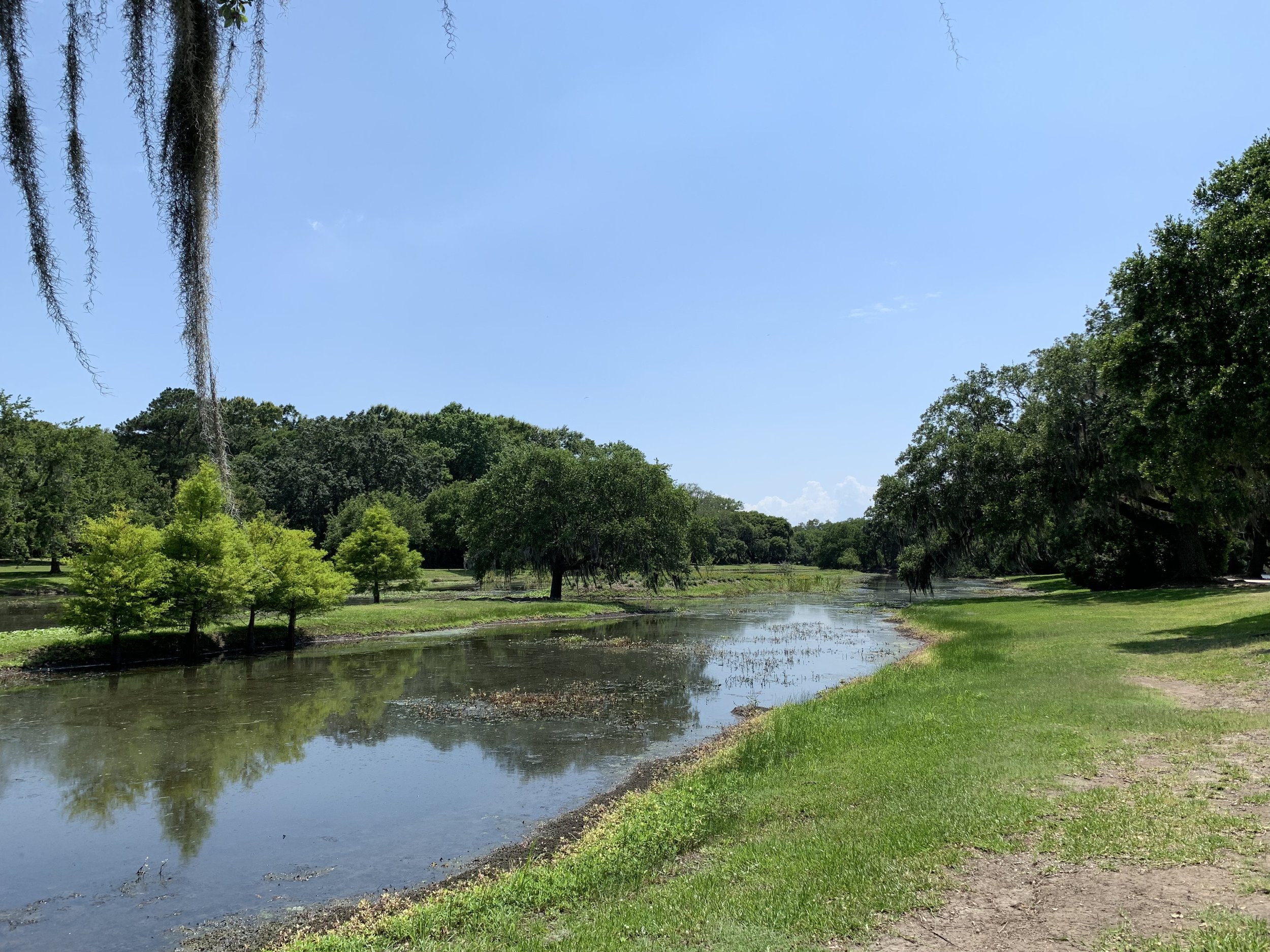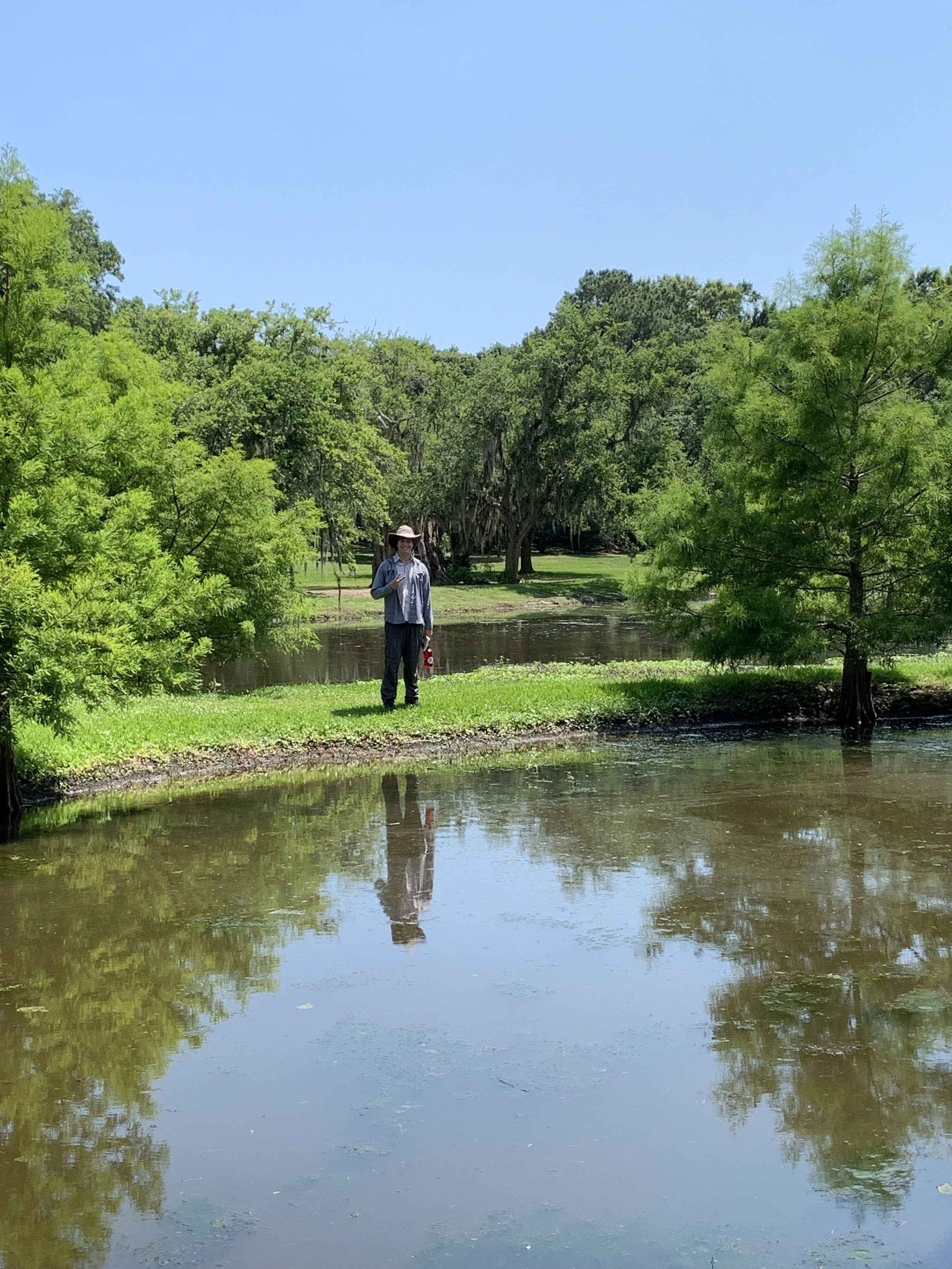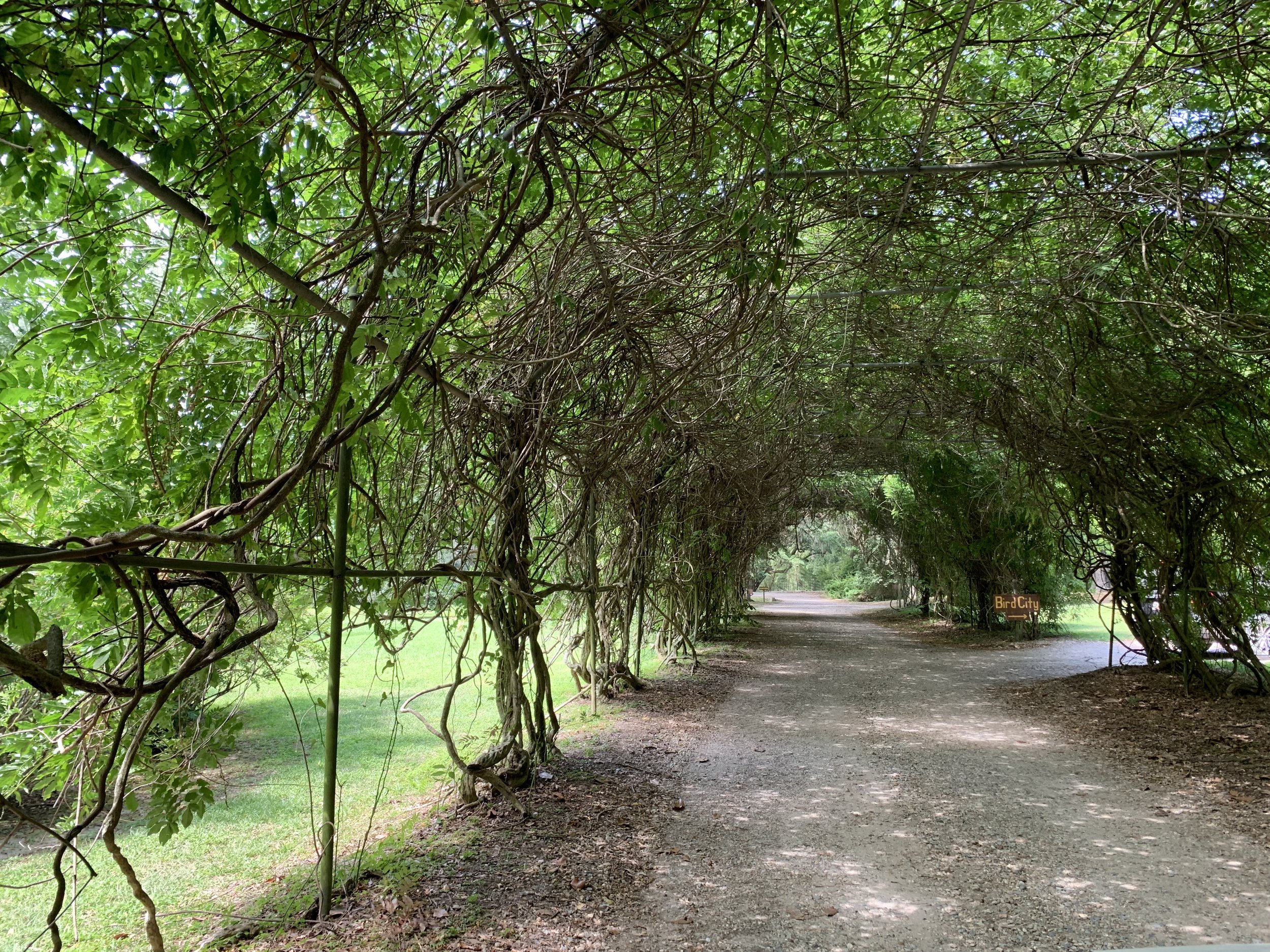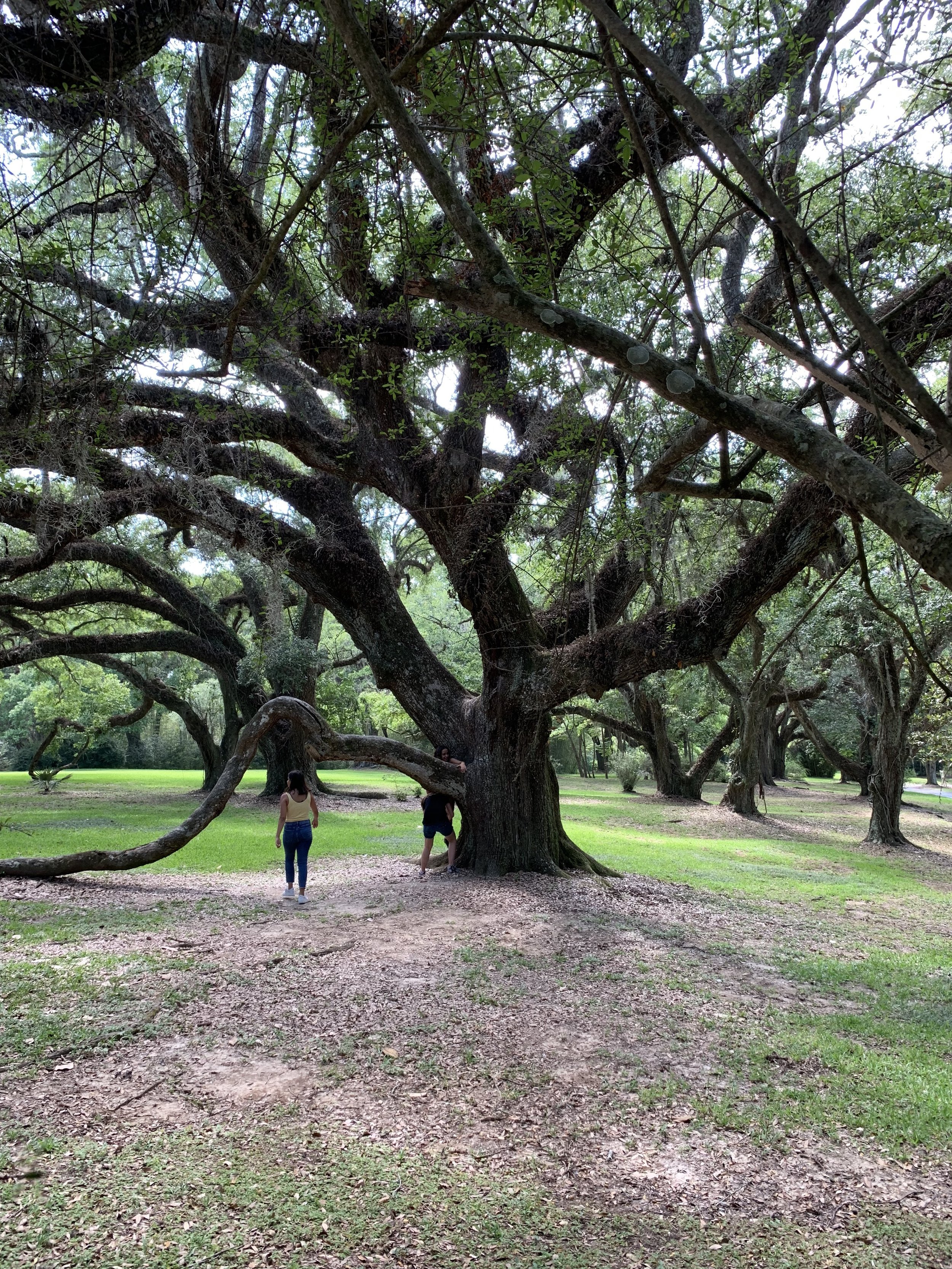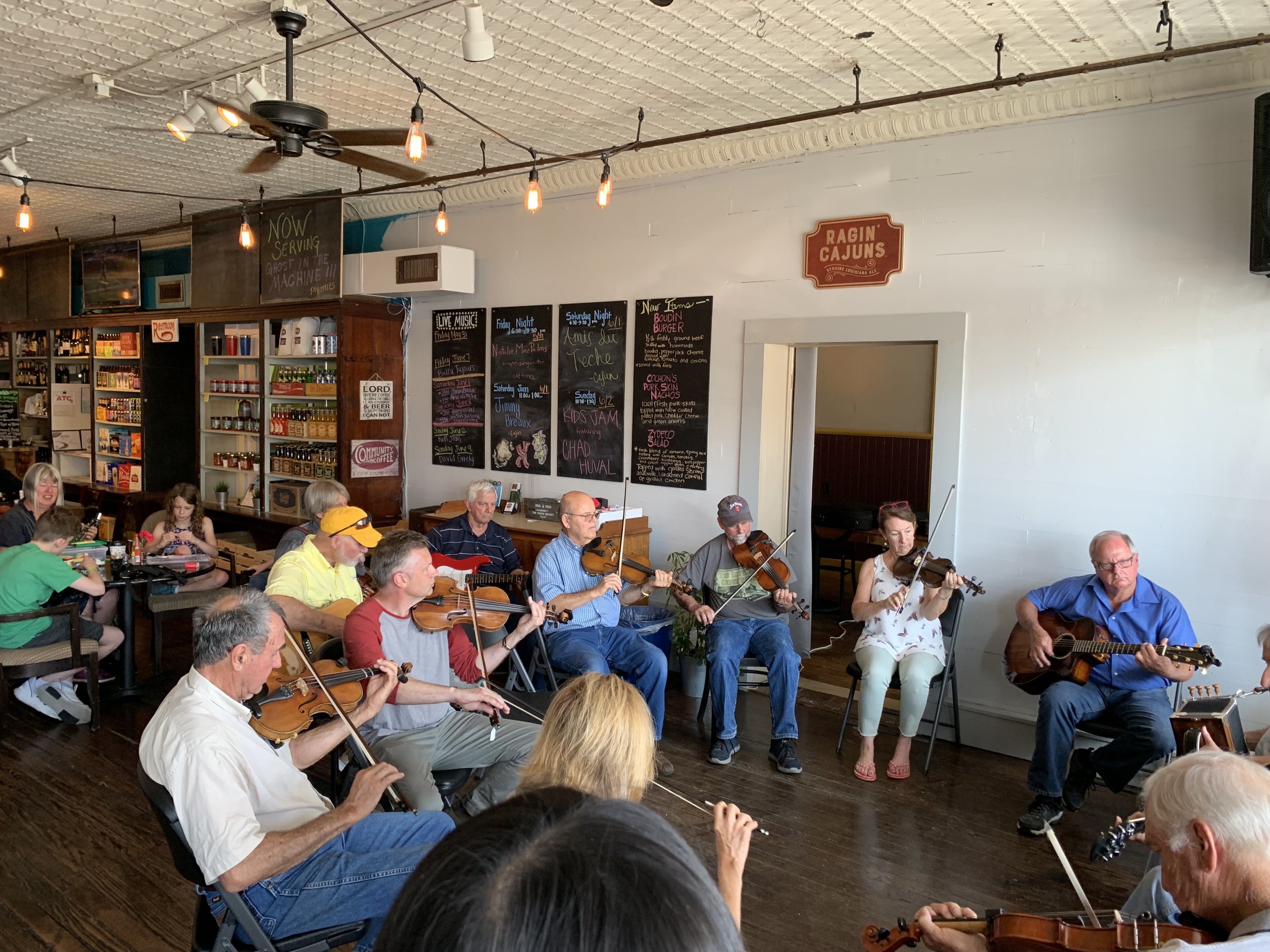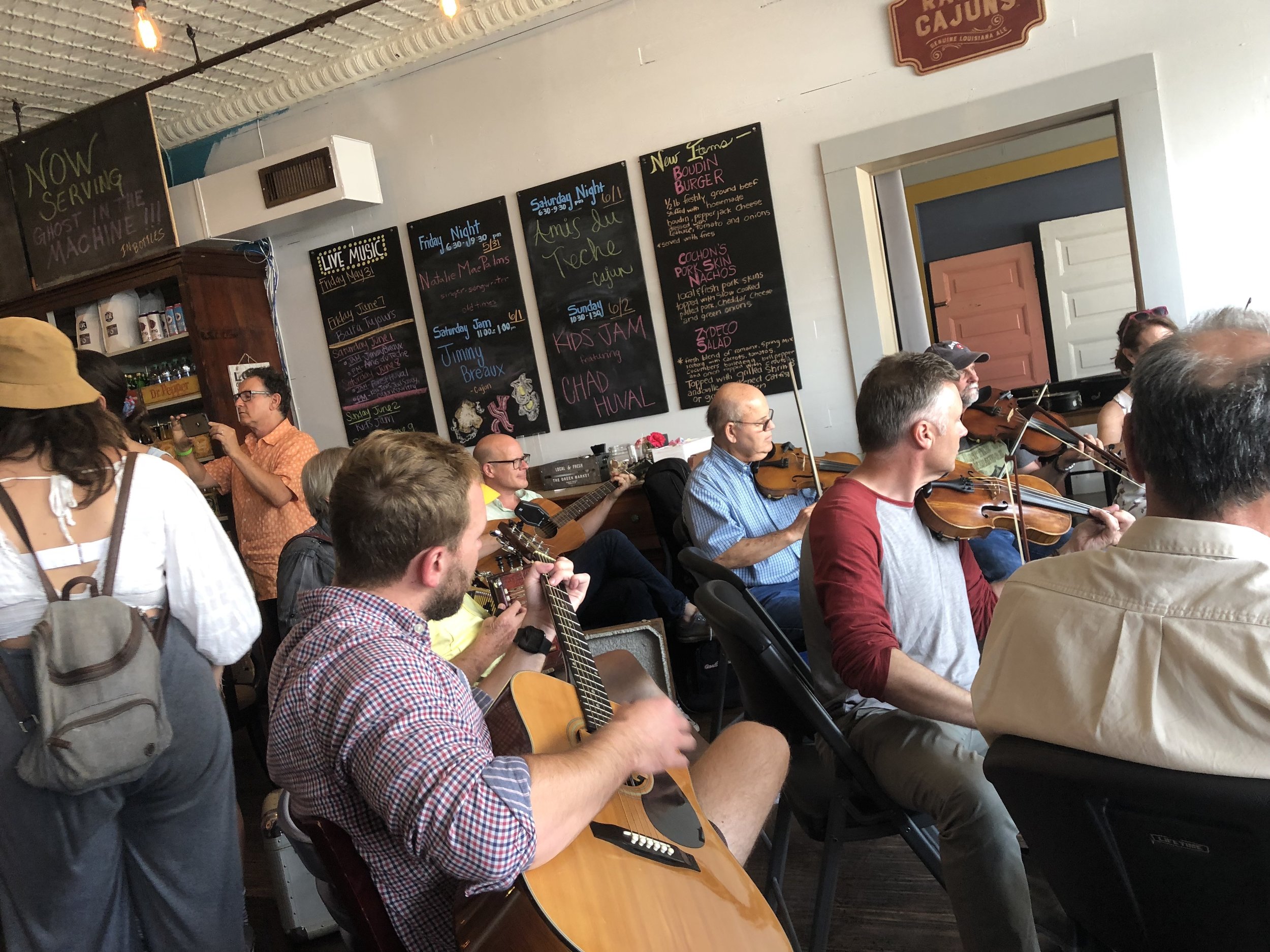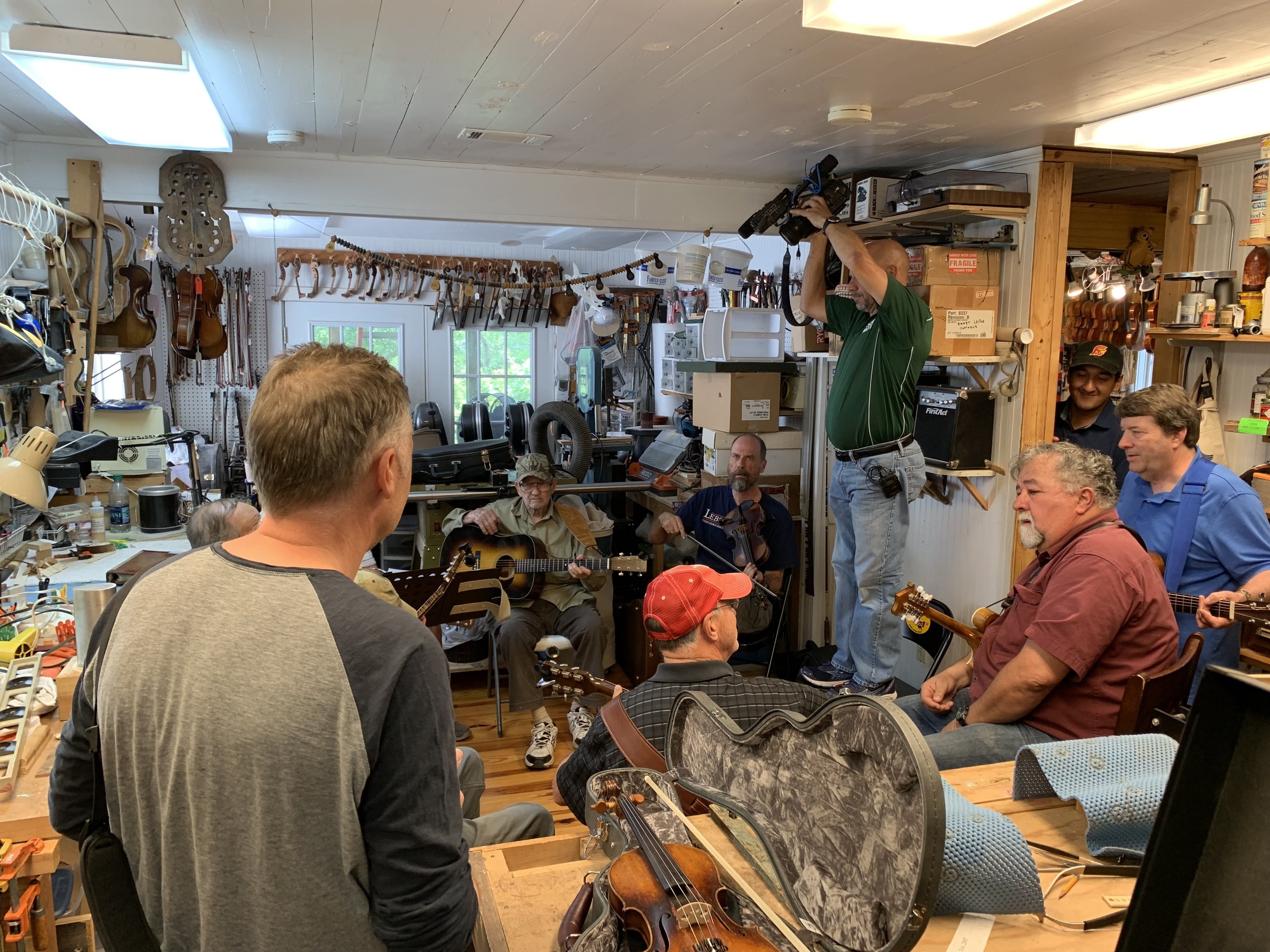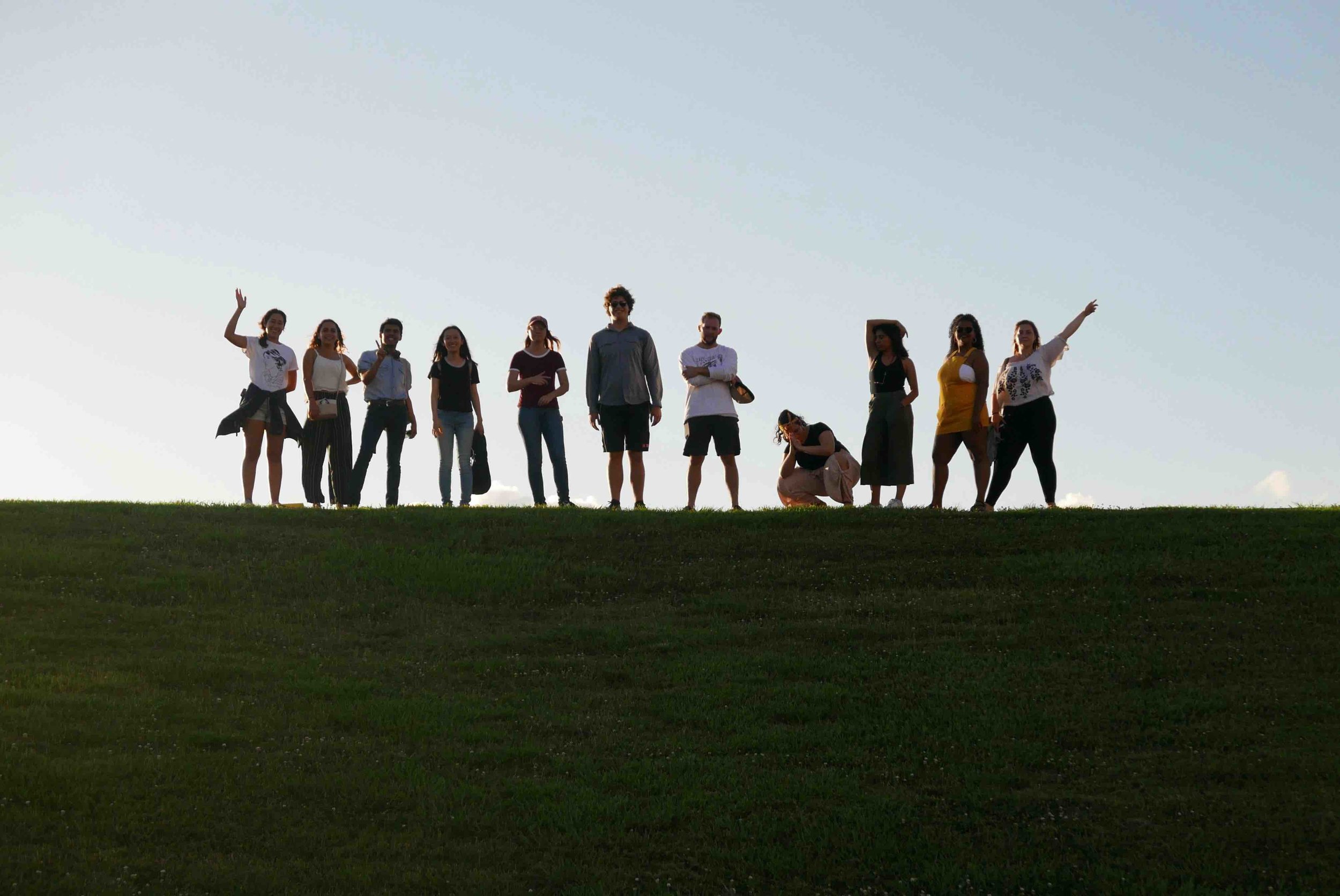Baton Rouge proved to be a sleepy reprieve from the bustle of New Orleans, despite being the state’s capital, a city that would have fit Binx’s nature quite perfectly and an appropriate location for the next leg of our journey. Our route took us across a twenty-two-mile bridge that dissected Lake Pontchartrain – a sprawling body of water that could easily be mistaken for the Gulf. The monotonous scenery provided an excellent opportunity to reflect on our New Orleans experience, to let my mind wander – because there really wasn’t any other option for twenty-two-miles.
Baton Rouge’s skyline is pierced by the massive capital building – the tallest capital building in the United States which was constructed by Huey Long, in the impressive span of only two years. Our novel for Baton Rouge was A Lesson Before Dying. The story takes place near the quiet town of New Roads, a short drive away from the city on the False River Lake. A Lesson Before Dying tells the tale of Jefferson, a semi-literate African American at the wrong place at the wrong time; he’s convicted of a murder he did not commit, and sentenced to death by an all-white jury. In the time leading up to his execution, Jefferson is visited by Grant Wiggins, an African American professor who begrudgingly agrees to teach Jefferson to walk to his death as a man, not as a hog as the rest of the world perceives him. It is a powerful tale of racism and the perseverance of the African Americans trying to live in a world that didn’t want them at the time. It’s a sharp contrast to Baton Rouge (and New Orleans) today, as our group was welcomed and greeted with smiles and friendly faces by everybody, and it is a wonderful show of progress and happiness in the world.
To further drive home the full effect of the novel’s message we visited the author of A Lesson Before Dying, Dr. Ernest J. Gaines, at his home for an interview. Dr. Gaines lives on a beautiful expanse of land with large green lands, a beautifully kept plantation-style house with a one-room church in the backyard, and endless farmland sprawling as far as the eye can see. His house appears a beautiful piece of property, but dig deeper, and you’ll find it was a working plantation that Gaines grew up on, impoverished, with 12 siblings and a crippled aunt-caretaker, where the church in his backyard was the only schooling he received, and the gorgeous fields of crops were the place of his work as a child. Dr. Gaines’ decision to purchase and live in this house that provided a nightmare of a childhood is the ultimate act of owning your past and future, a deep parallel in A Lesson Before Dying.
Speaking with Dr. Gaines provided an incredibly profound insight into his characters and their lives and further examined the horrors they went through from the viewpoint of someone who experienced those situations, those prejudices. It’s a sobering – reading about these horrors from a book in the safety of a hotel room, or a sidewalk patio, or a cozy café is one thing, but to hear about them from the author himself is on an entirely different level. To hear what Gaines has been through put a new perspective on the novel, adding a more intimate layer that would never been achieved if we never met. Gaines was outspoken, humorous, and passionate about talking to us and answering questions.
To add to the weight of the story and fully understand the horrors Jefferson went through, we visited the jail cell that provided the inspiration for the novel’s jail. Situated above a courthouse, we took a tour of the tiny jail that up until 1989 was in use for prisoners; it has since been converted to storage, filled with crumbling stacks of files, financial records, and case-photos (we should not have explored that far). There are no words to describe the abominable conditions or the brutal heat the prisoners endured; there is nothing to say in regards to the overhead pipes and break-away floor they used to hang prisoners; there are no words better to use than the graffiti left behind: ‘We Are Equal’.
My reading environment in Baton Rouge was rather limited after the infinite options in New Orleans, and I often found myself sitting outside of the hotel on the sidewalk but that proved to be interesting in its own right. On our last night I sat there around midnight with fifty pages to go. As I entered the last ten, after a particularly emotional chapter written from Jefferson’s perspective, a man approached me and asked me if I was part of the group that was reading ‘that lesson book’ (he had seen other students reading it earlier in the week). Thomas (that was his name) proceeded to tell me his own lessons before dying: love yourself, love your neighbor, be kind to one another. I agreed with him completely, and the words ‘We Are Equal’ rang truer in my head. Here were two people that had just met that agreed upon the most basic principles of life. He never asked for money, only to talk. Before he left I felt that it was only fair that I give him a different lesson before dying and handed over my book, hoping he could find solace in the words of Dr. Gaines.
“How do people come up with a date and time to take life from another man? Who made them God?”


